The Devil you Say!
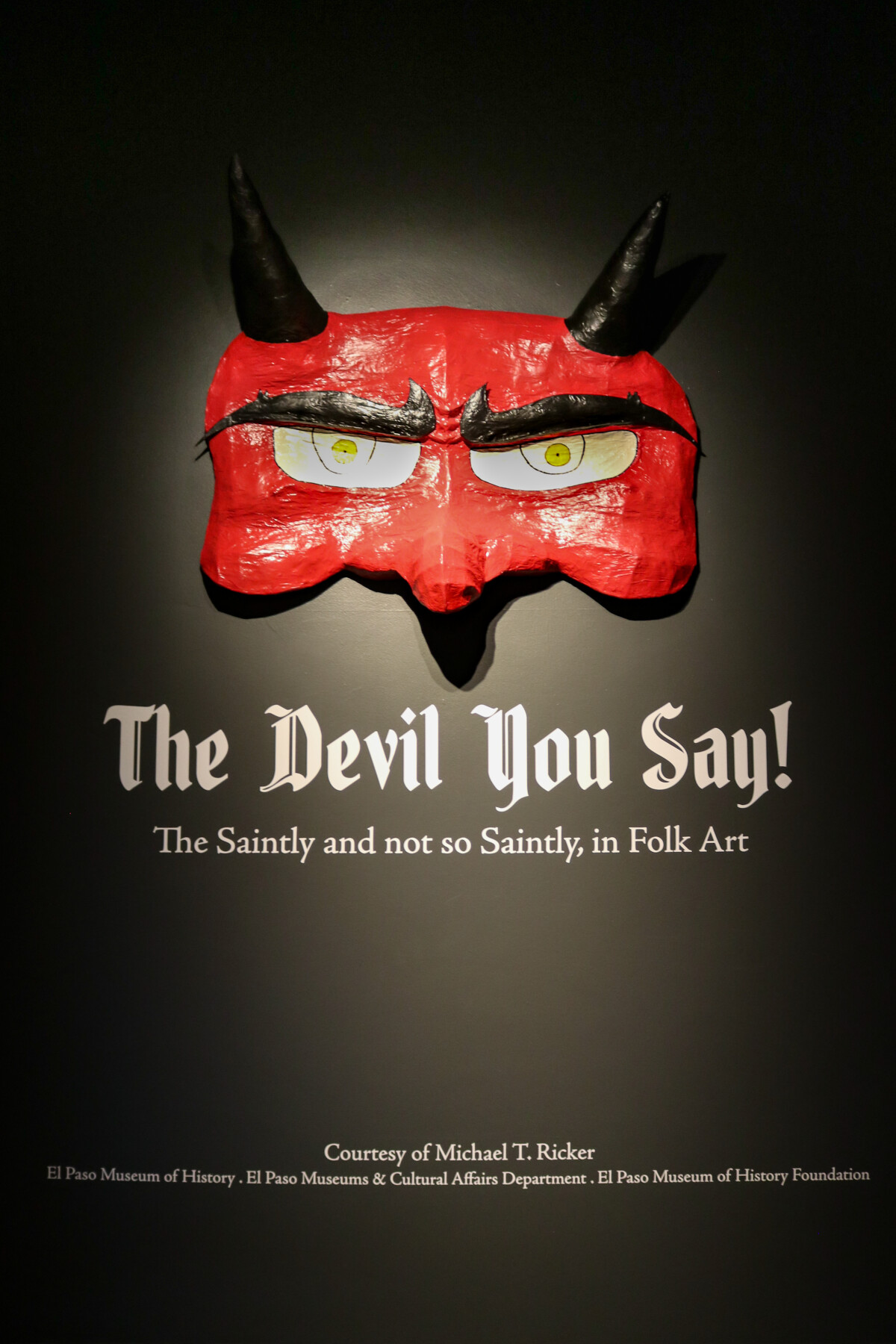
The Devil you Say!
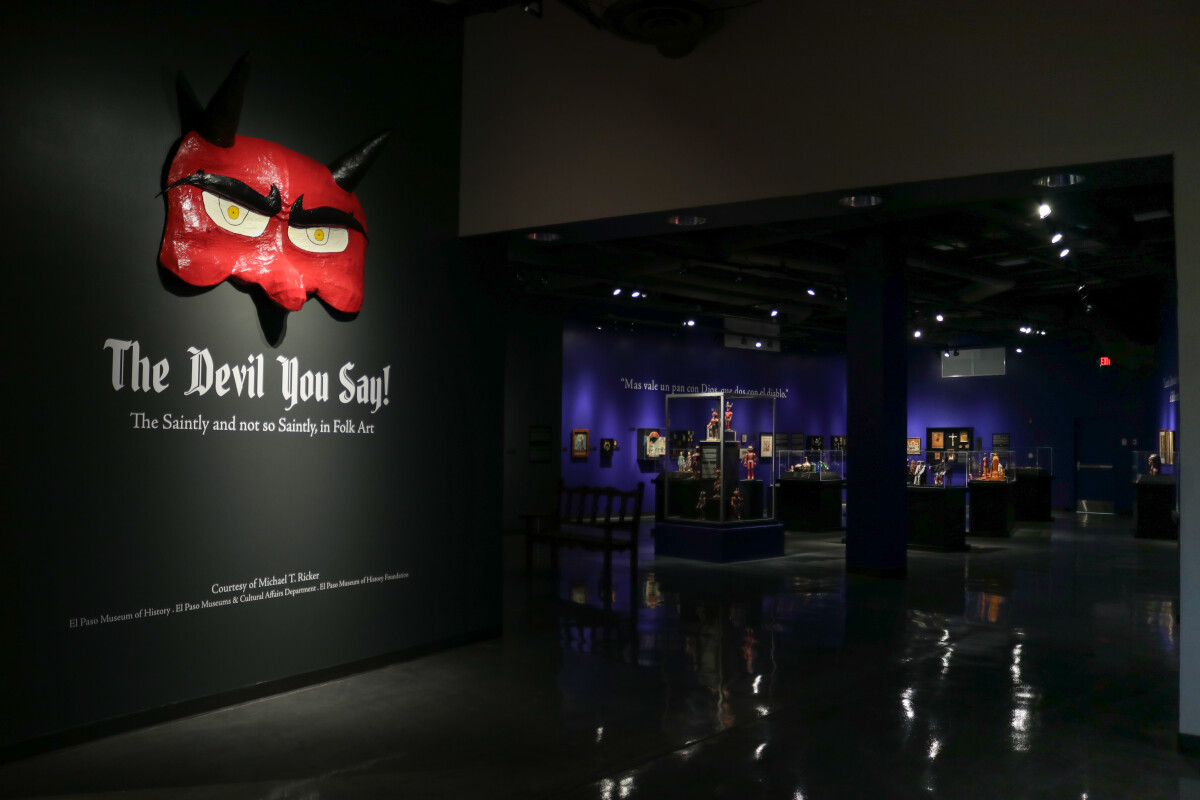
The Devil you Say!
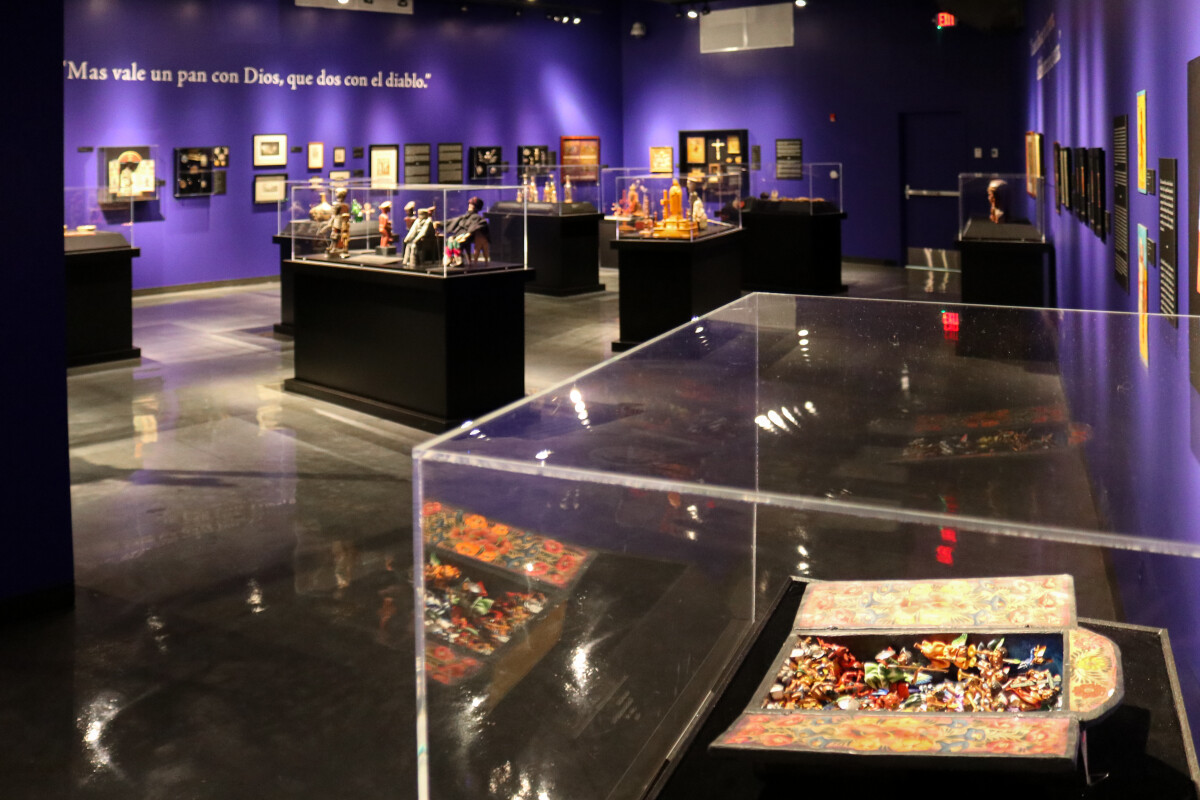
The Devil you Say!
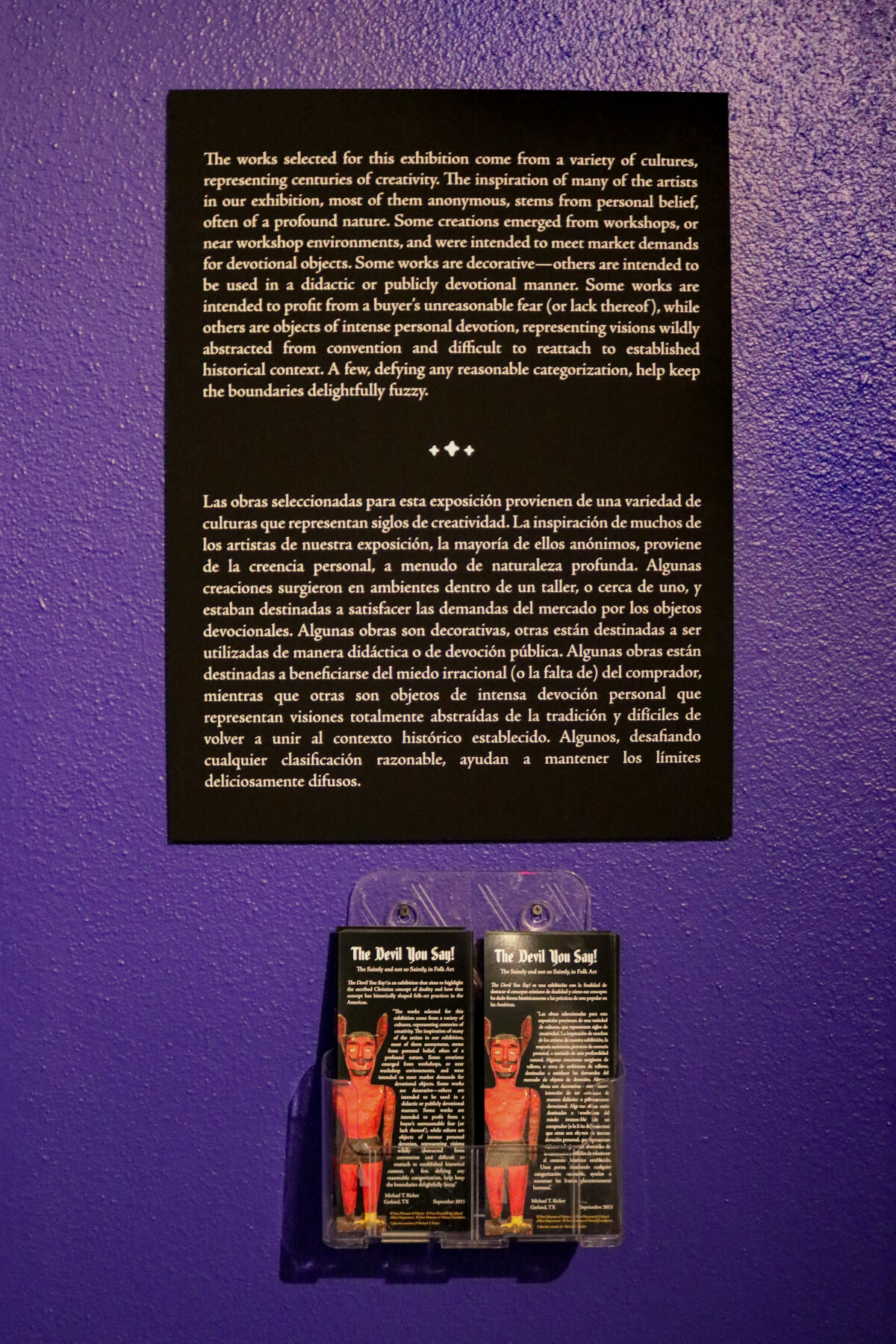
The Devil you Say!
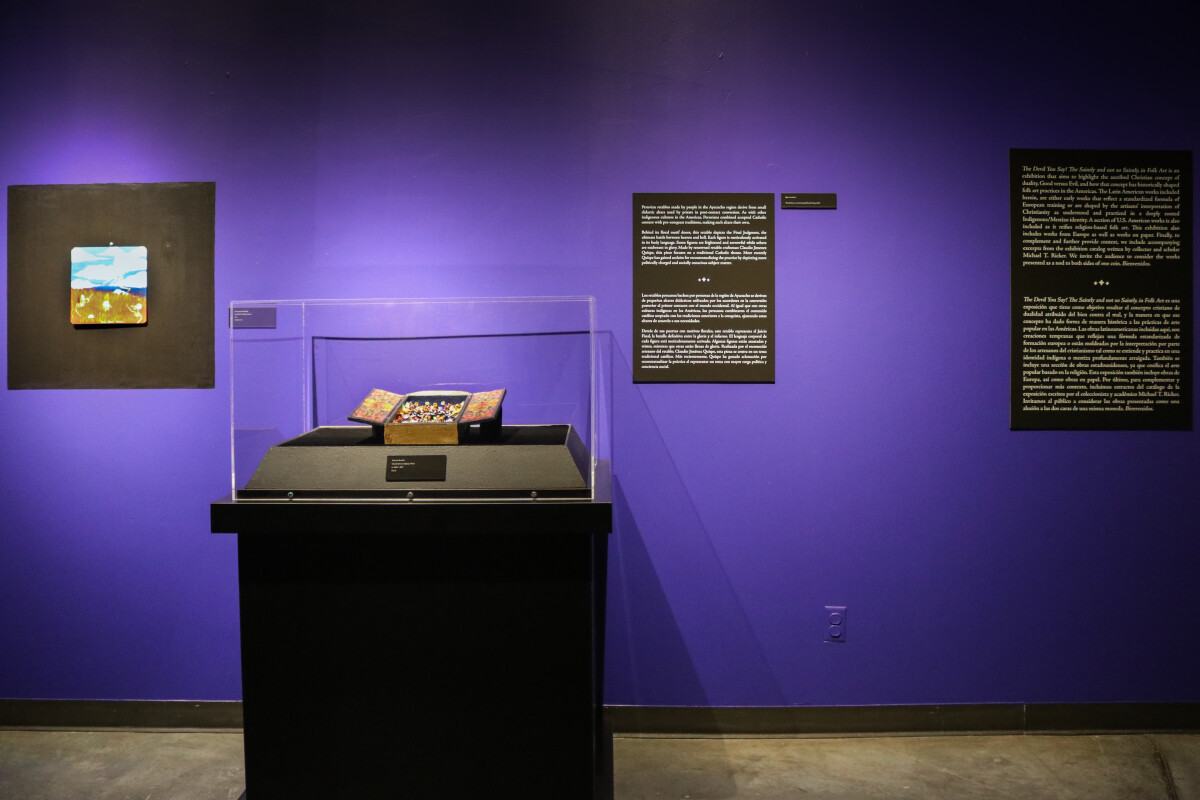
The Devil you Say!
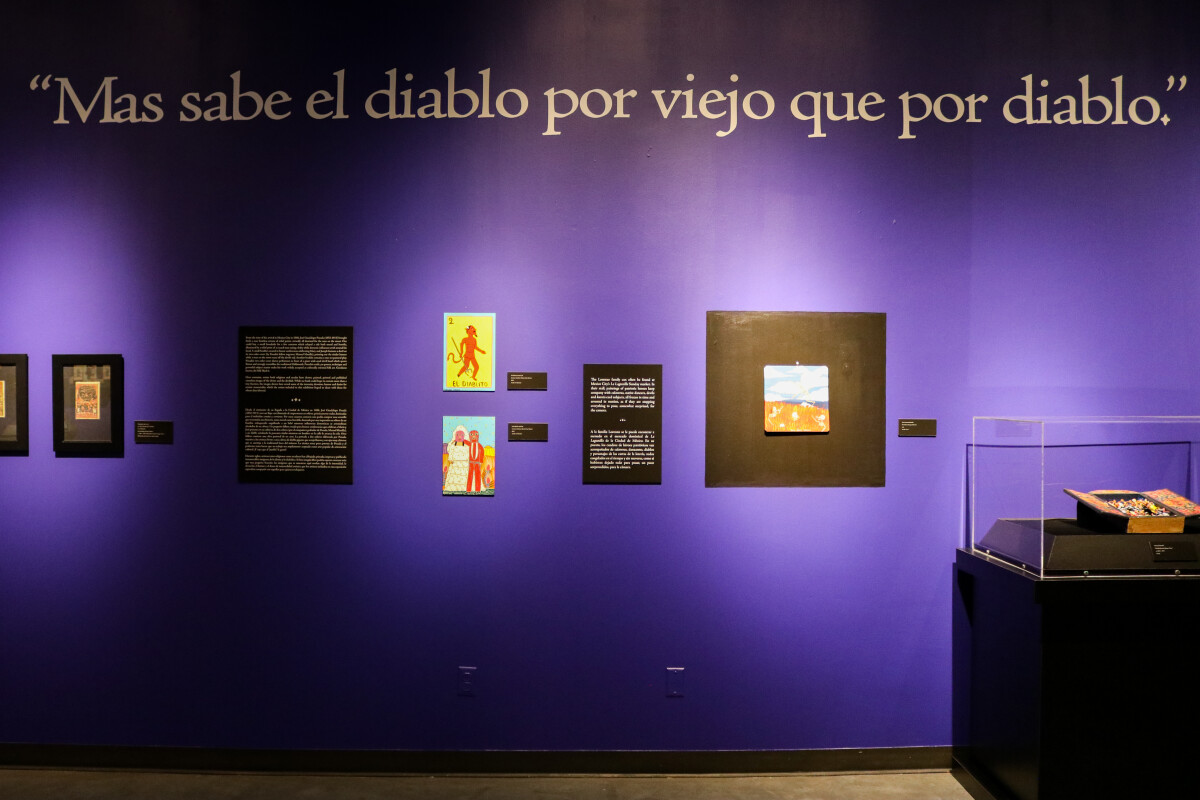
The Devil you Say!
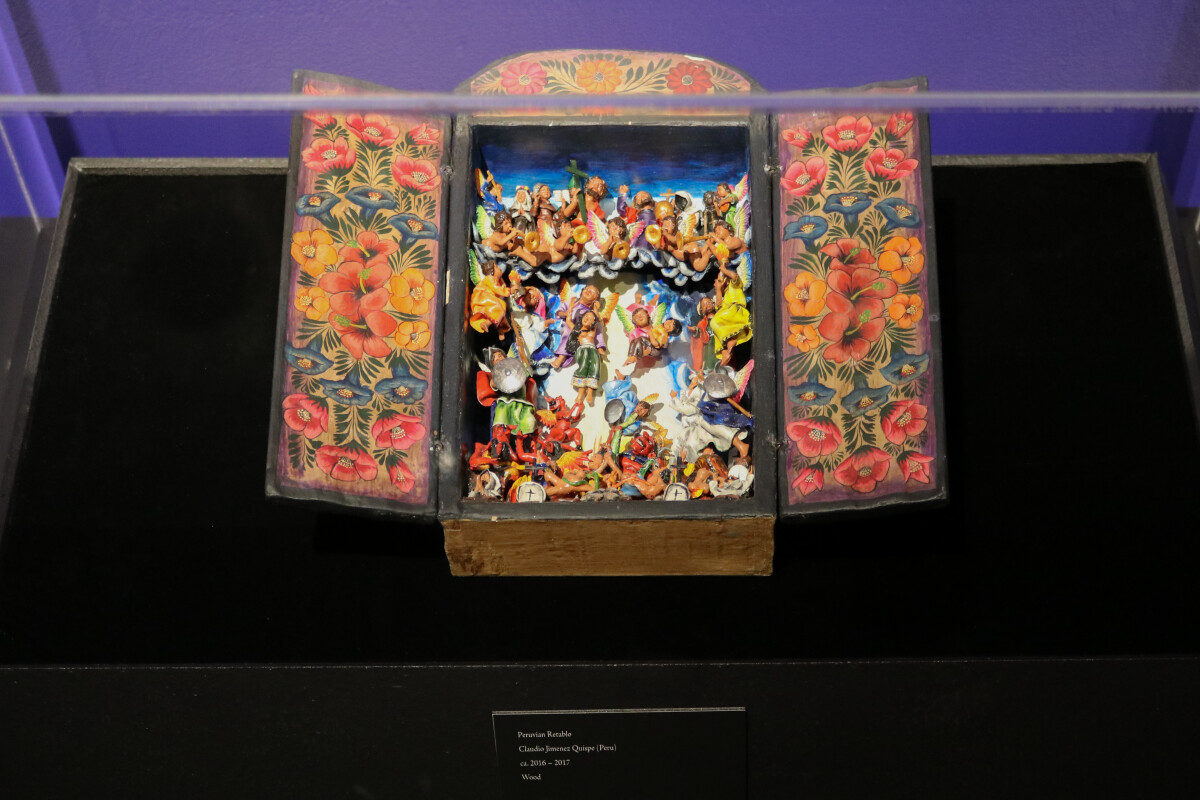
The Devil you Say!
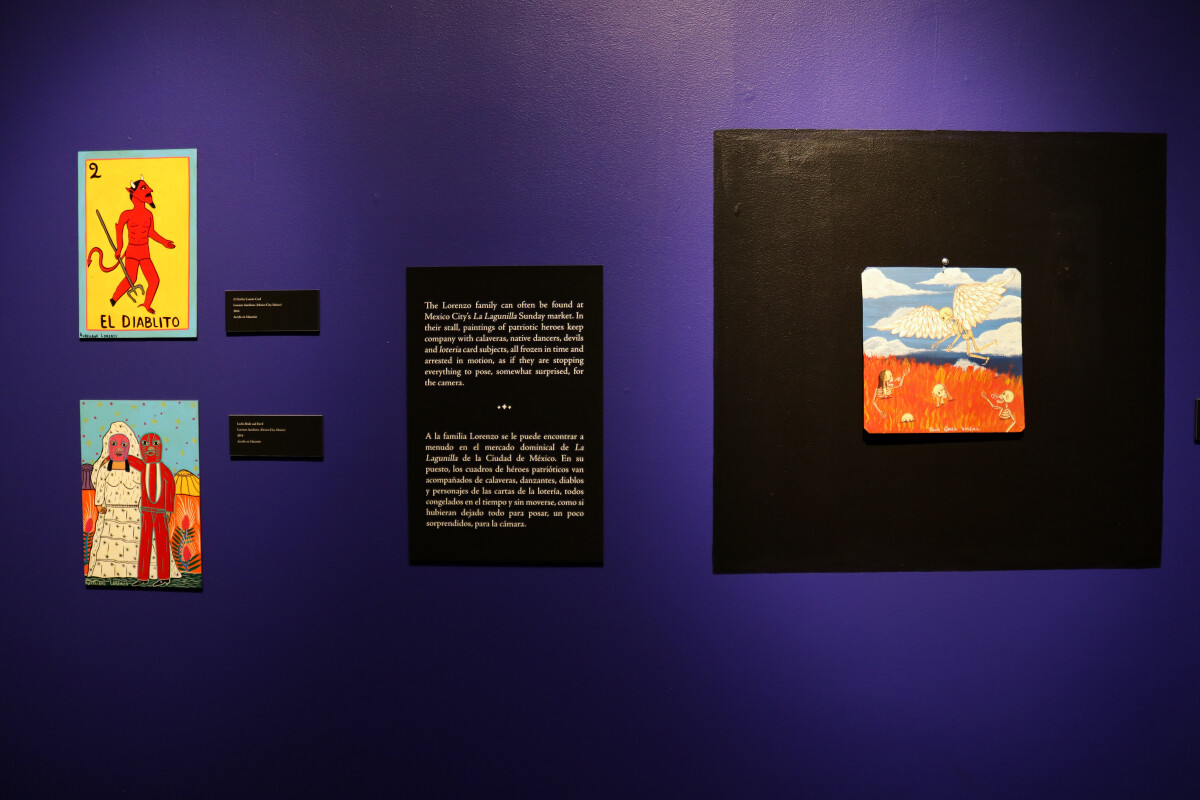
The Devil you Say!
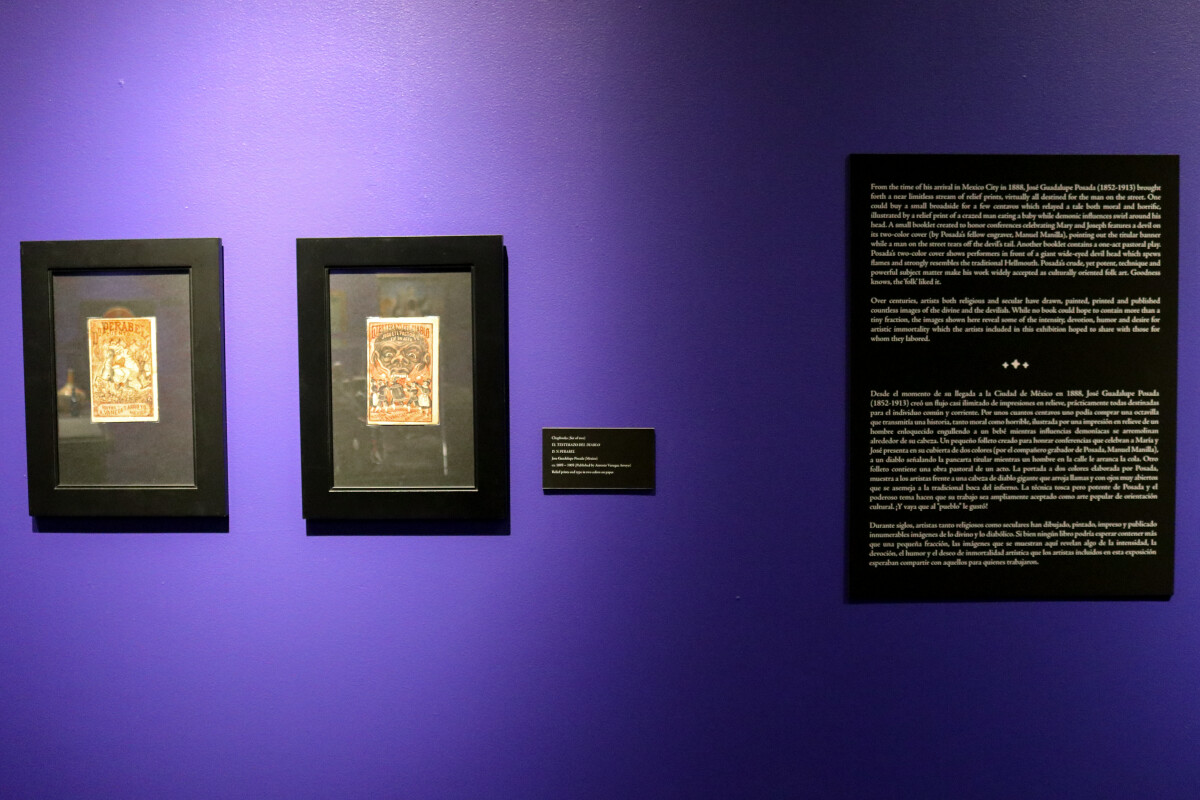
The Devil you Say!
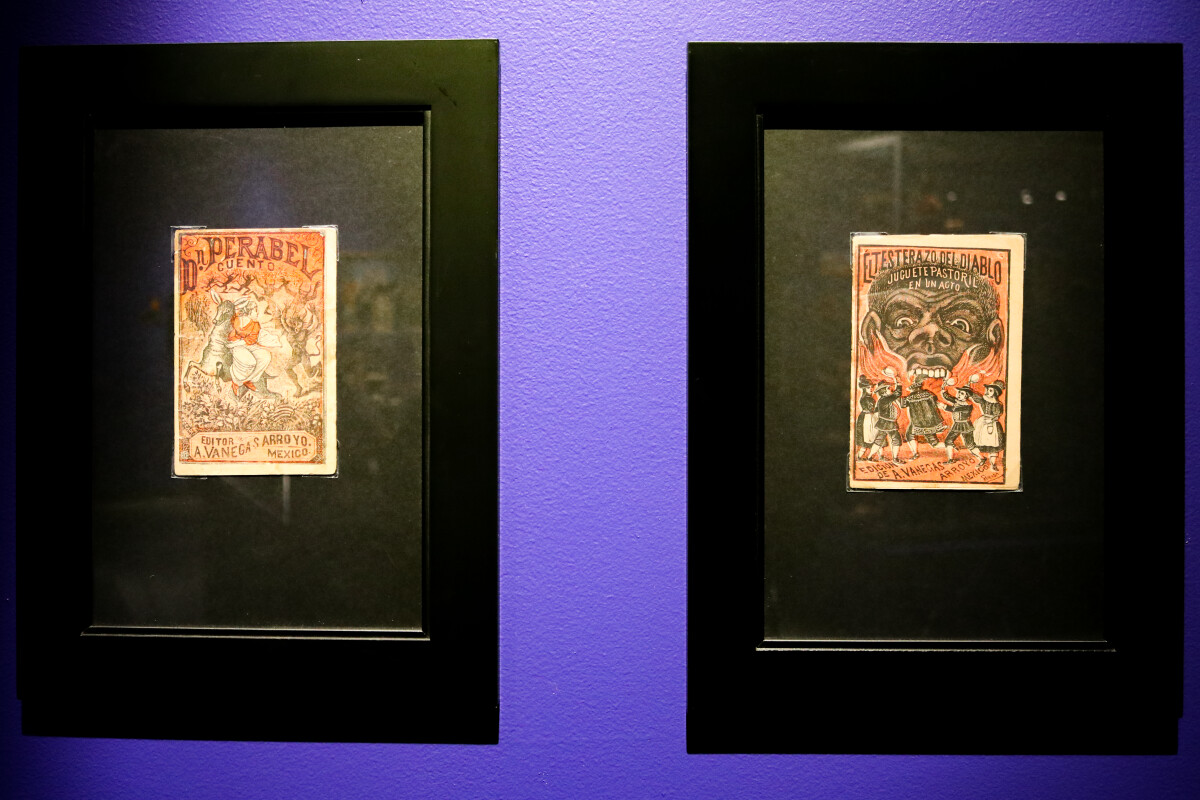
The Devil you Say!
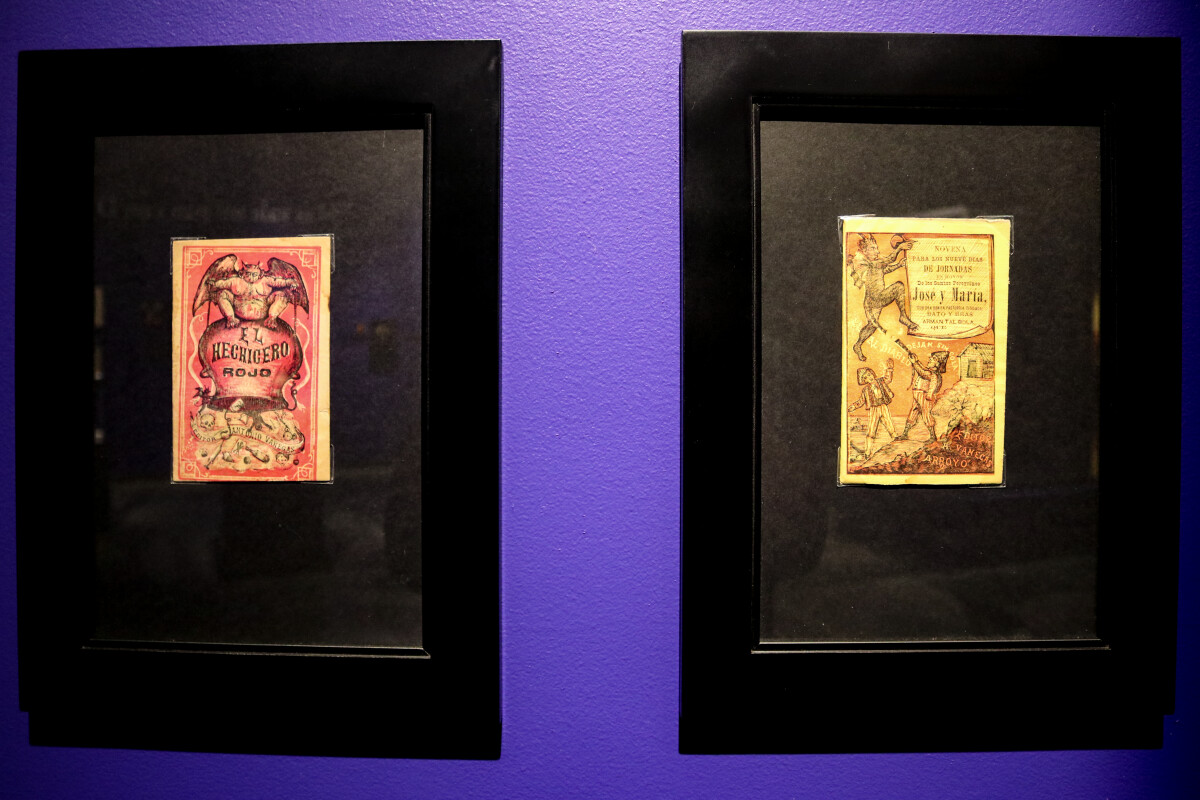
The Devil you Say!
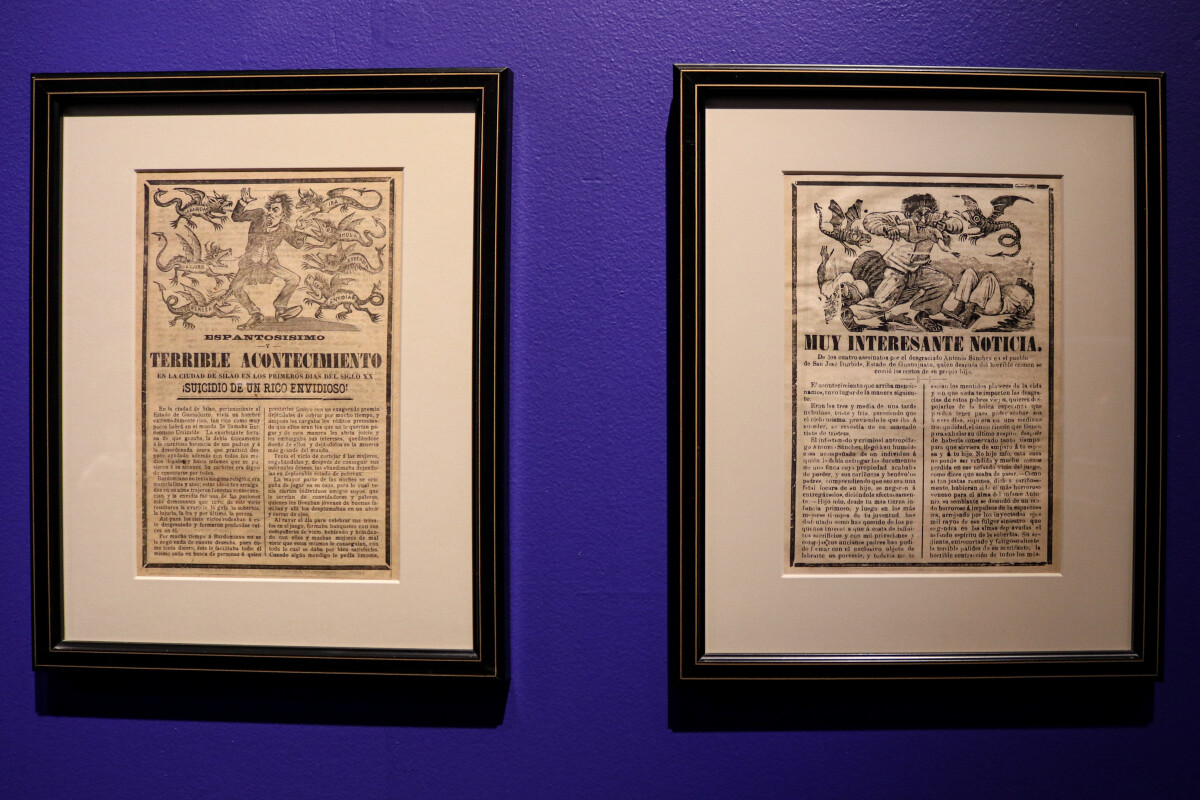
The Devil you Say!
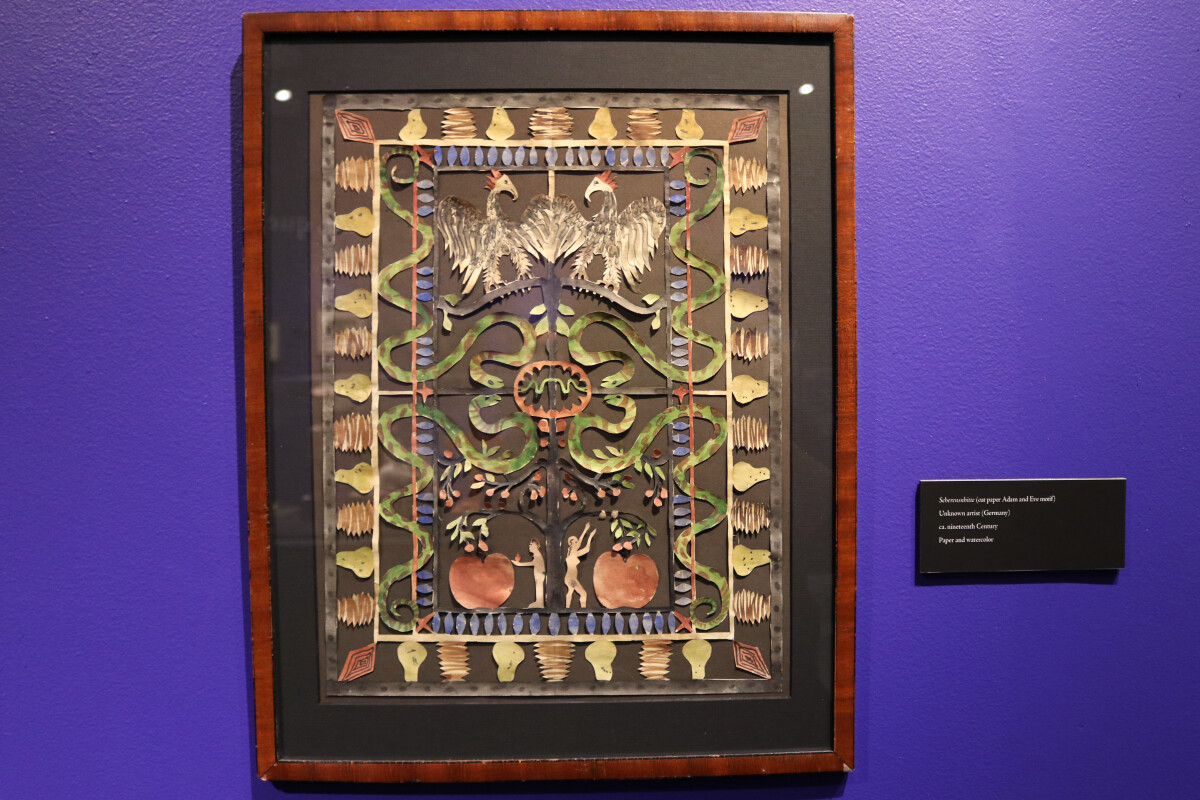
The Devil you Say!
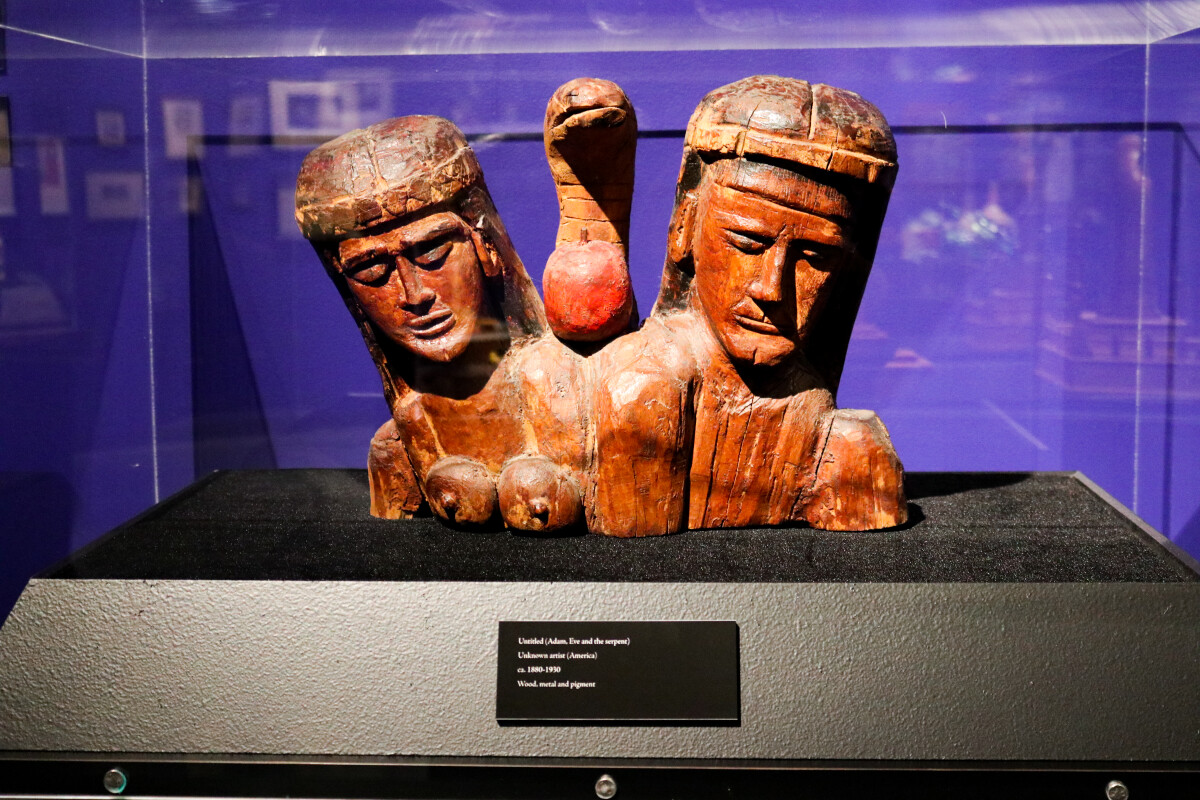
The Devil you Say!
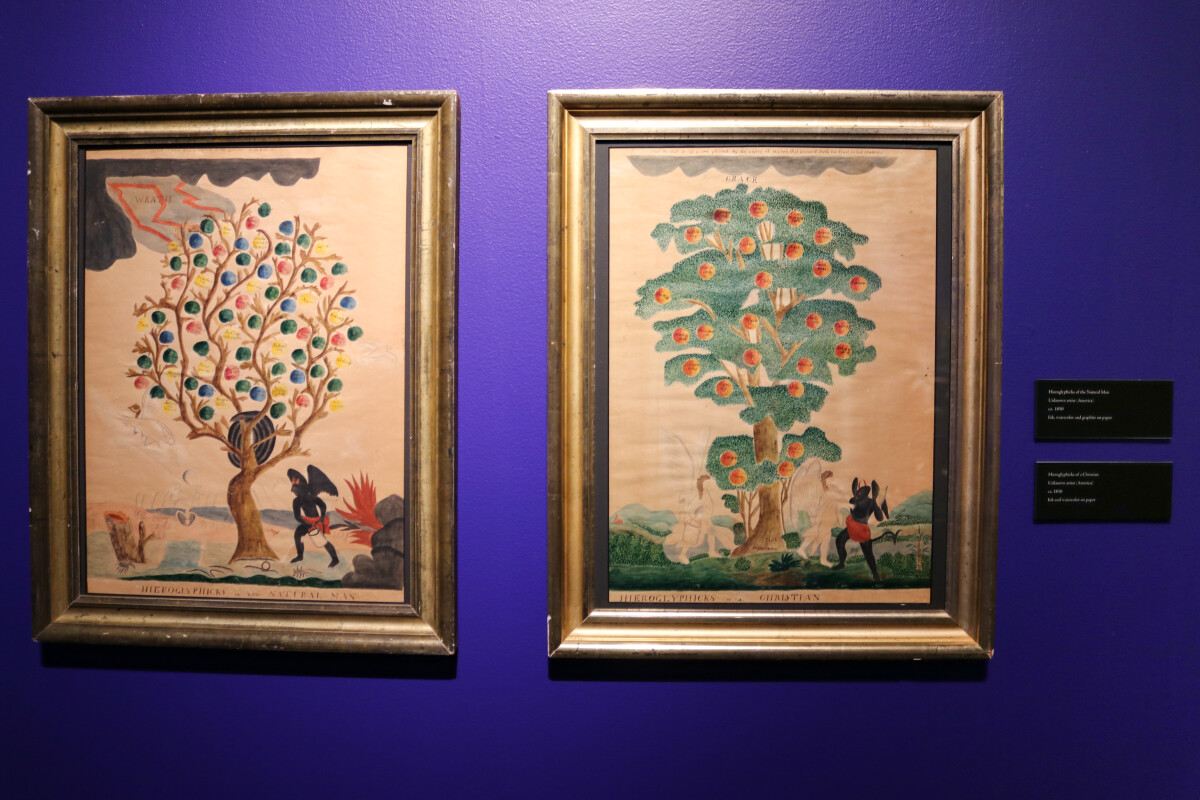
The Devil you Say!
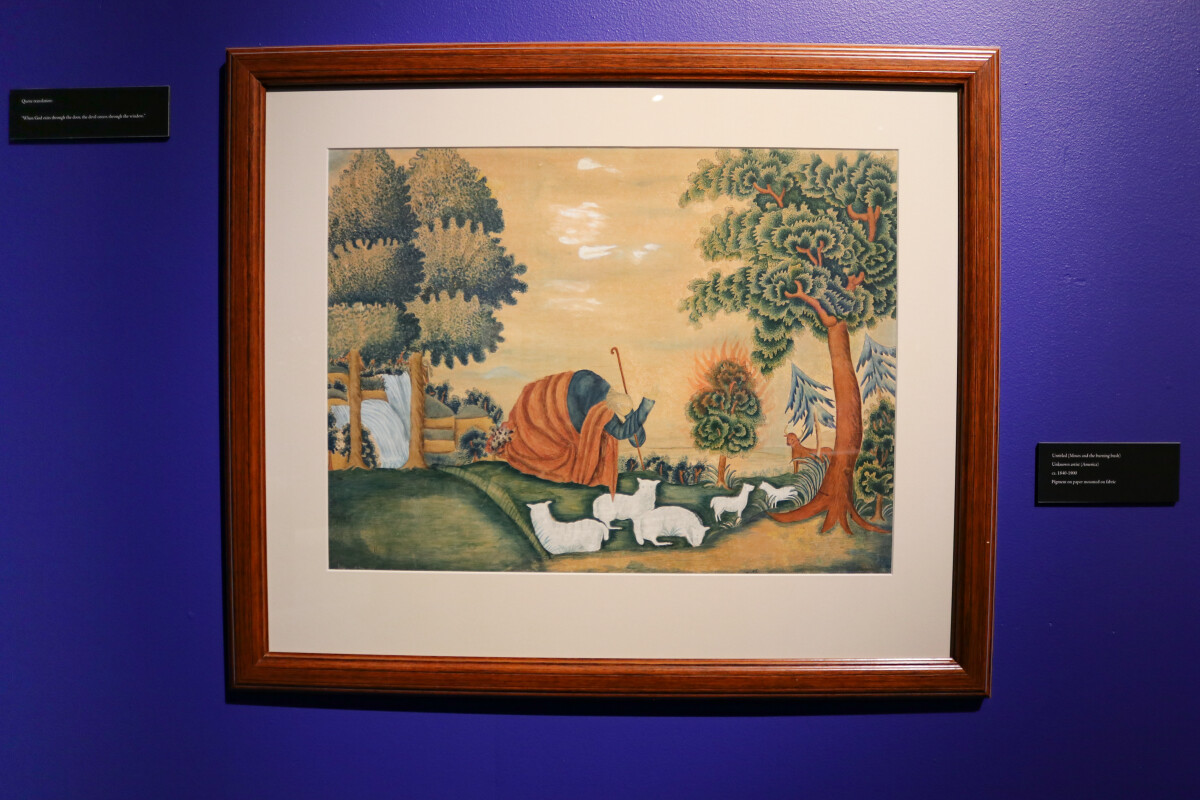
The Devil you Say!
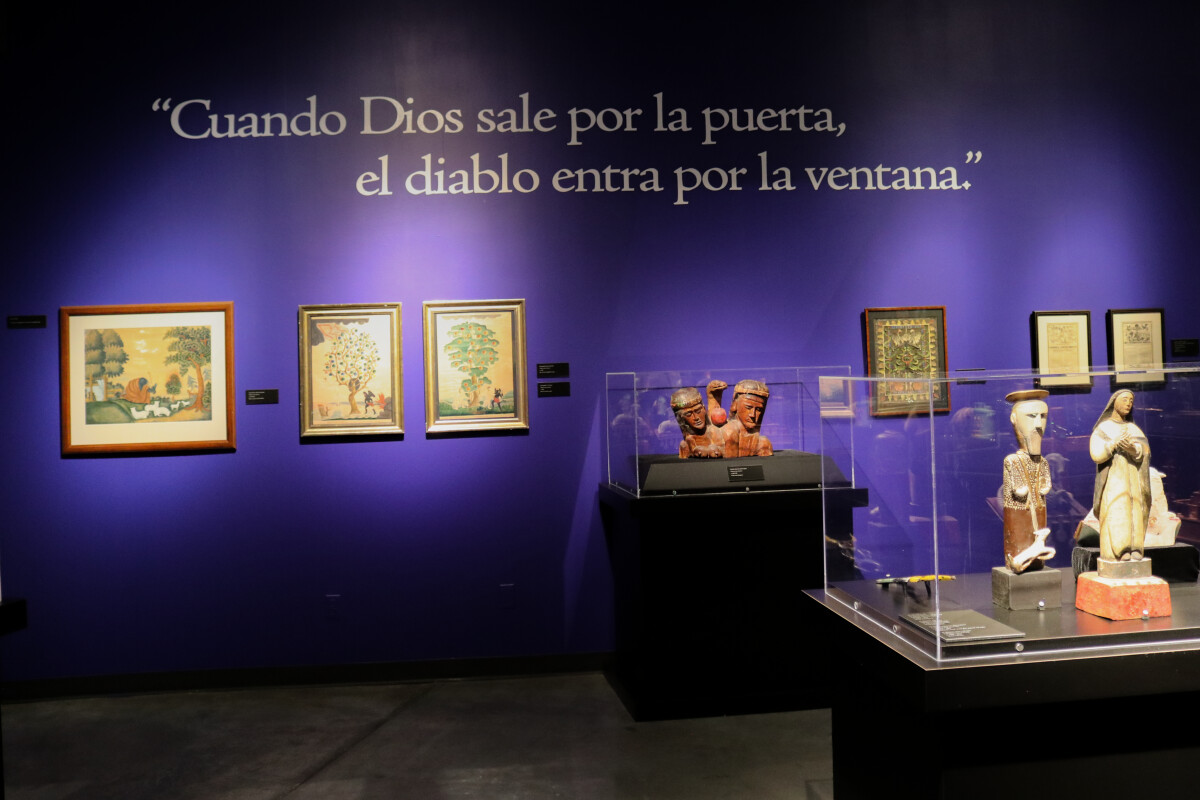
The Devil you Say!
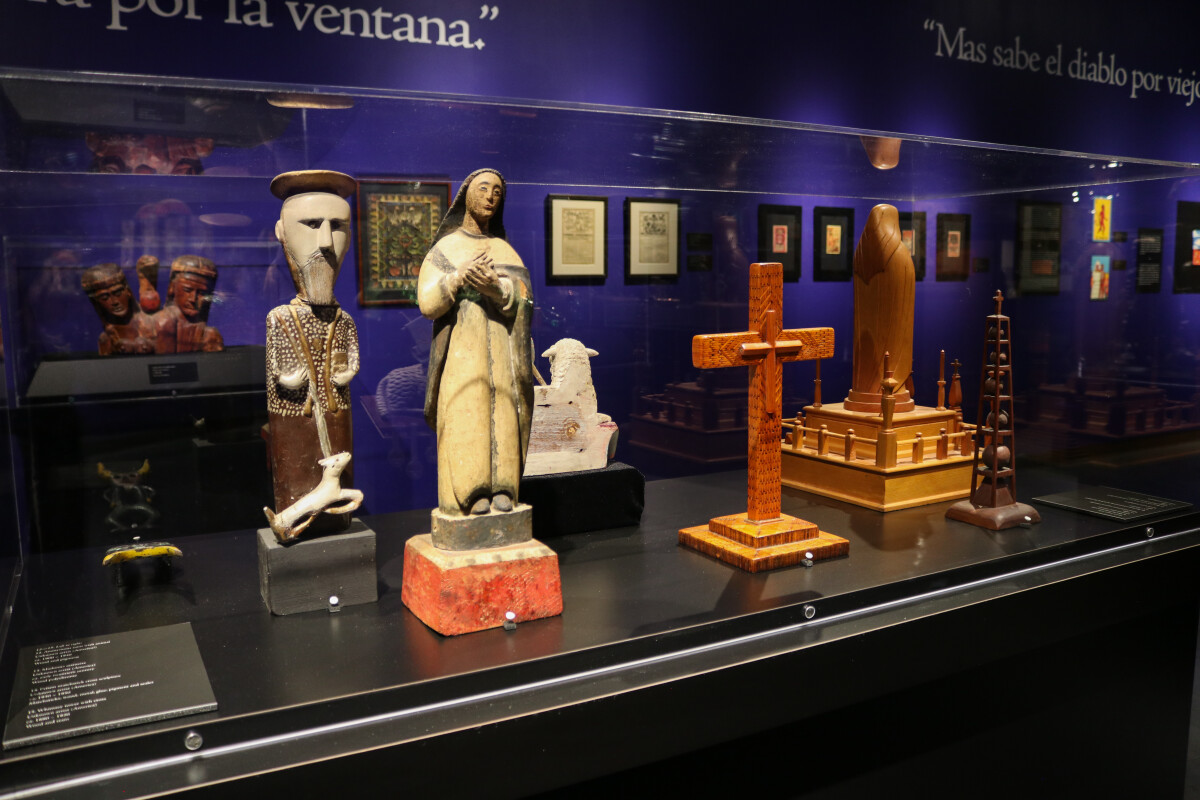
The Devil you Say!
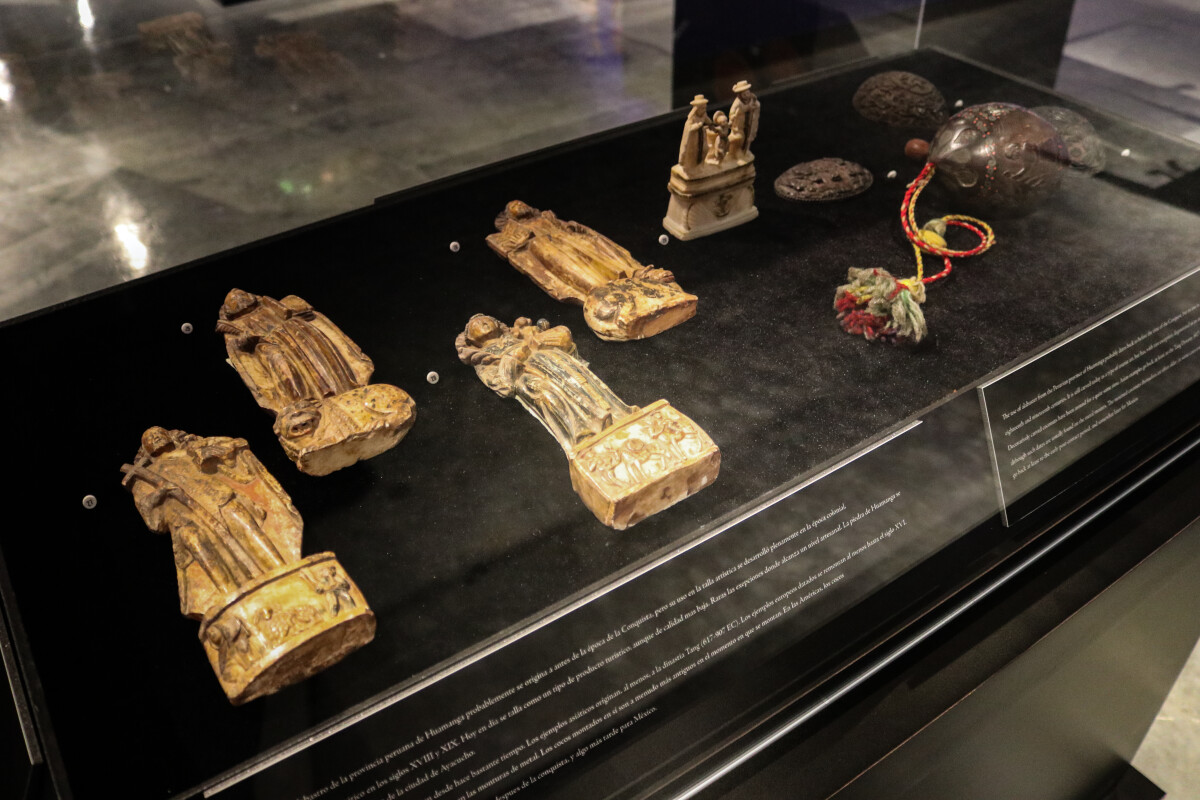
The Devil you Say!
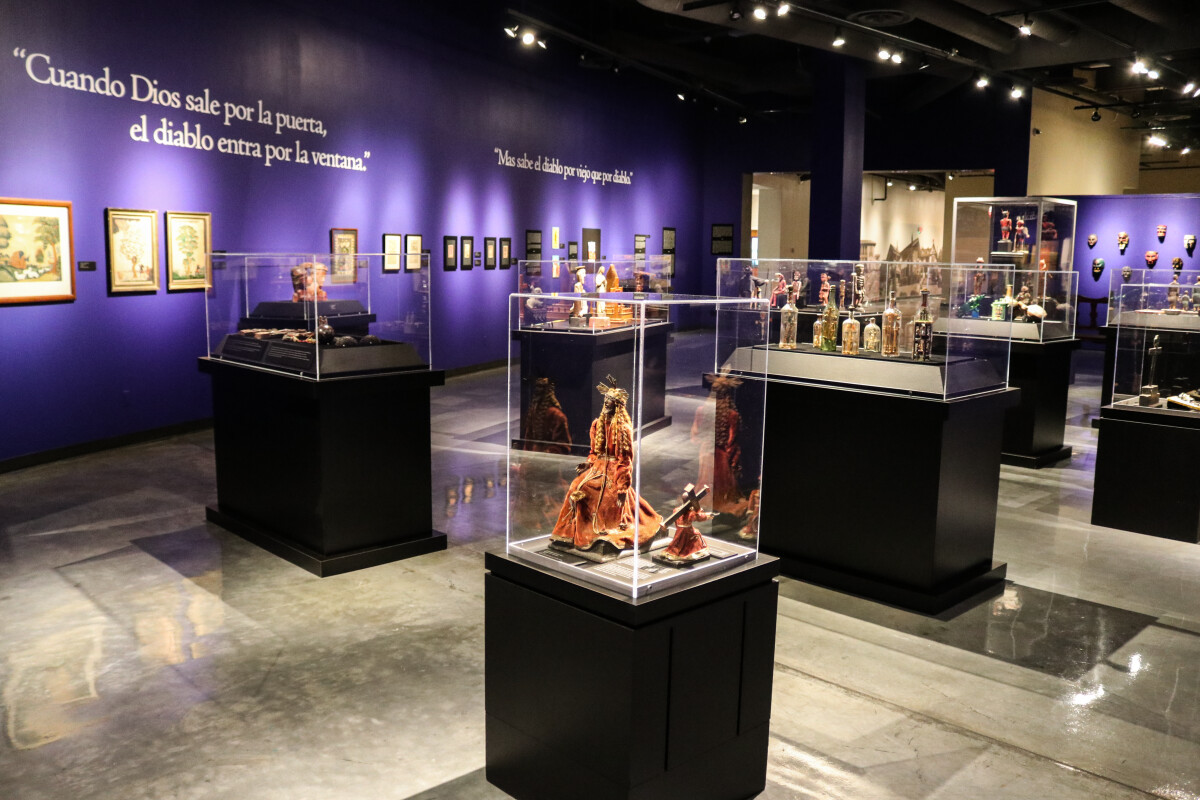
The Devil you Say!
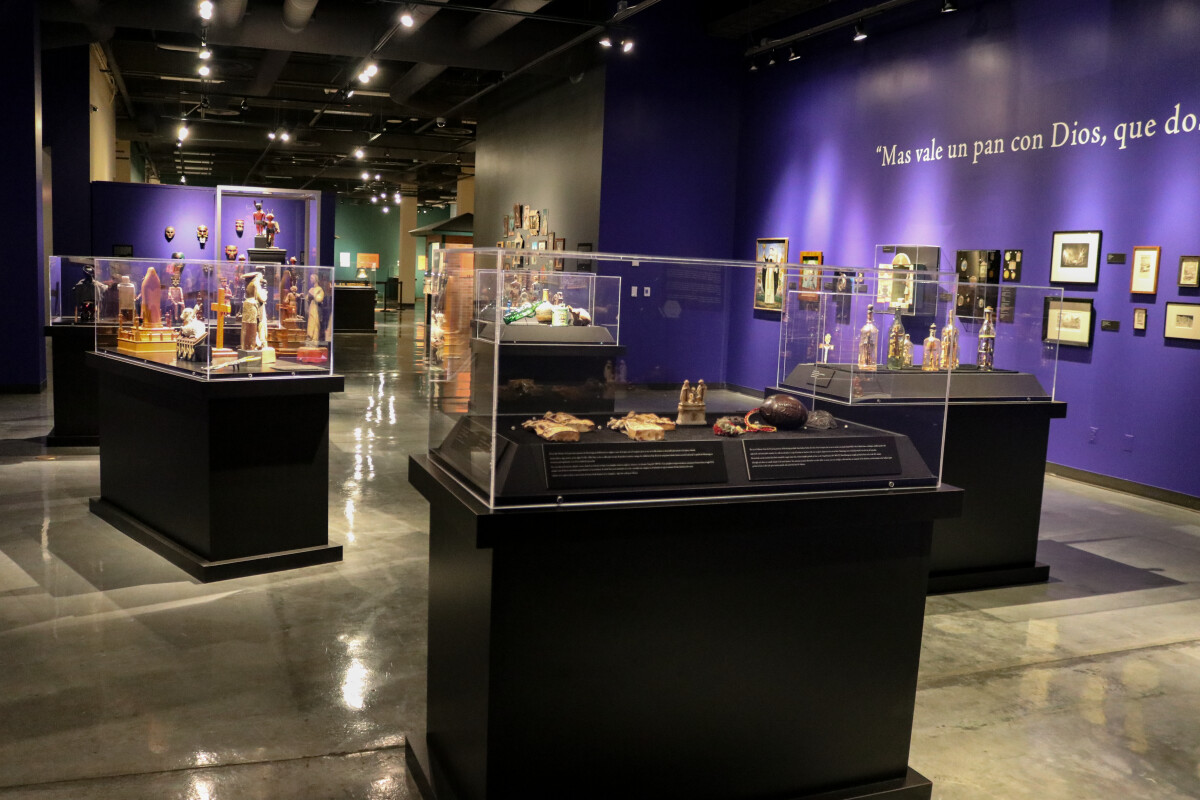
The Devil you Say!
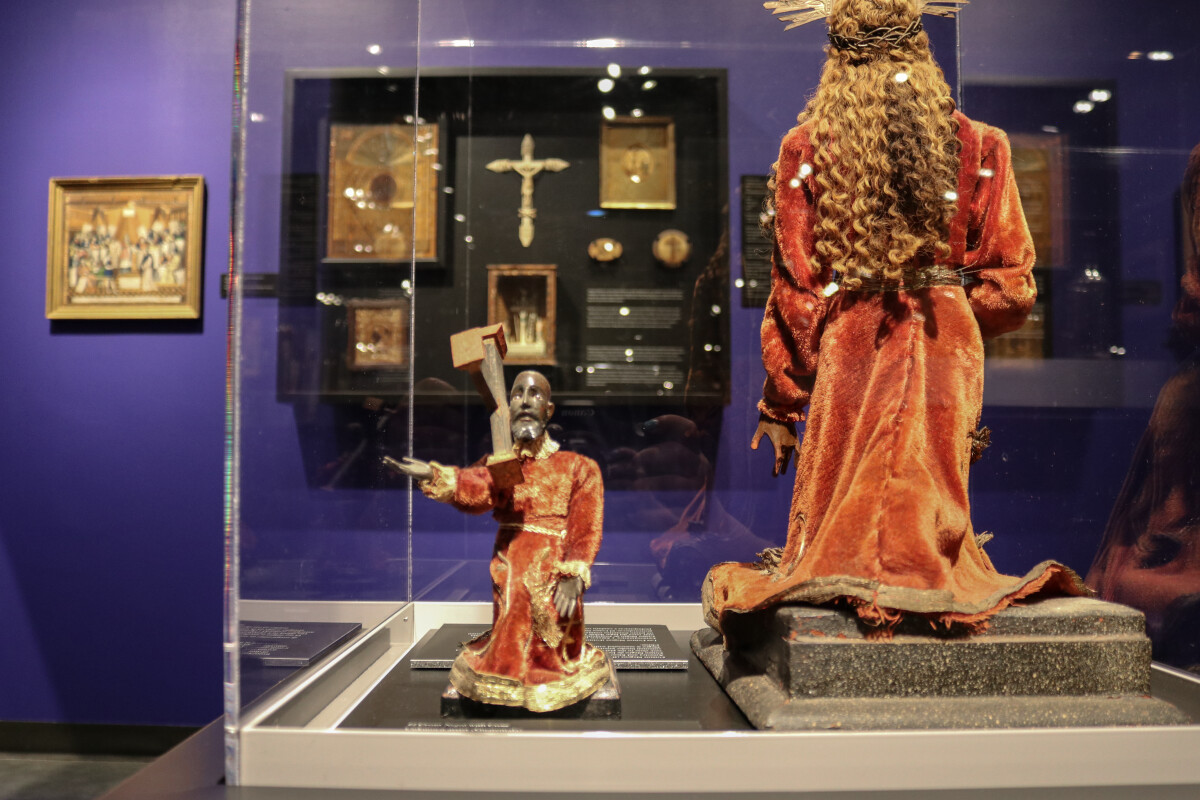
The Devil you Say!
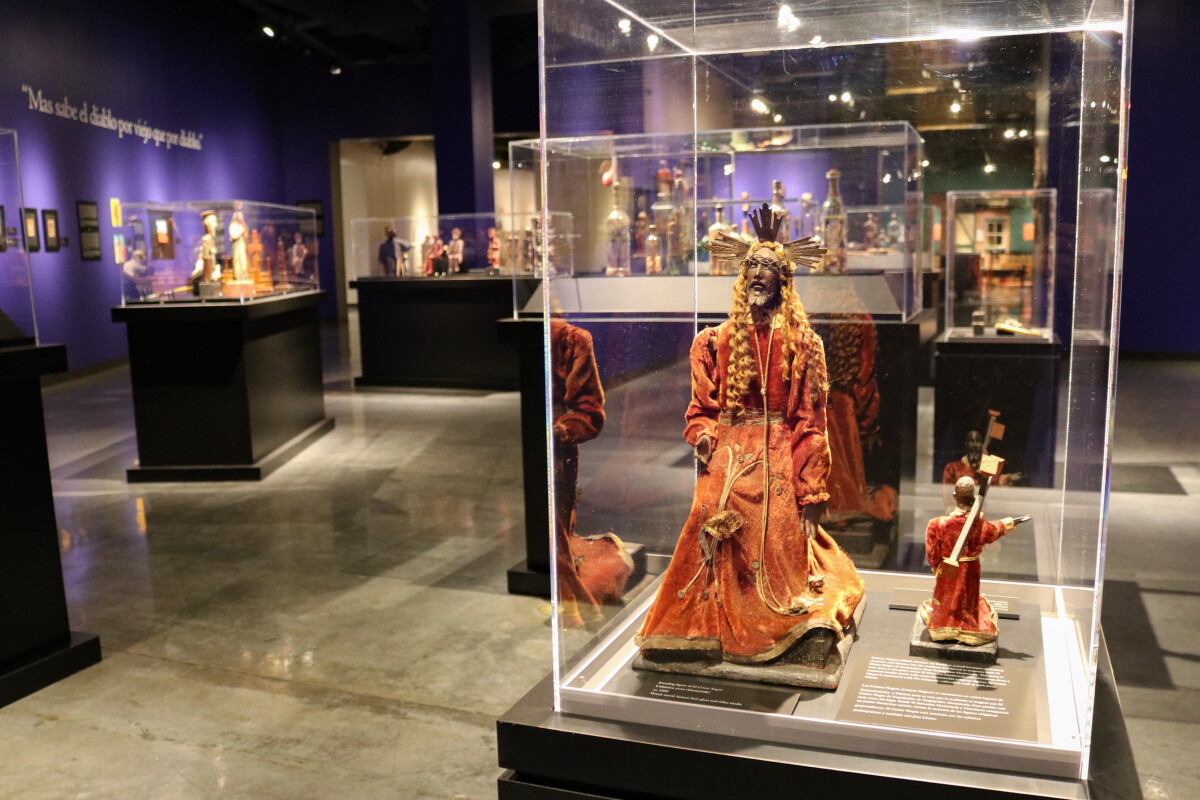
The Devil you Say!
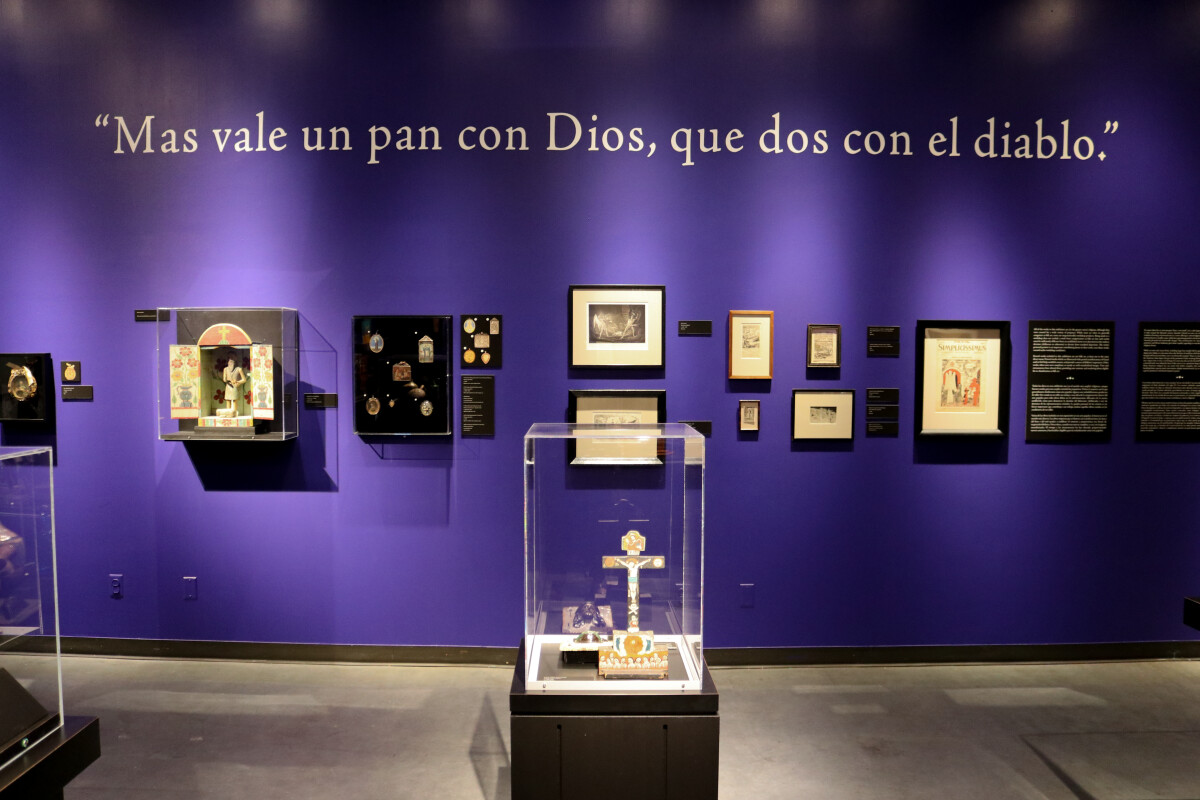
The Devil you Say!
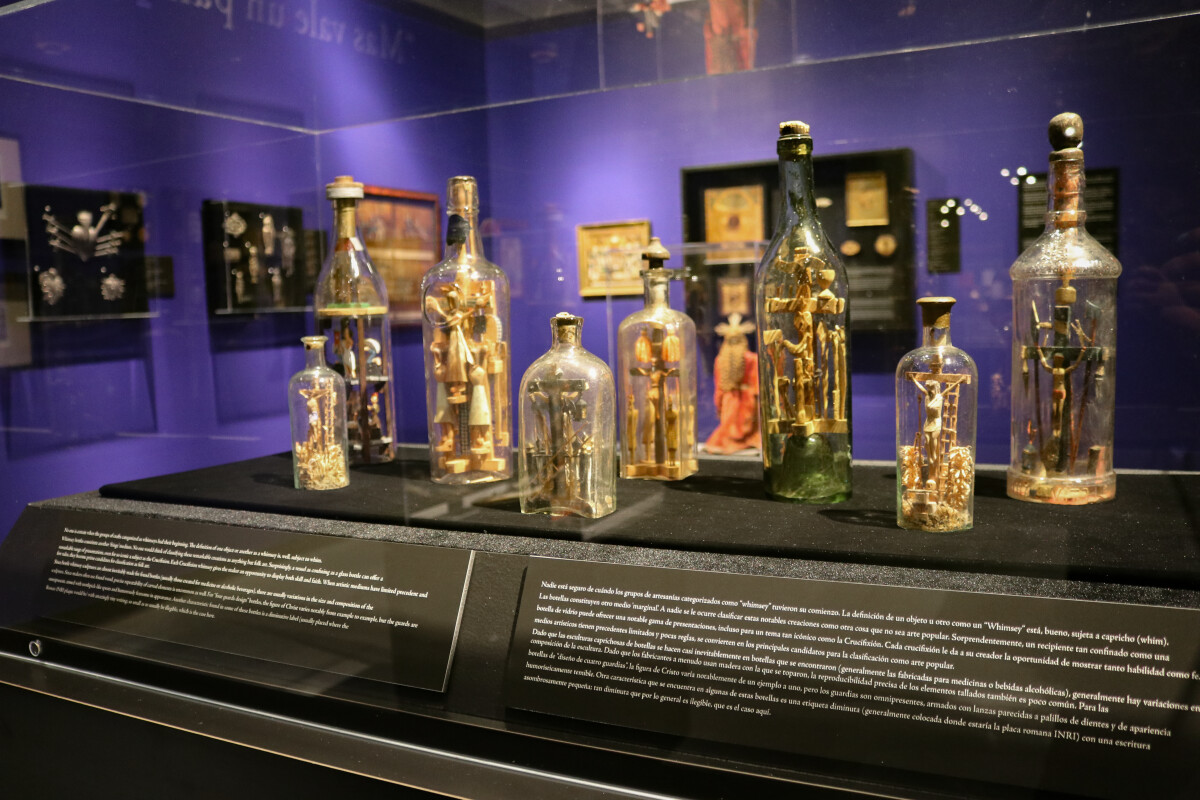
The Devil you Say!
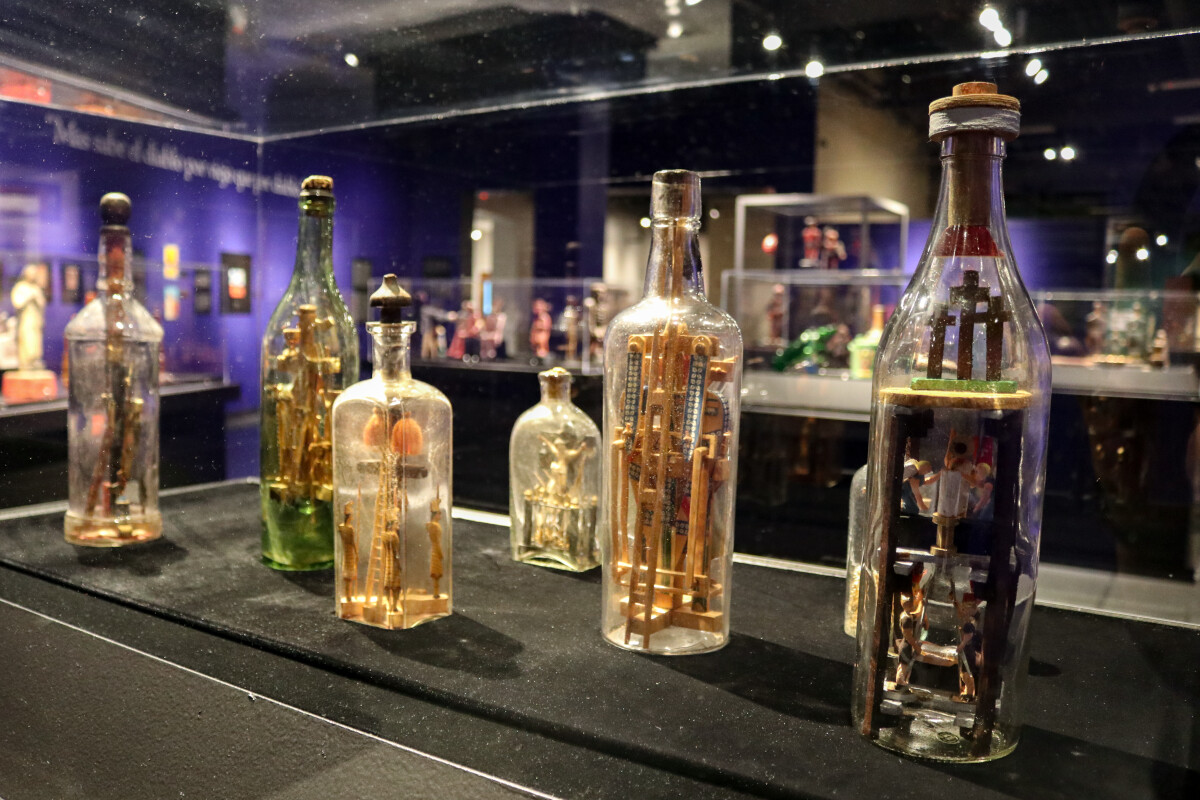
The Devil you Say!
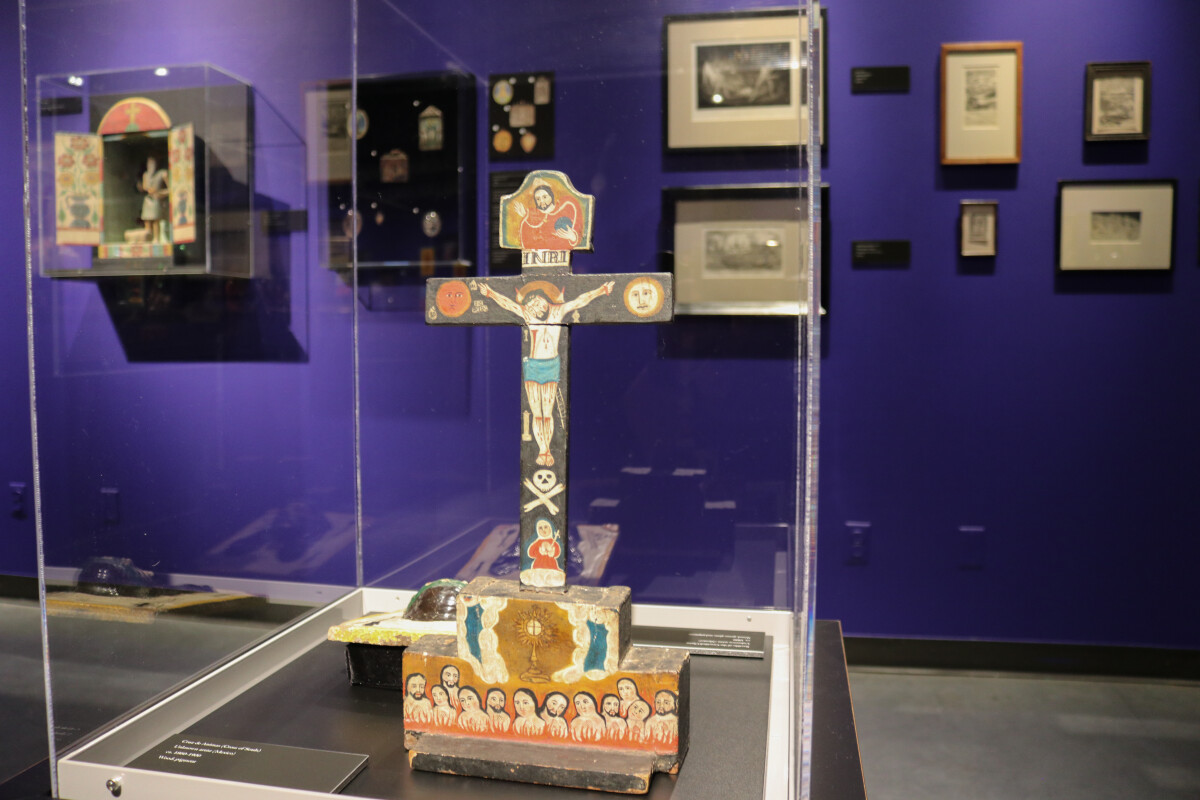
The Devil you Say!
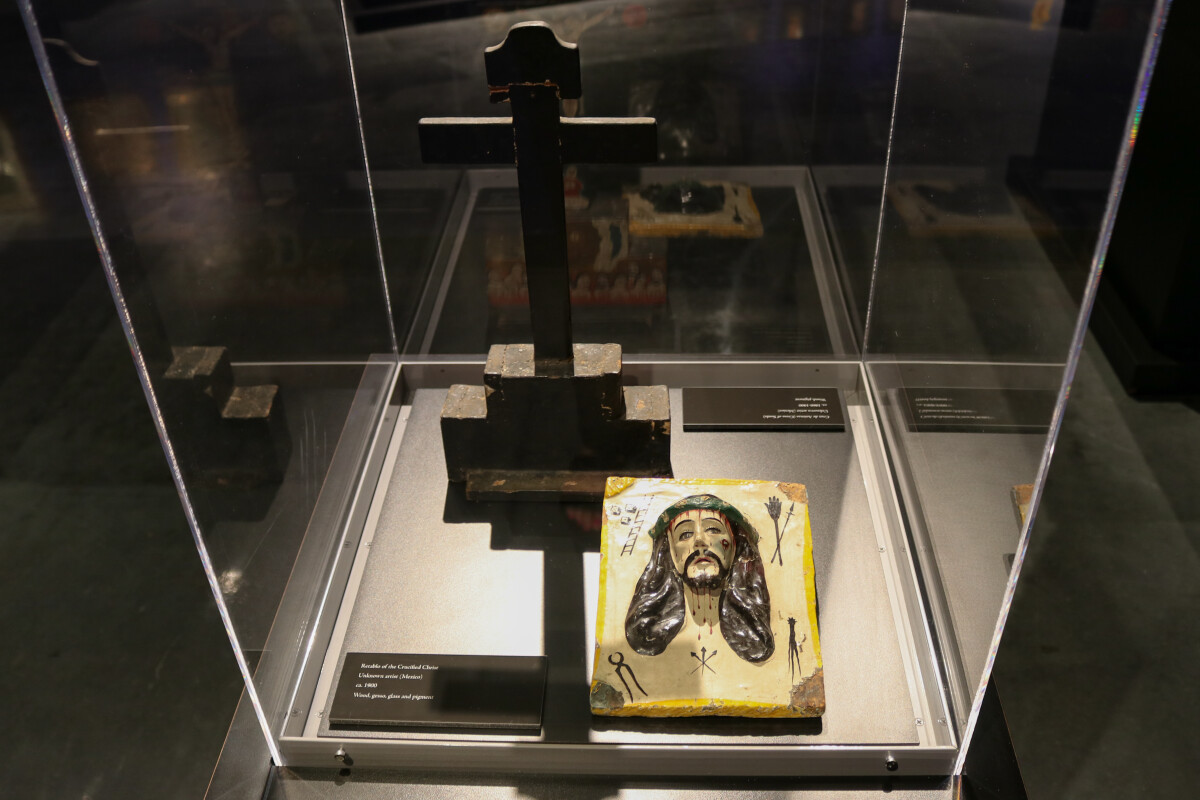
The Devil you Say!
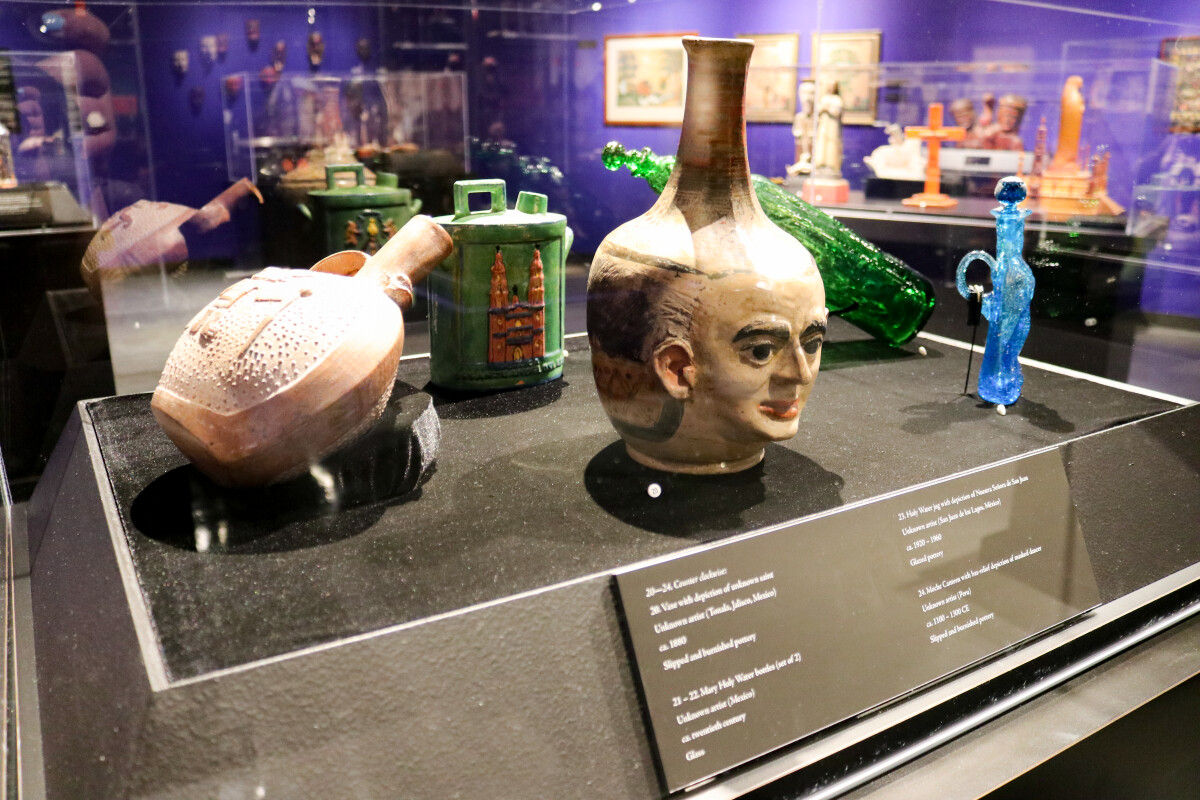
The Devil you Say!
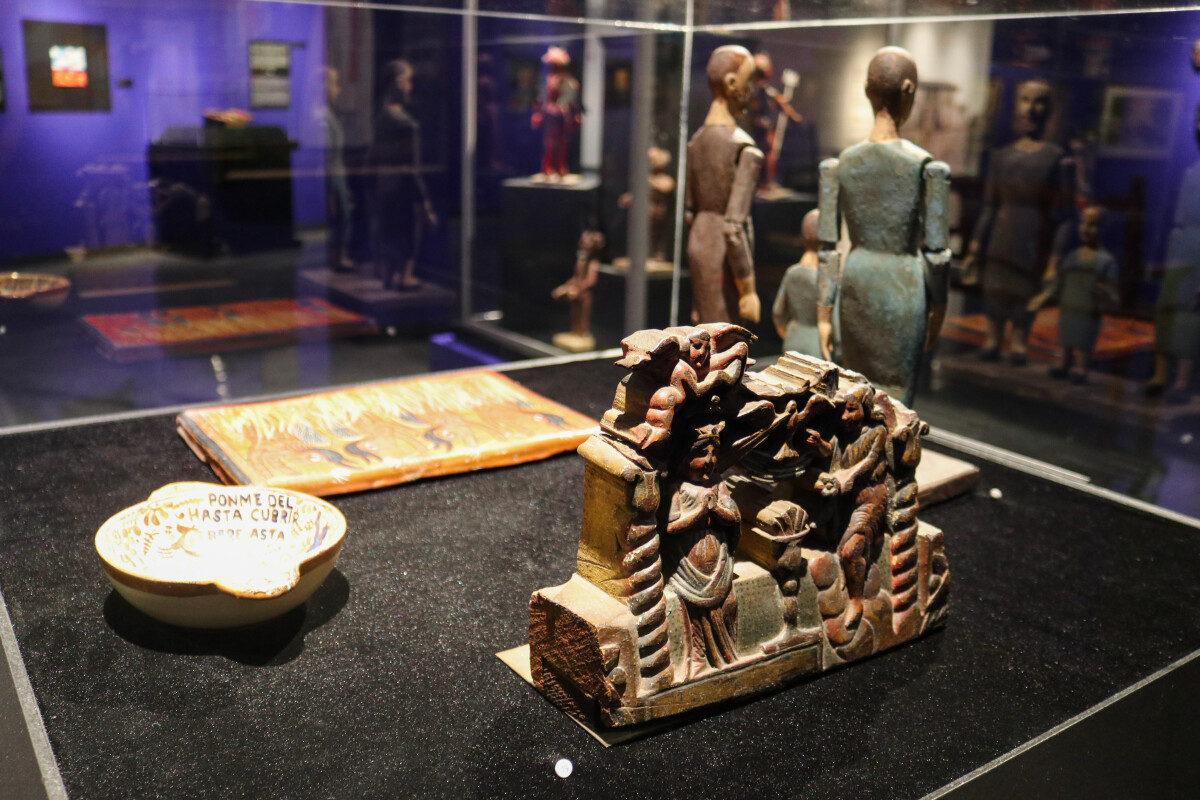
The Devil you Say!
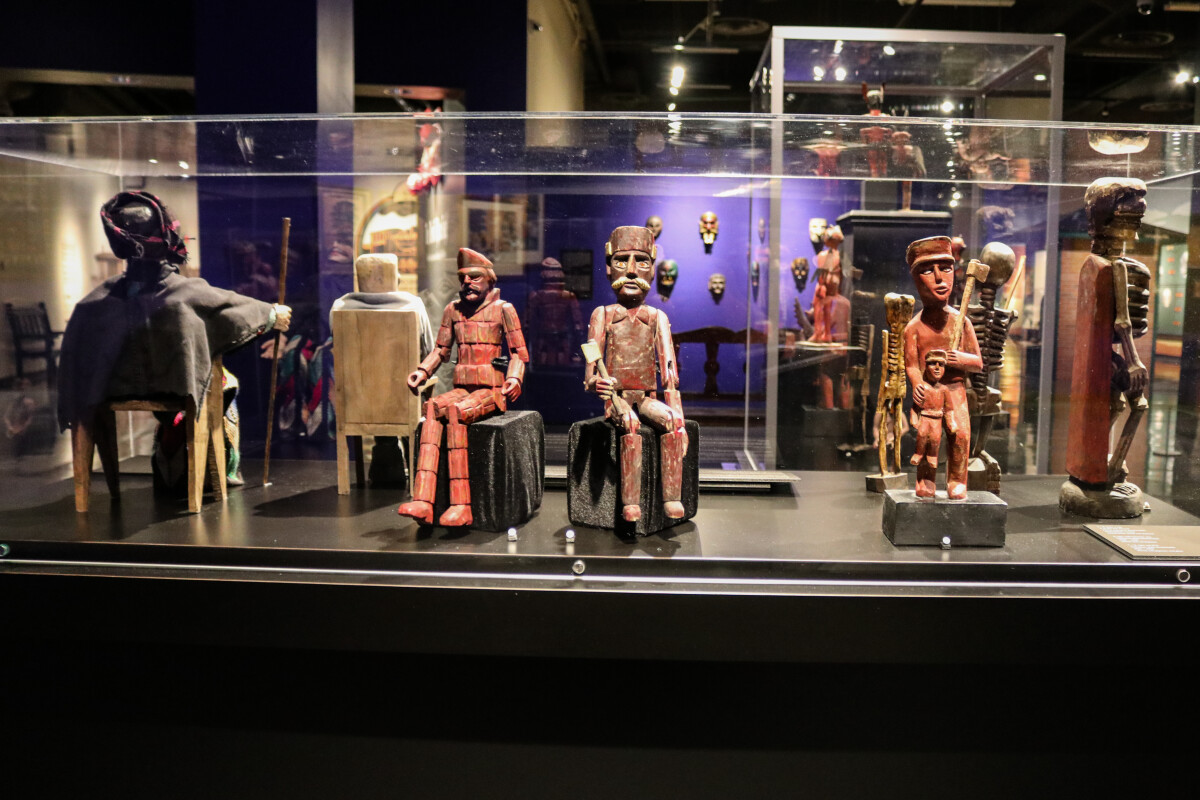
The Devil you Say!
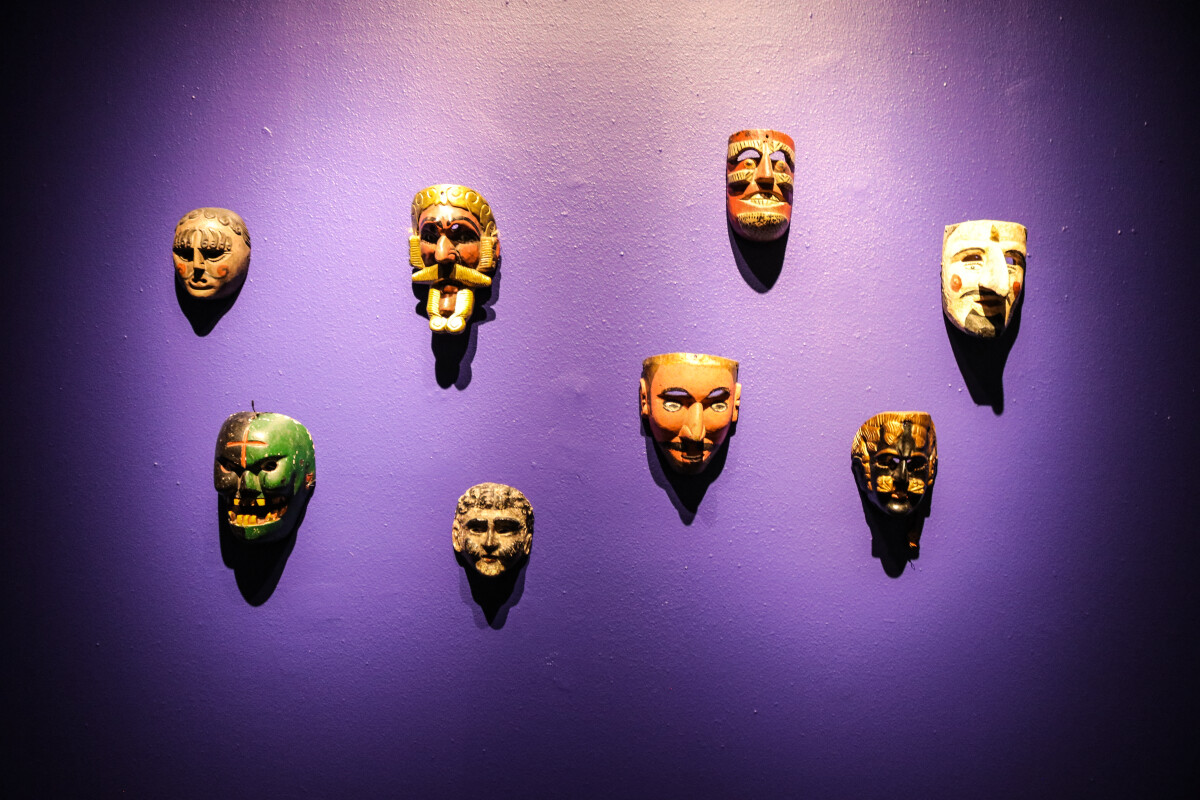
The Devil you Say!
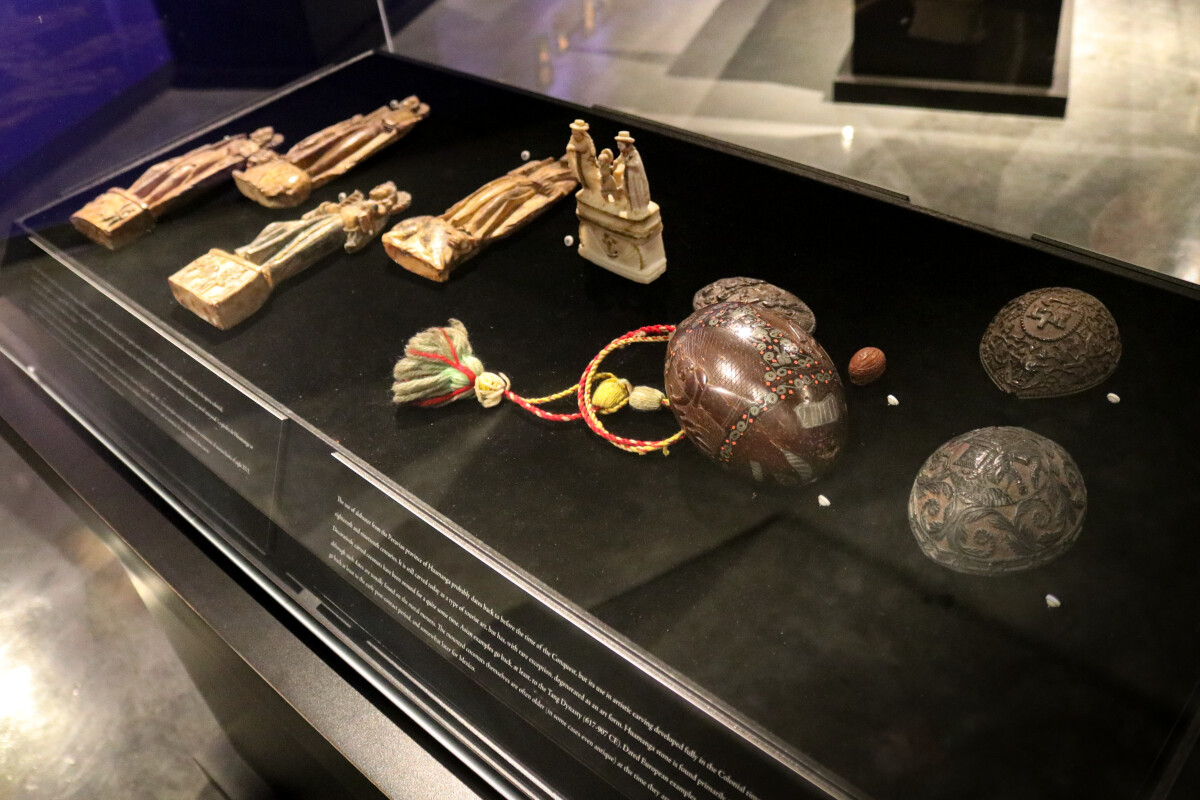
The Devil you Say!
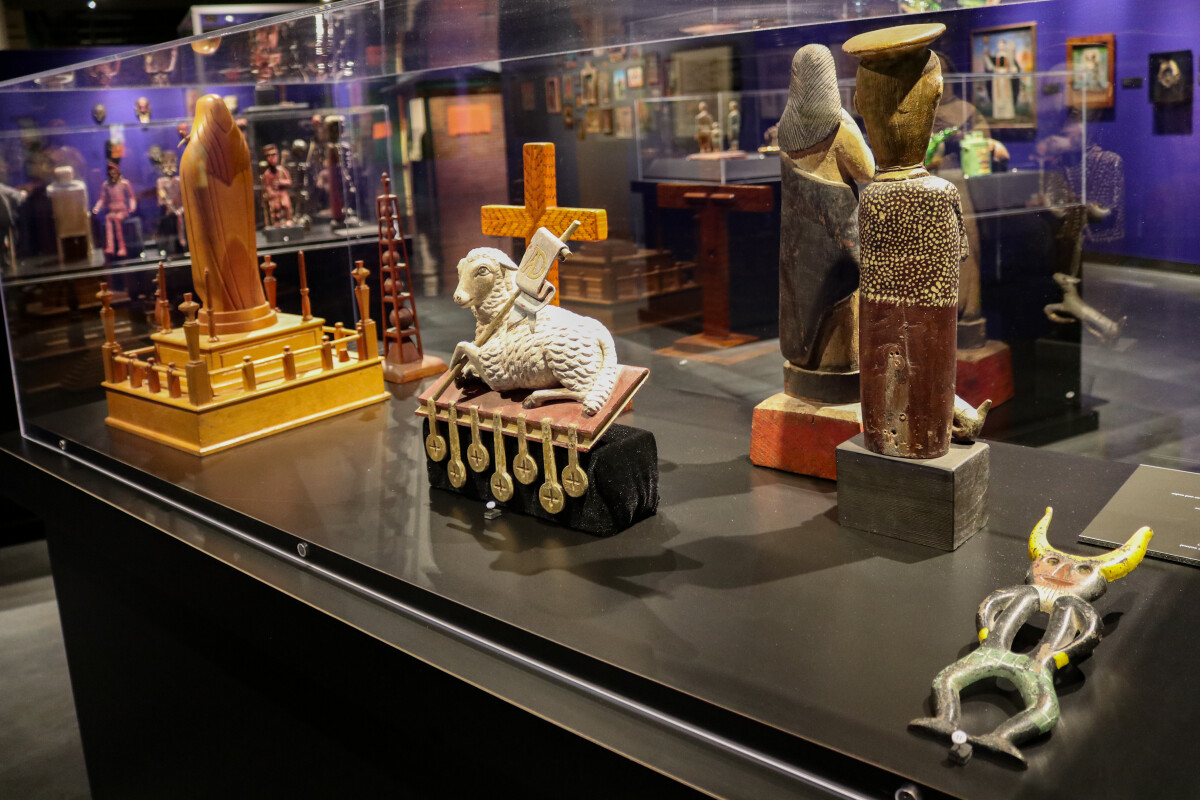
The Devil you Say!
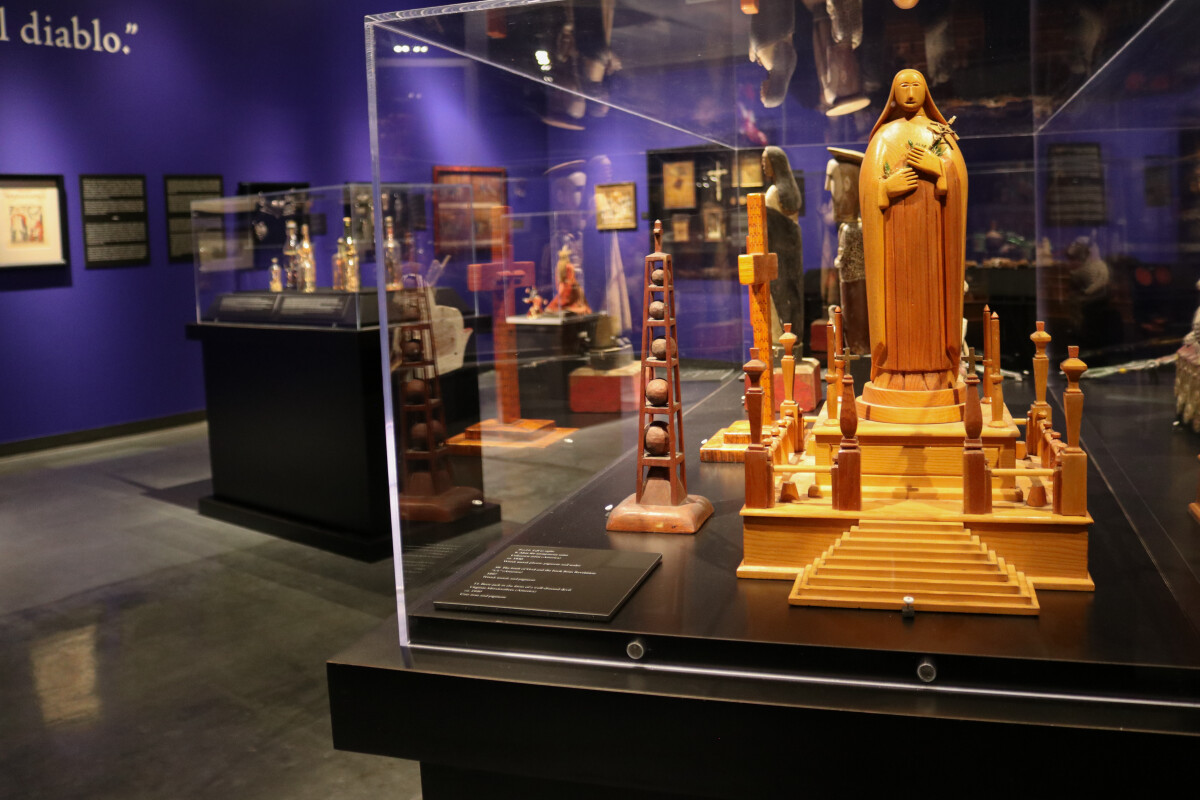
The Devil you Say!
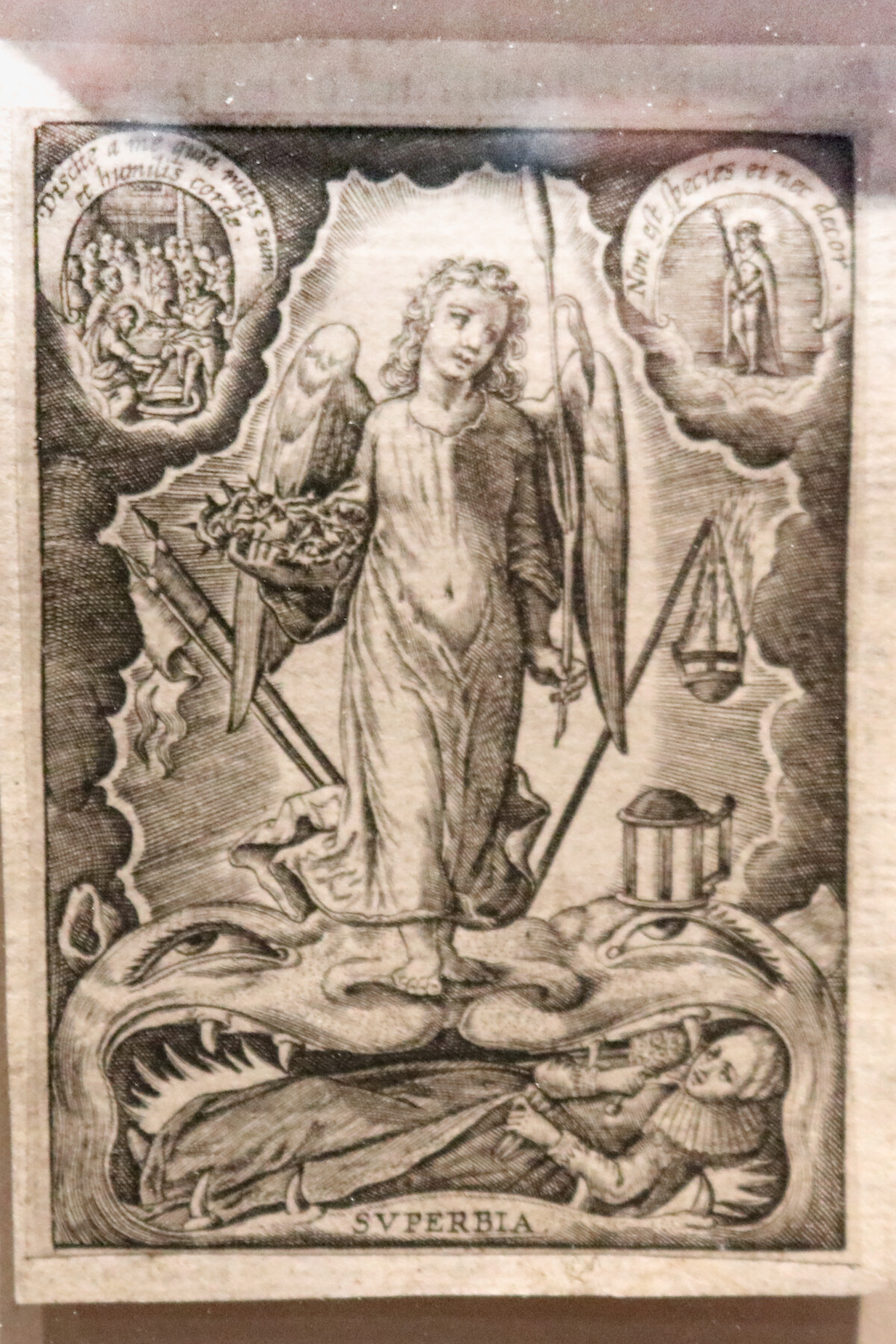
The Devil you Say!
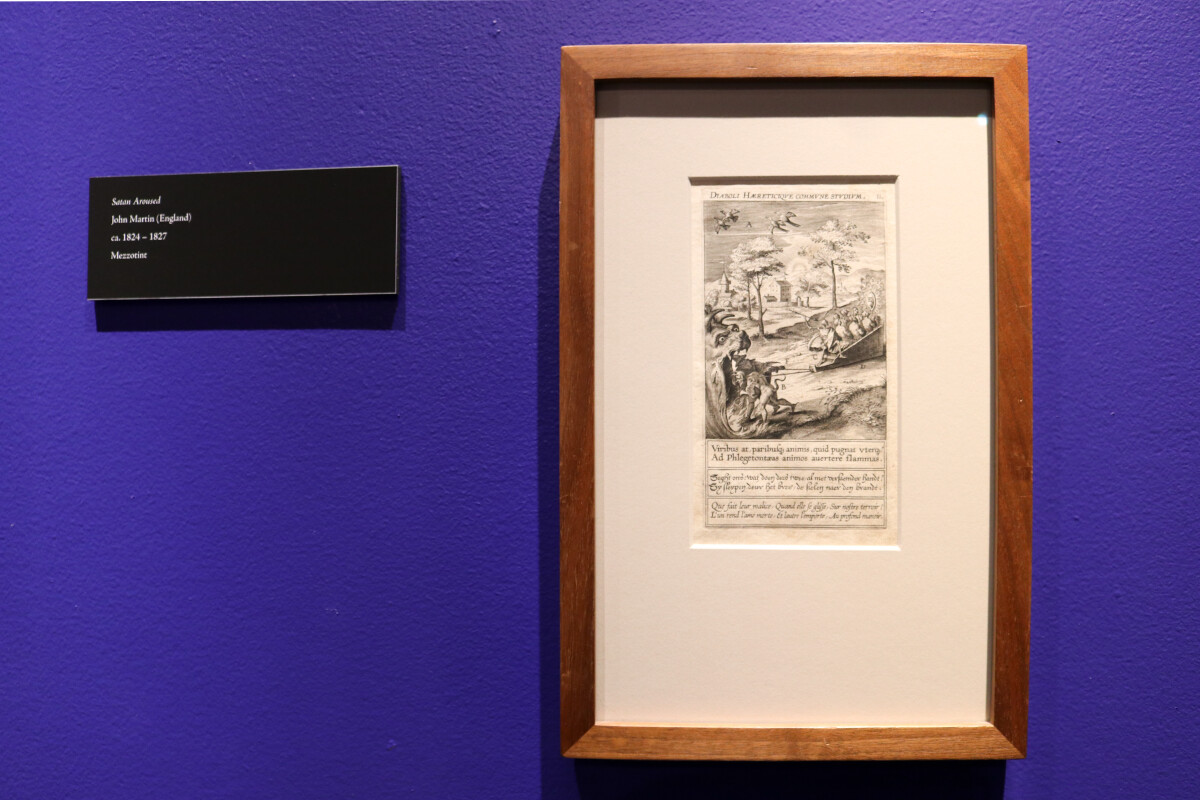
The Devil you Say!
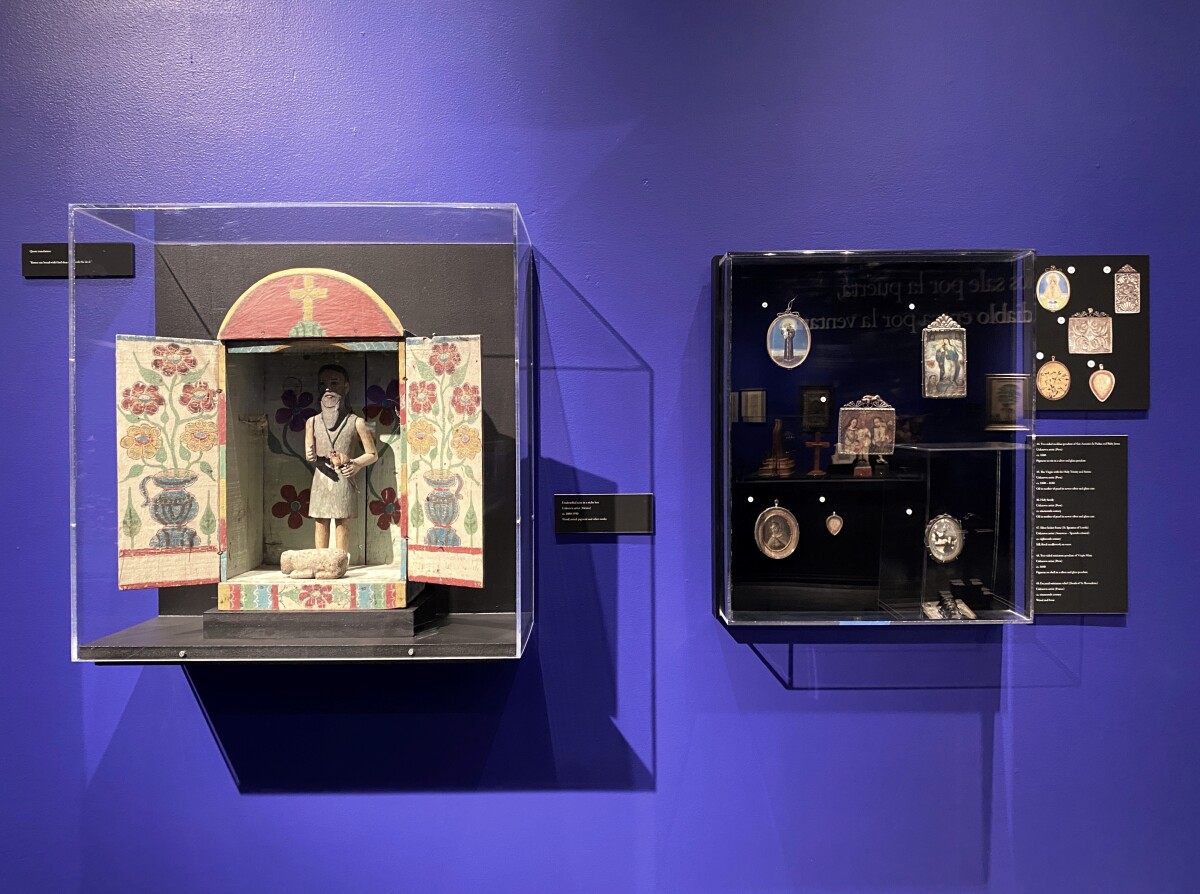
The Devil you Say!
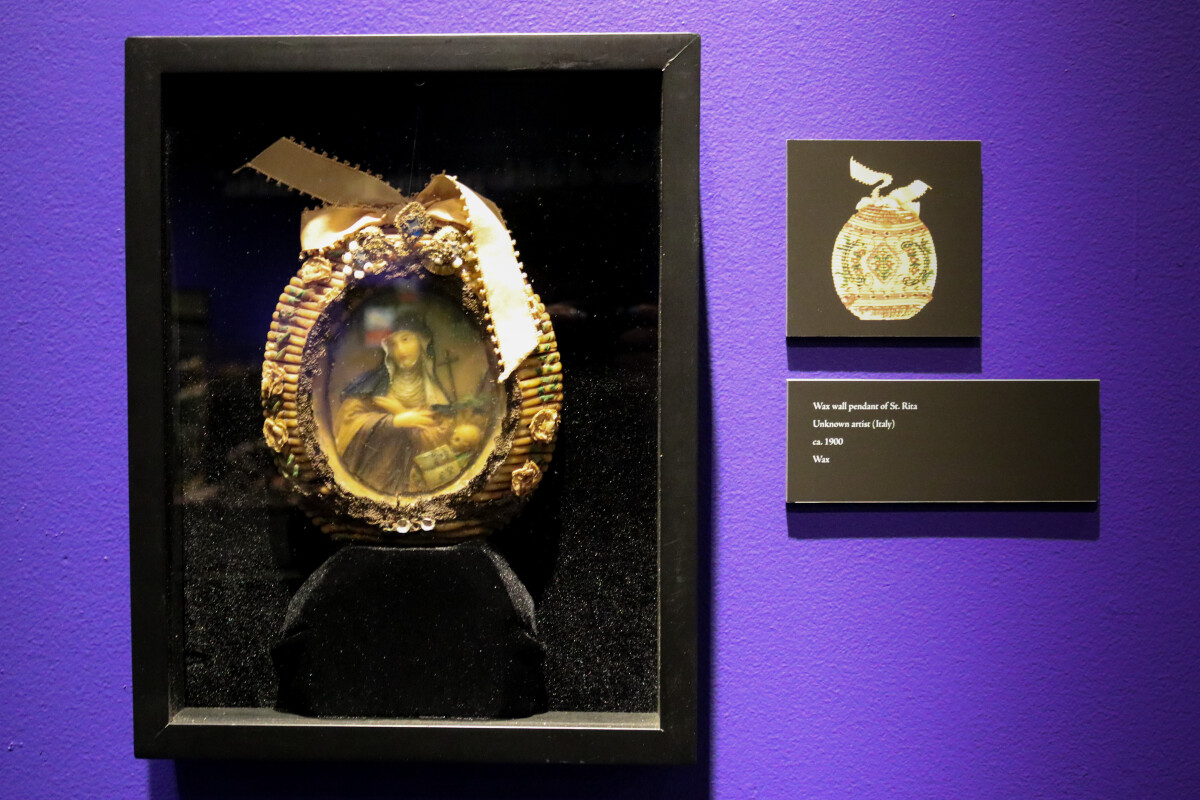
The Devil you Say!
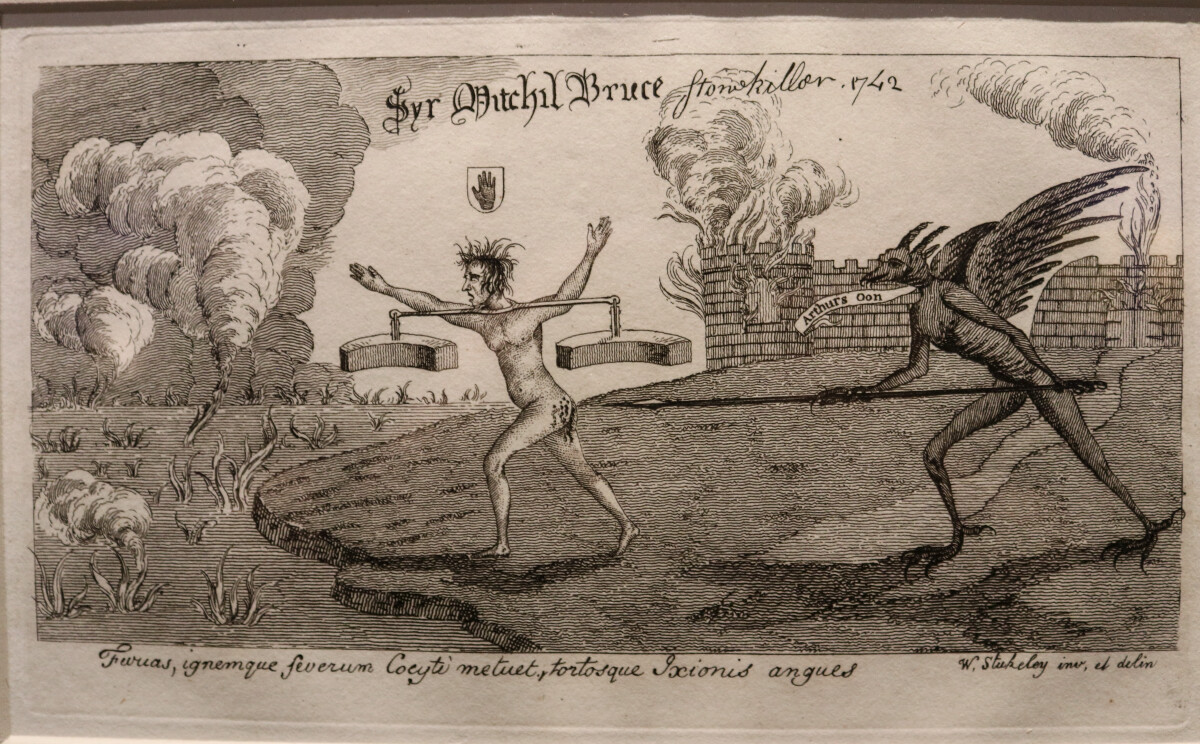
The Devil you Say!
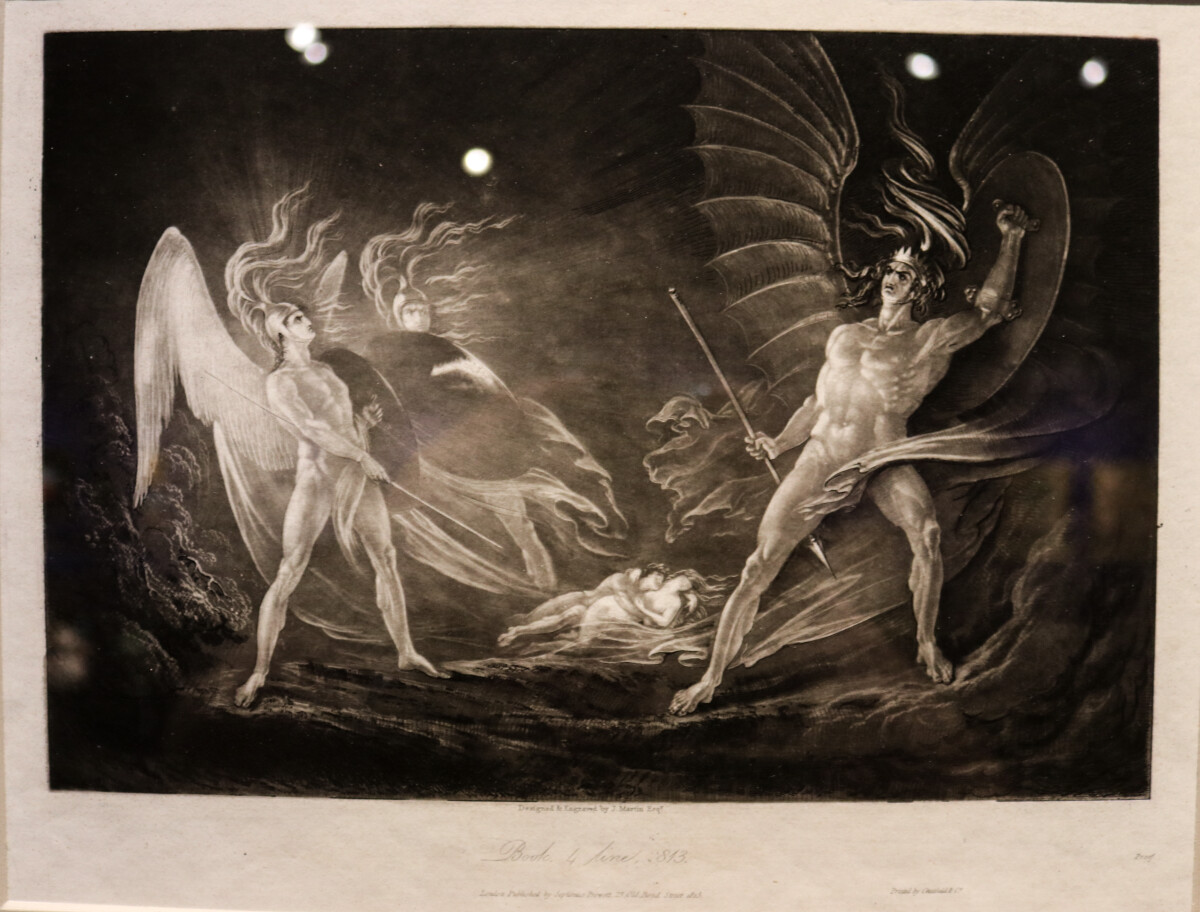
The Devil you Say!
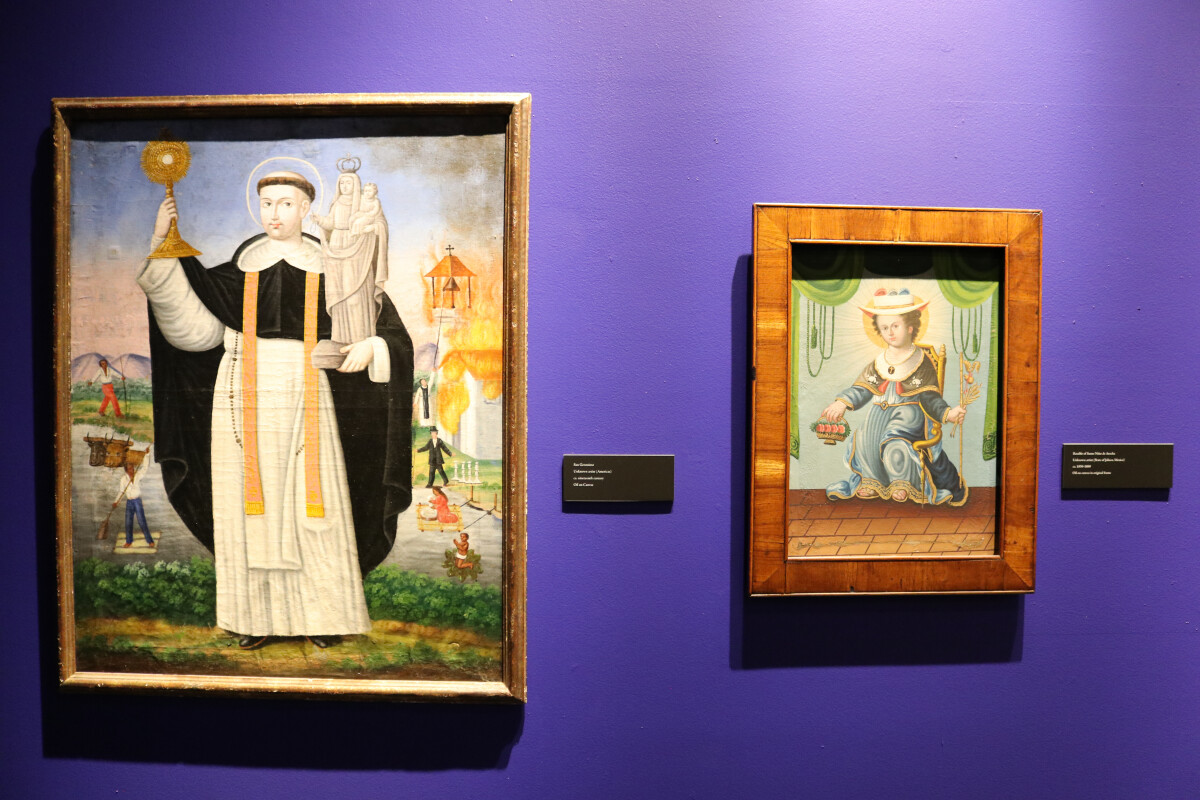
The Devil you Say!
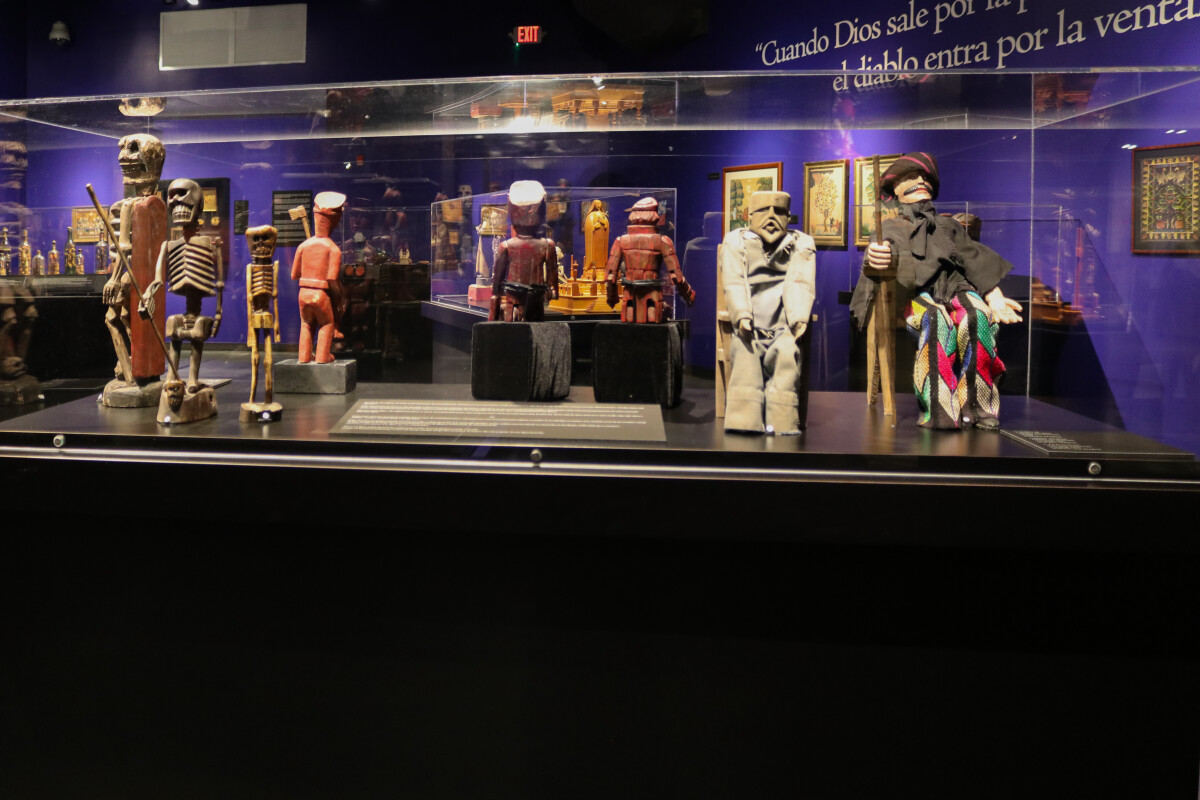
The Devil you Say!
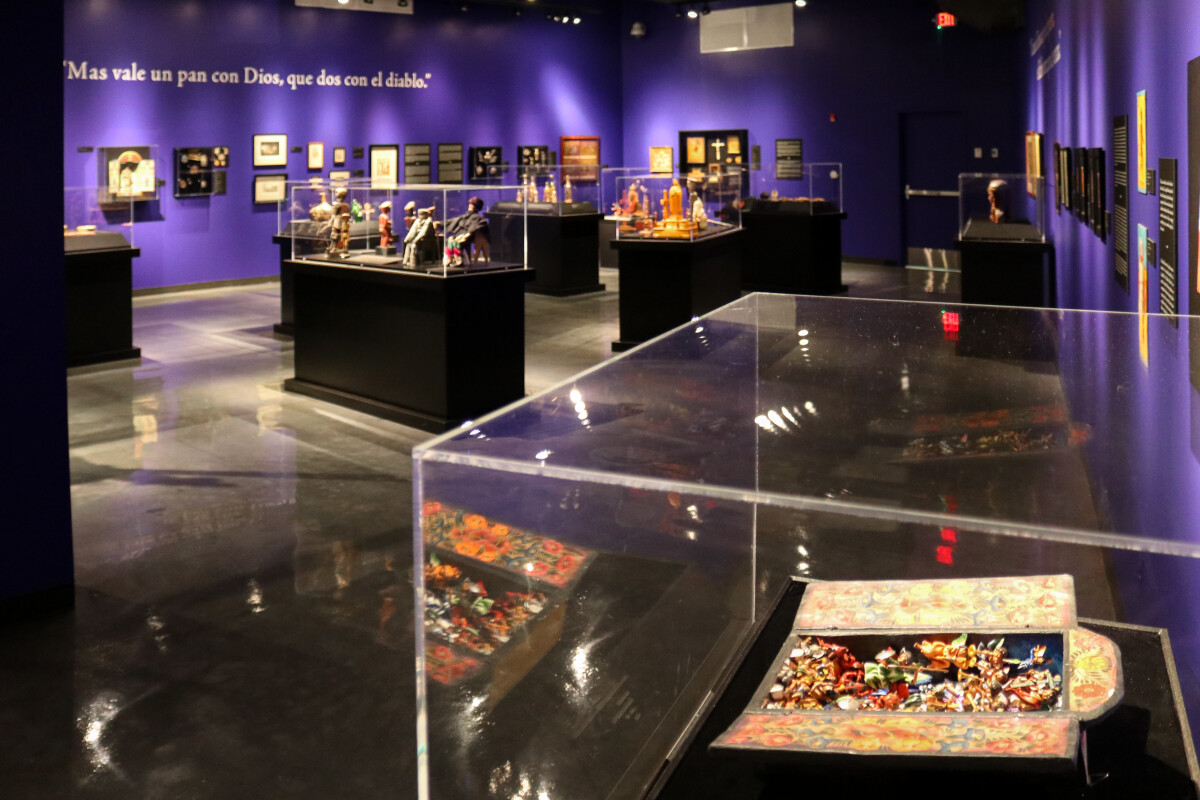
The Devil you Say!
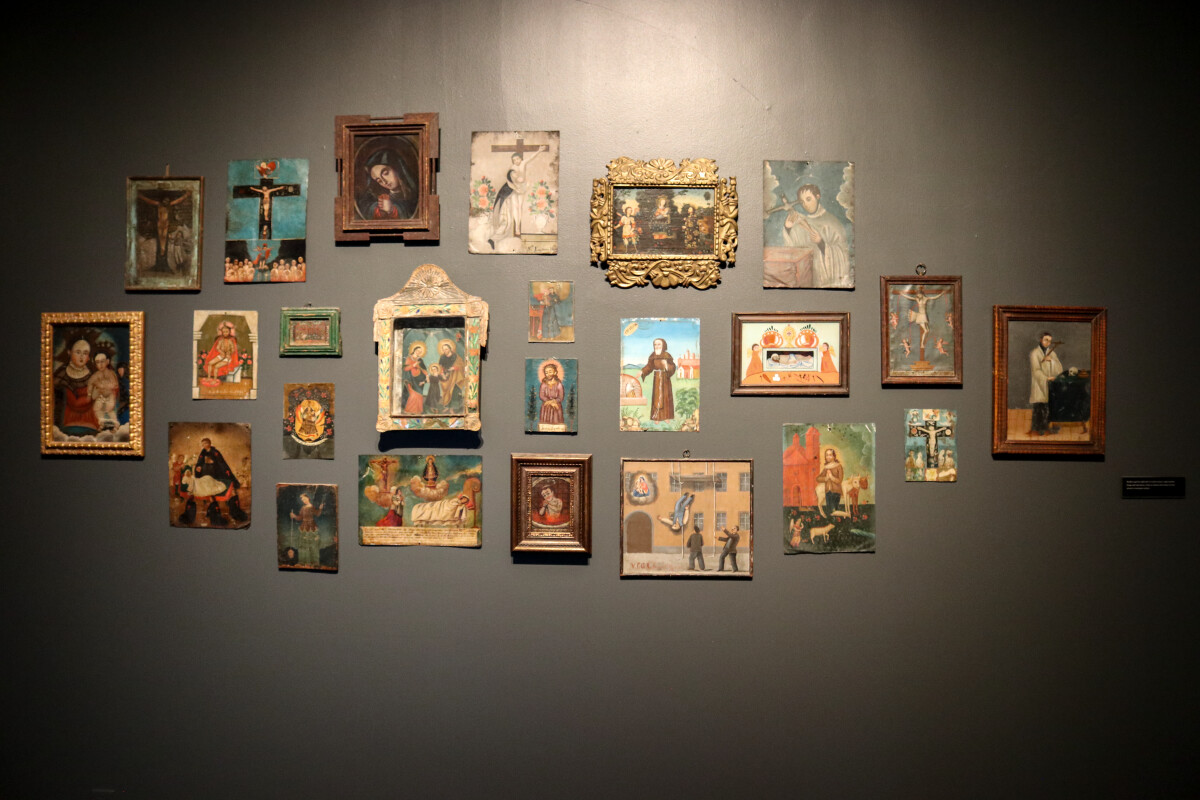
The Devil you Say!
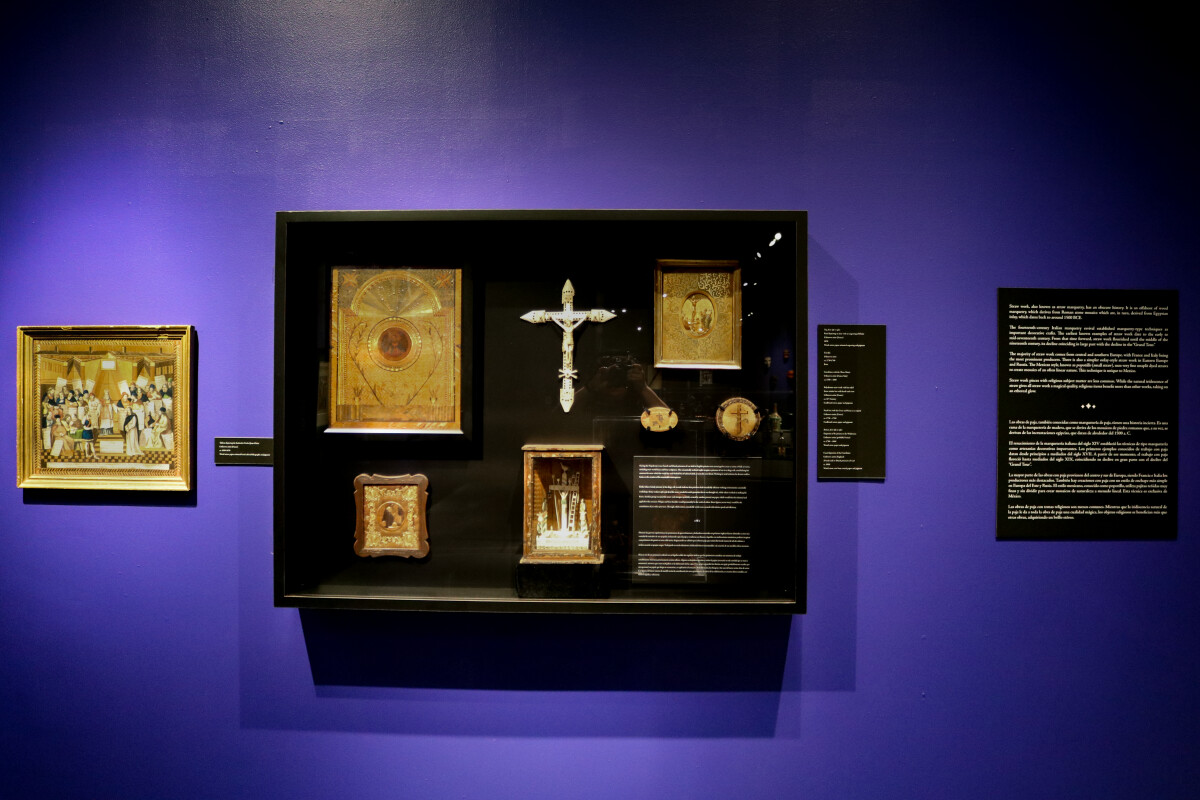
The Devil you Say!
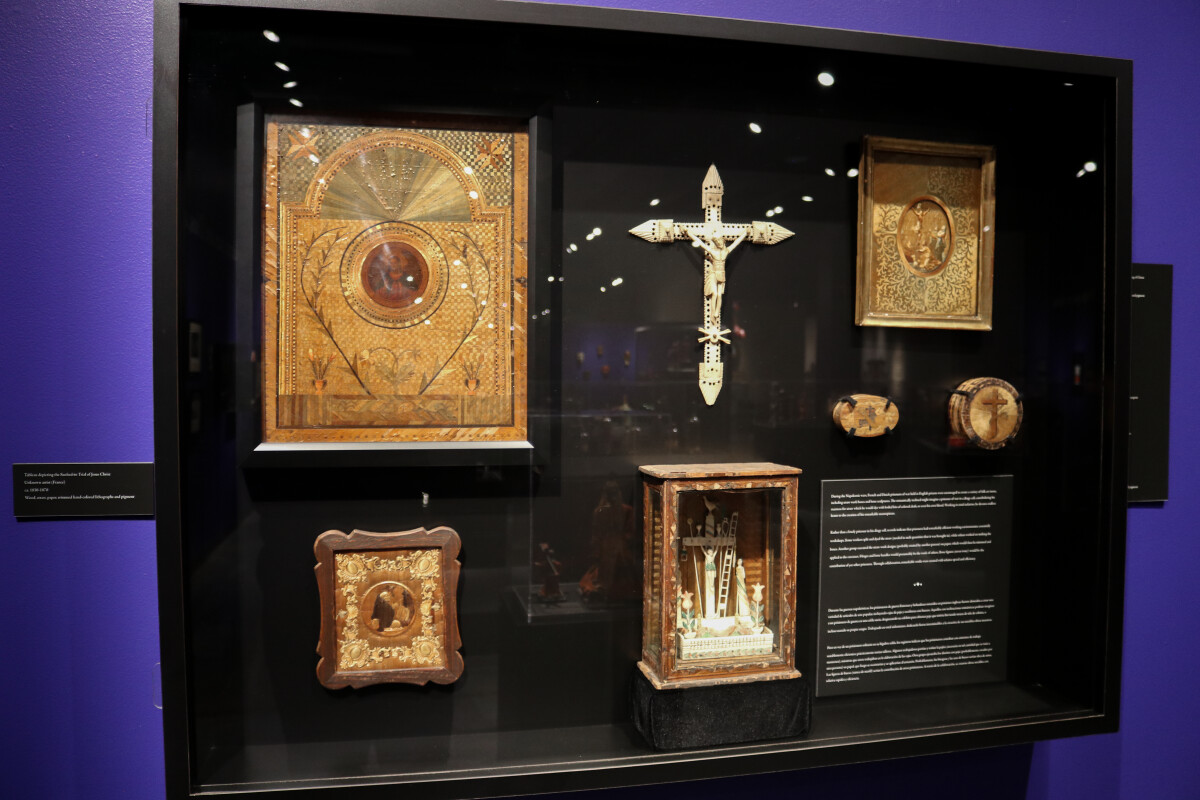
The Devil you Say!
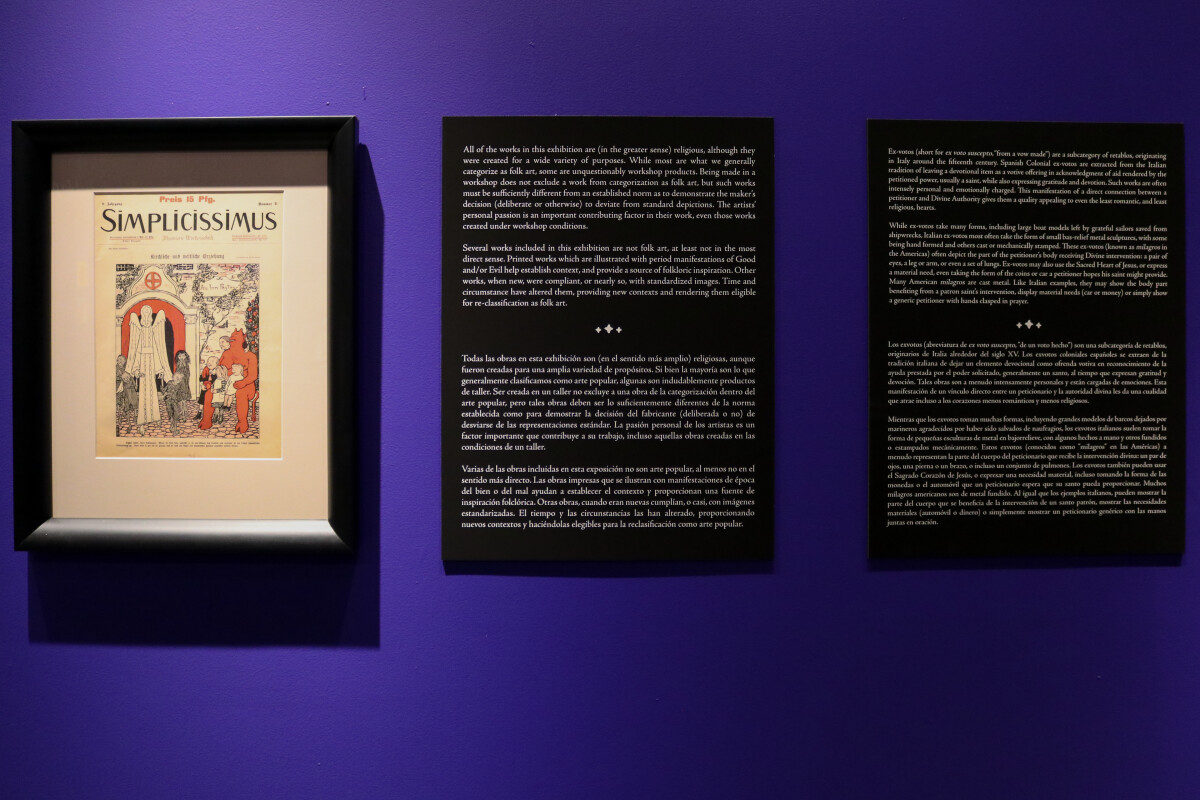
The Devil you Say!
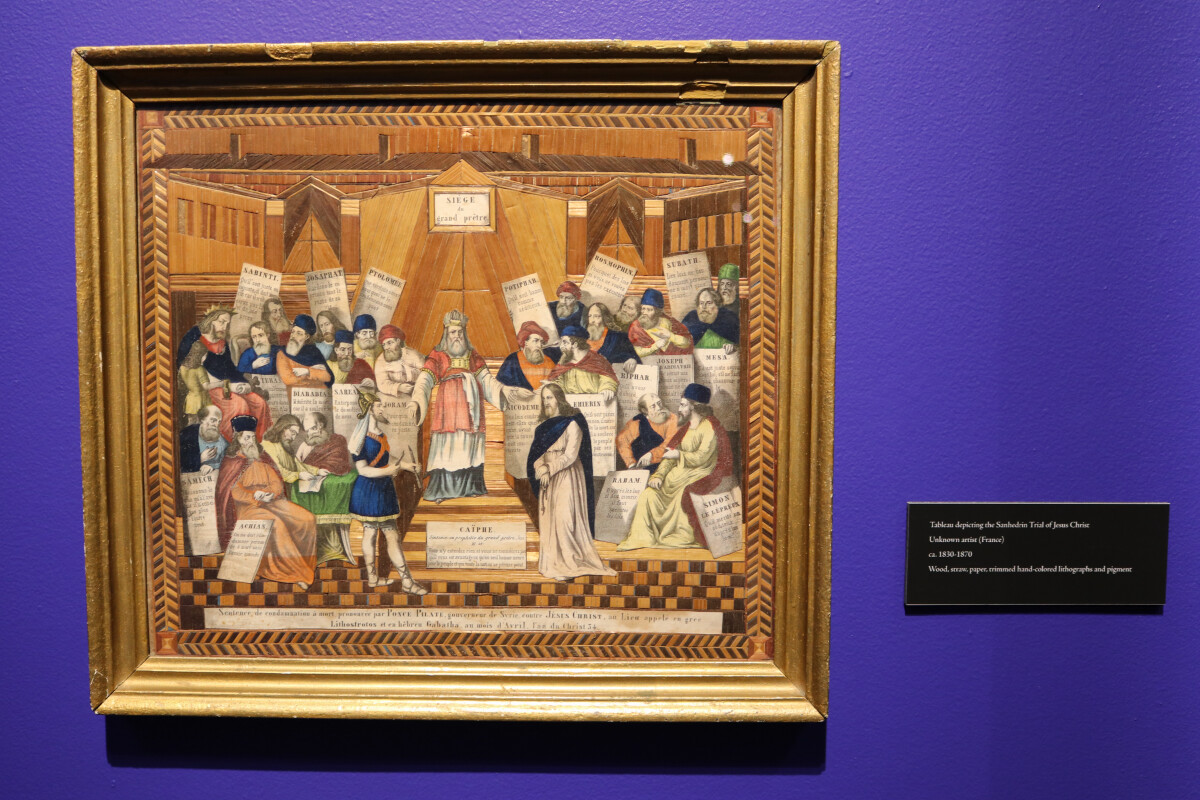
The Devil you Say!
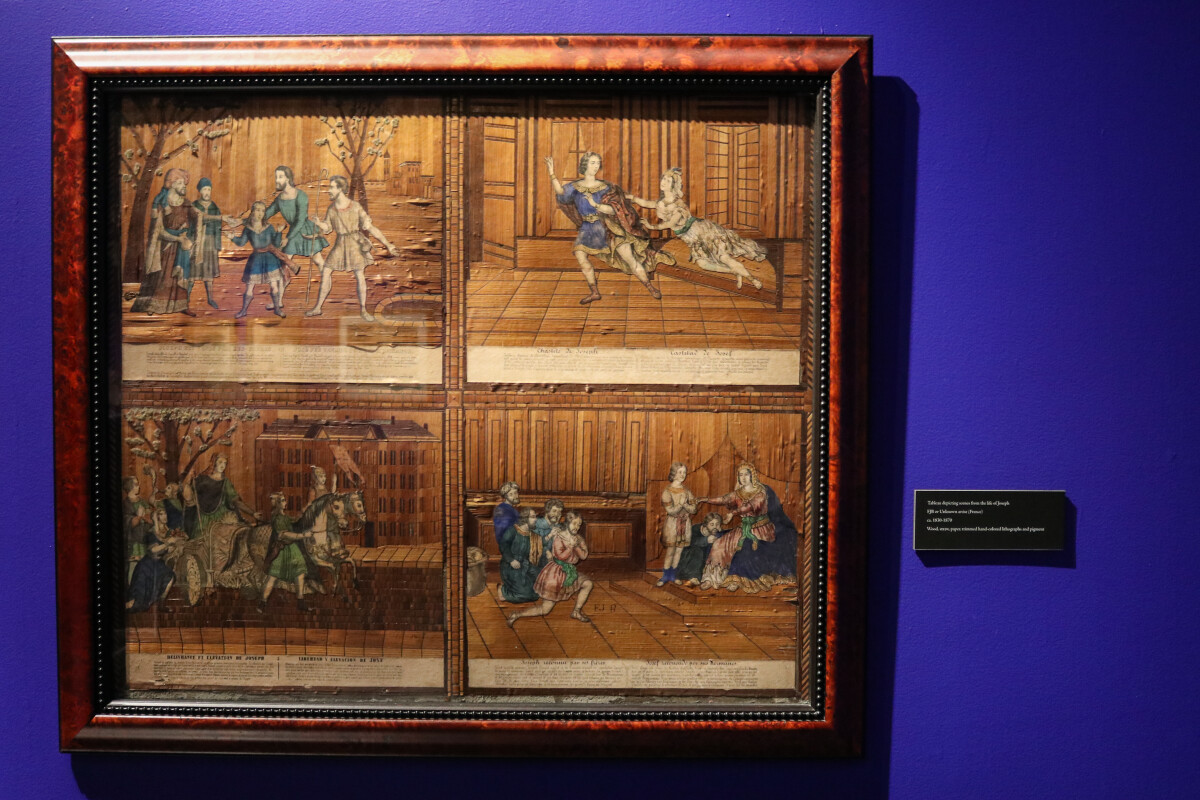
The Devil you Say!
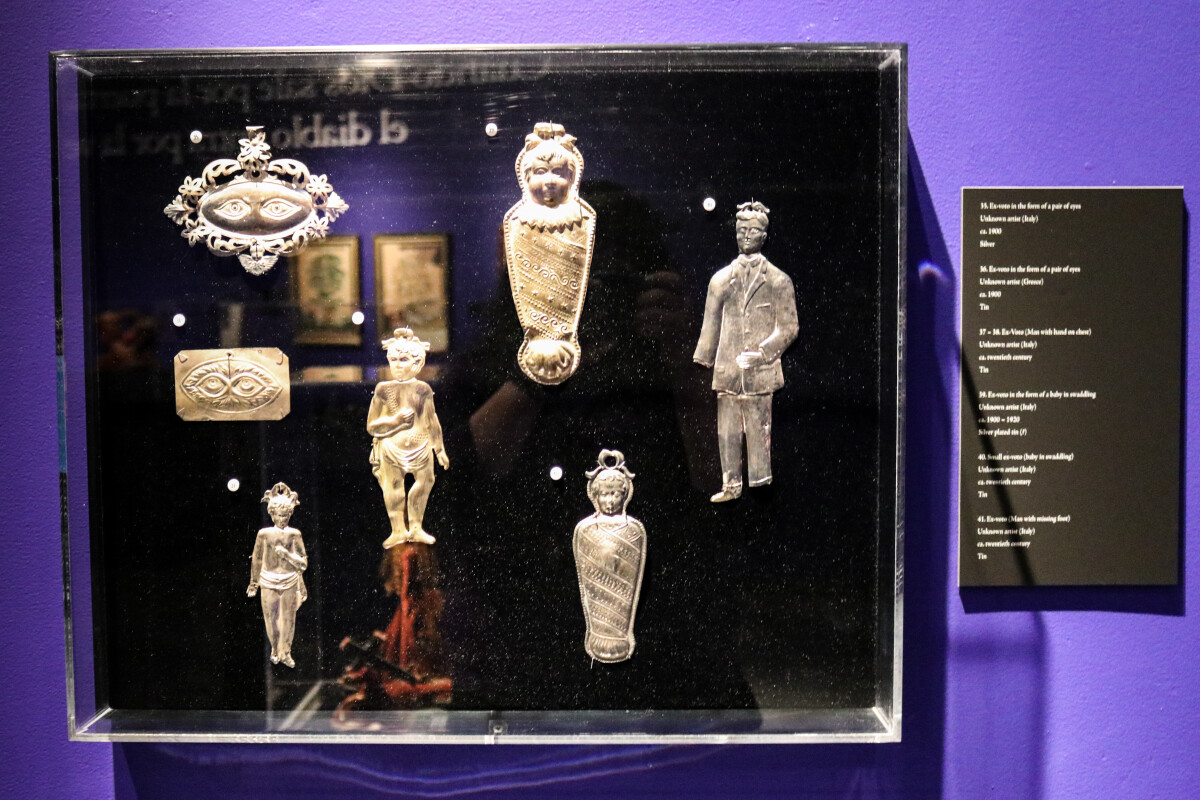
The Devil you Say!
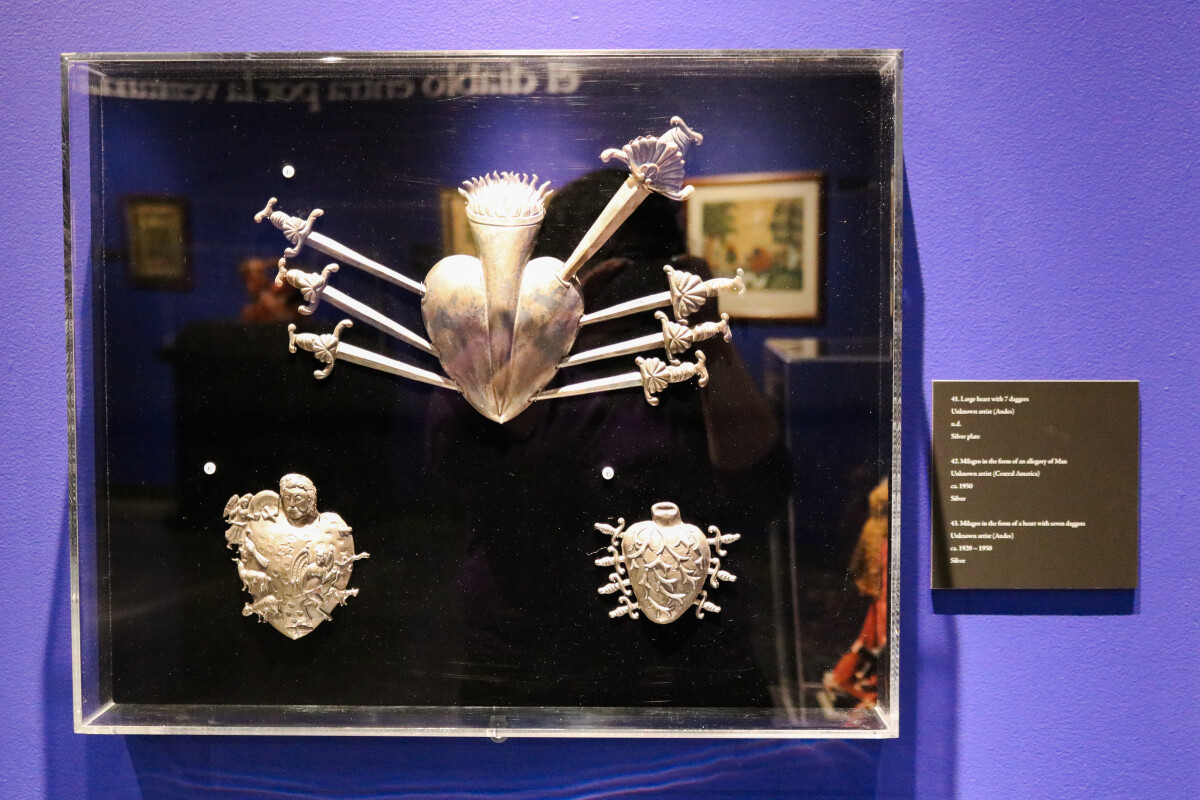
The Devil you Say!
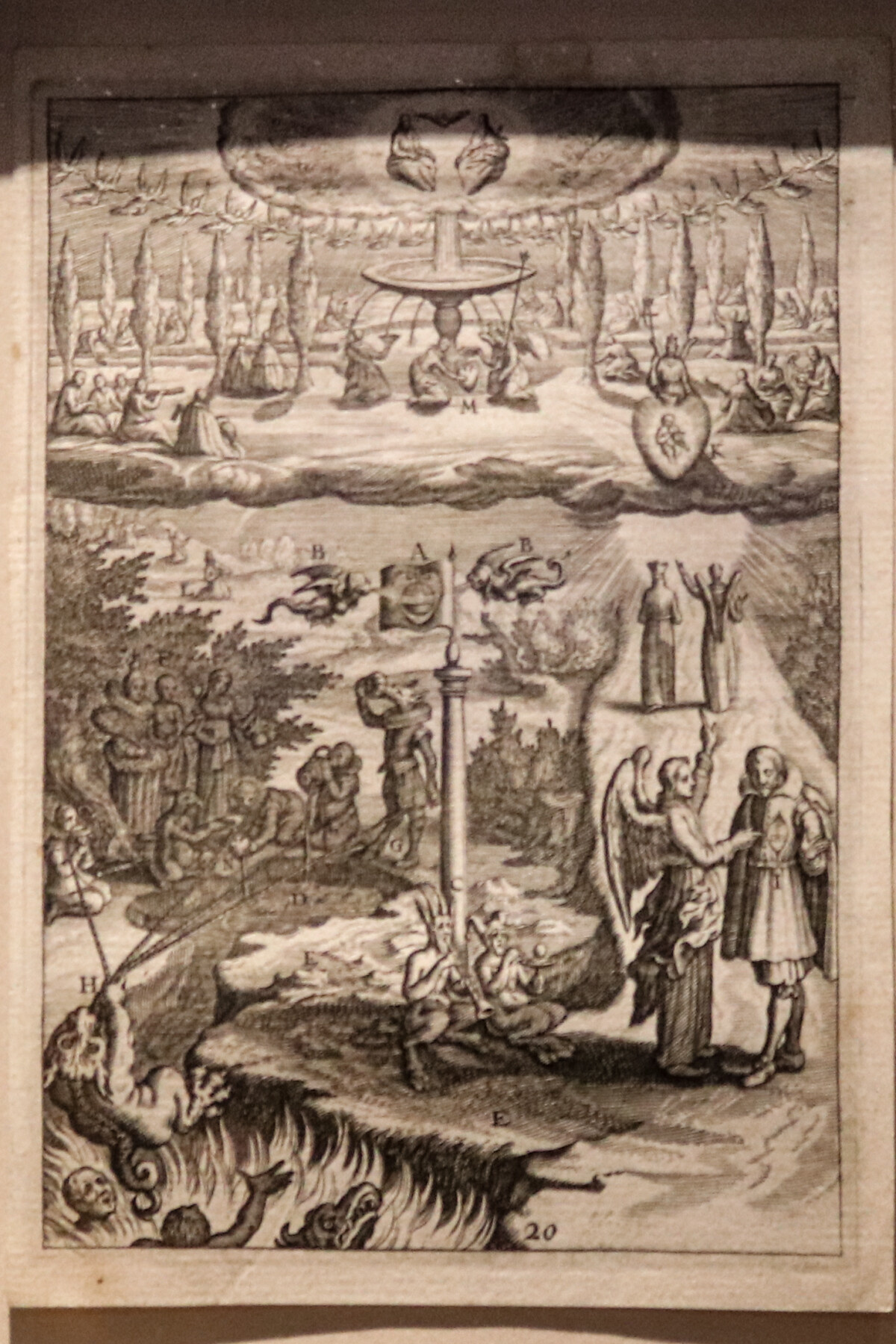
The Devil you Say!
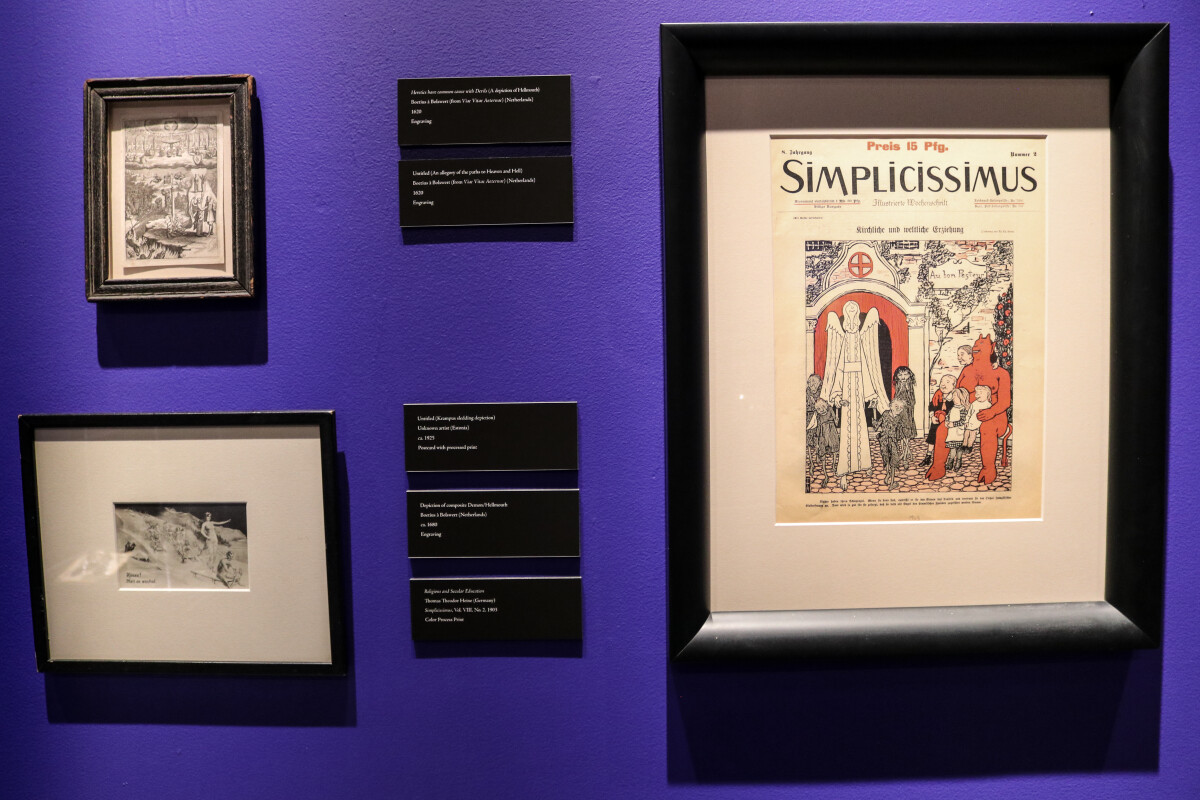
The Devil you Say!
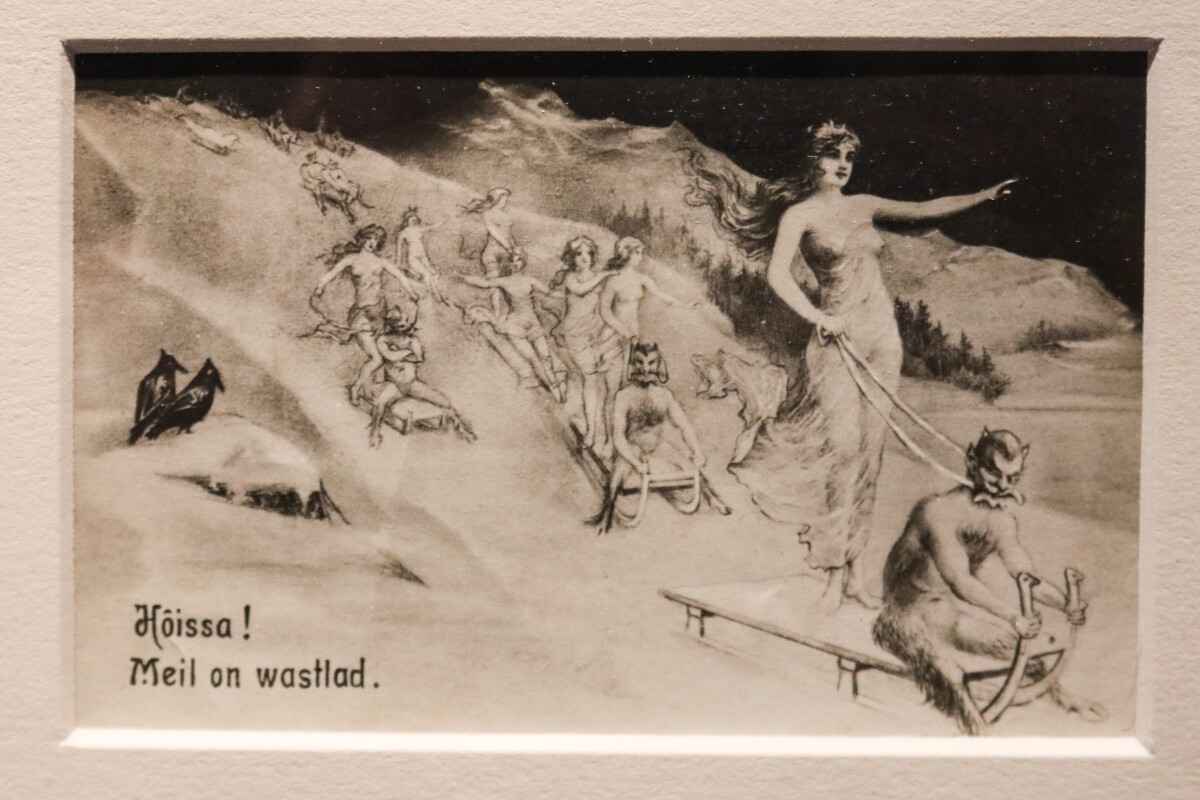
The Devil you Say!
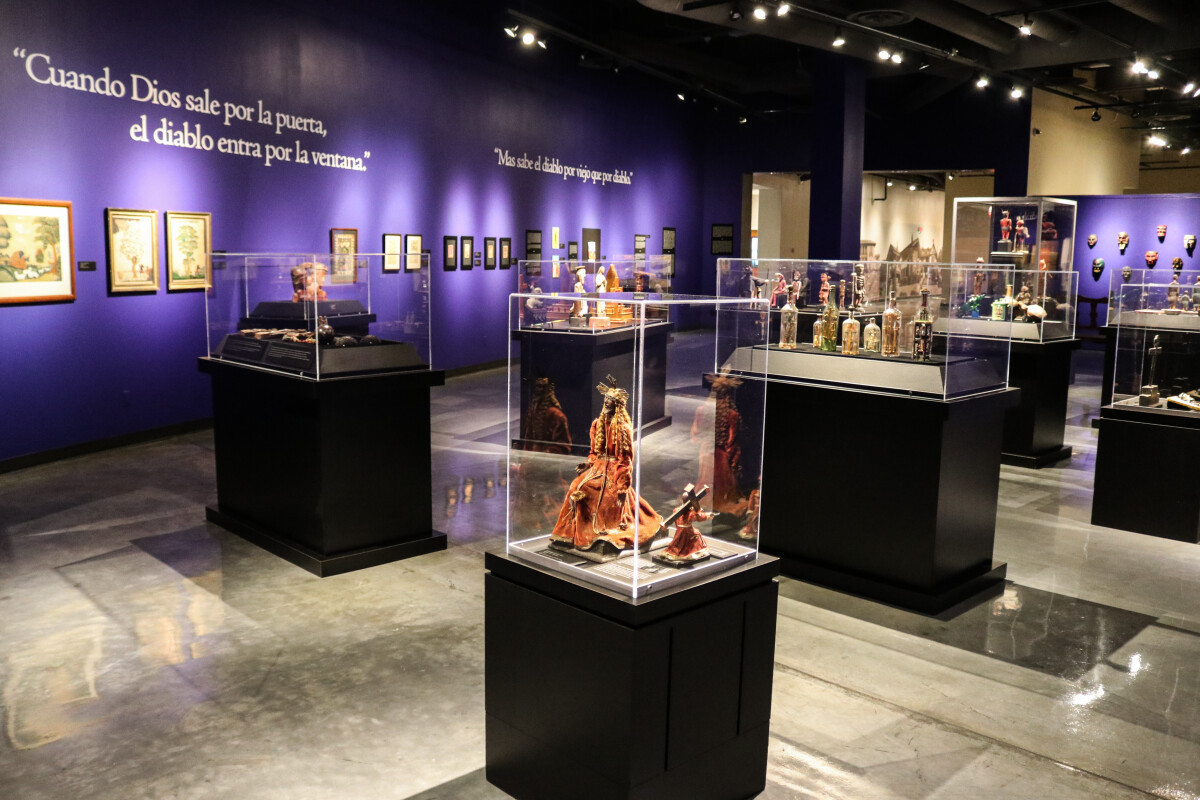
The Devil you Say!
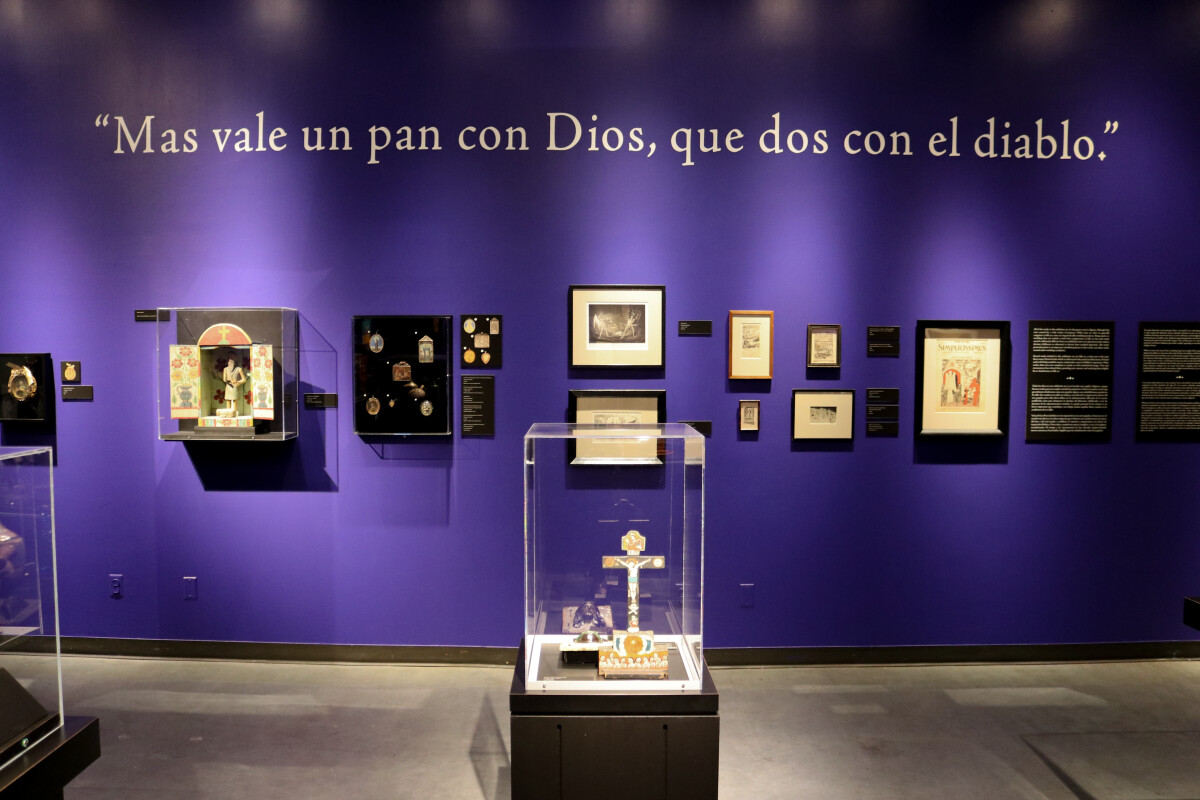
The Devil you Say!
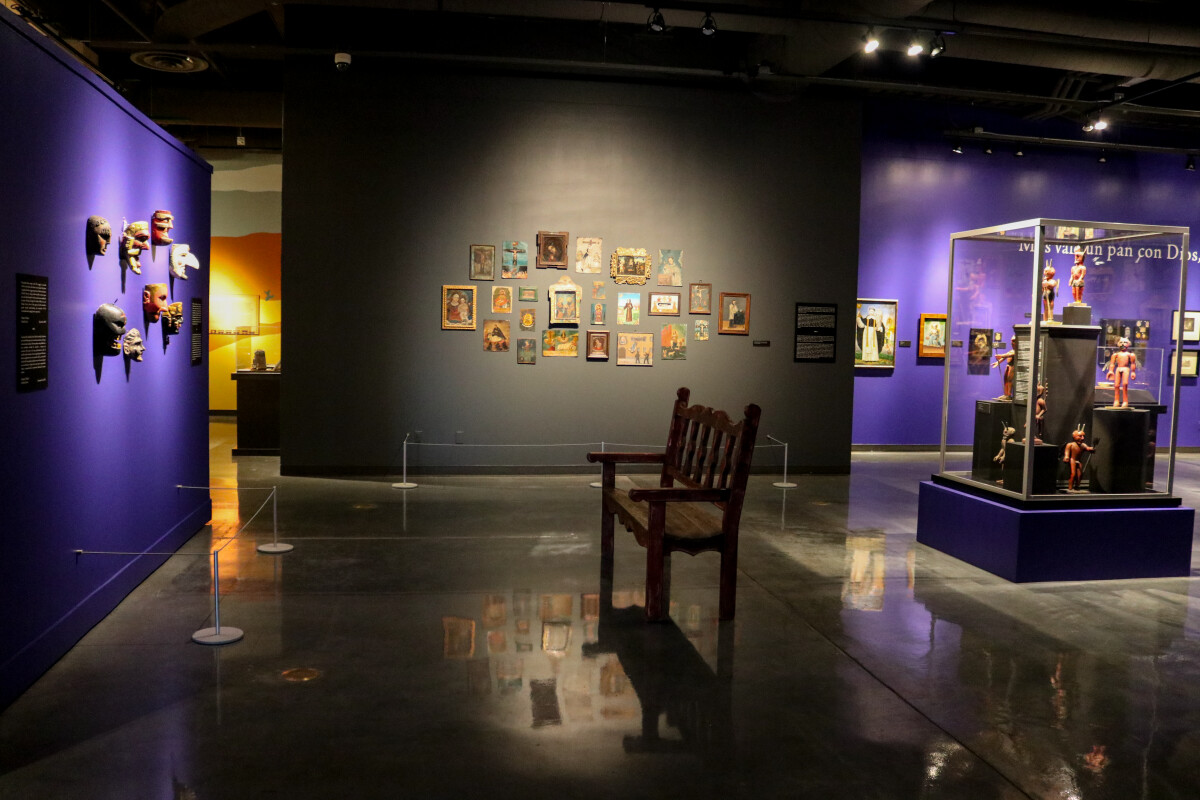
The Devil you Say!
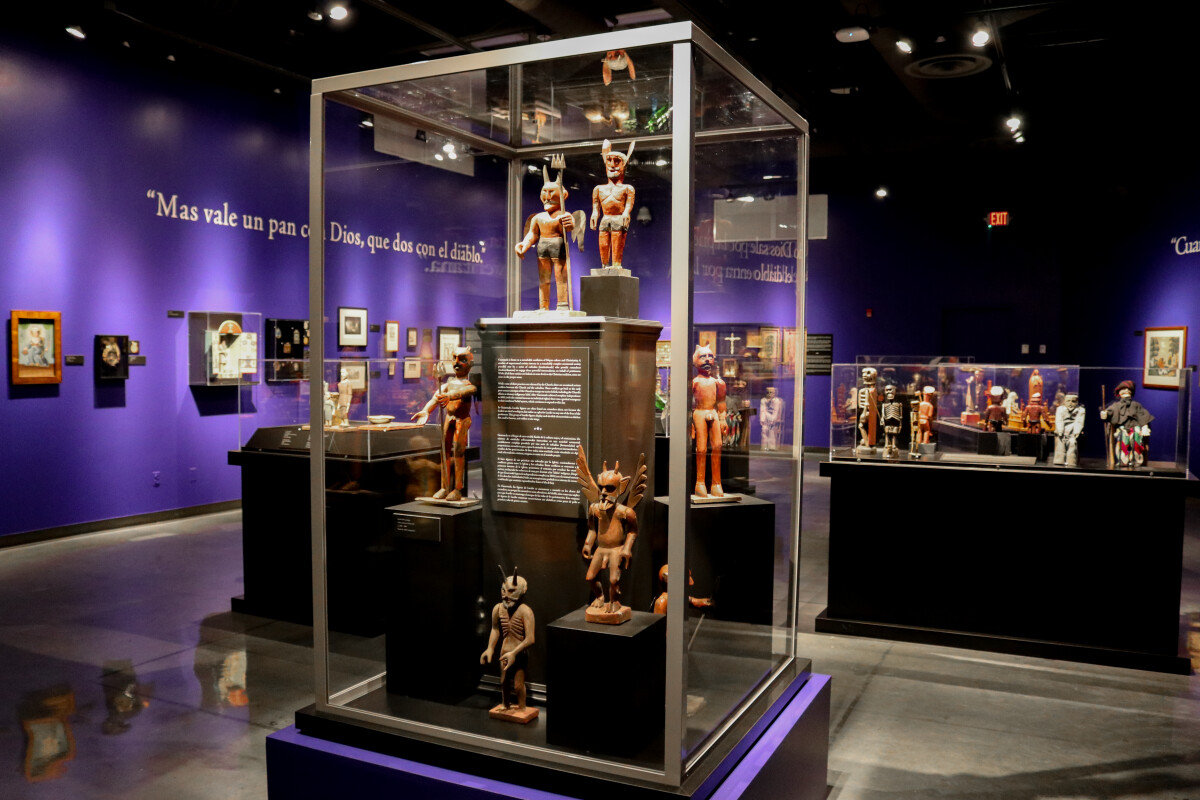
The Devil you Say! The Saintly and not so Saintly in Folk Art
The Devil you Say! The Saintly and not so Saintly, in Folk Art is an exhibition that aims to highlight the ascribed Christian concept of duality, good versus evil, and how that concept has historically shaped folk art practices in the Americas. the Latin American works included herein, are either early works that reflect a standardized formula of European training or are shaped by the artisans' interpretation of Christianity as understood and practices in a deeply rooted Indigenous/Mestizo identity. a section of U.S. American works is also included as it reifies religion-based folk art. This exhibition also includes works from Europe as well as works on paper. Finally, to complement and further provide context, we include accompanying excerpts from the exhibition catalogue written by collector and scholar Michael T. Ricker. We invite the audience to consider the works as a nod to both sides of one coin. The works selected for this exhibition come from a variety of cultures representing centuries of creativity. The inspiration of many of the artists in our exhibition, most of them anonymous, stems from personal belief, often of a profound nature. Some creations emerged from workshops, or near workshop environments, and were intended to meet market demands for devotional objects. Some works are decorative -- others are intended to be used in didactic of publicly devotional manner. some works are intended to profit from a buyer's unreasonable fear (or lack thereof), while others are objects of intense personal devotion, representing visions wildly abstracted from convention and difficult to reattach to established historical context. A few, defying any reasonable categorization, help keep the boundaries delightfully fuzzy.
Area: Central / Downtown
Source: El Paso Museum of History; Michael T. Ricker
Uploaded by: El Paso Museum of History
The Devil you Say! The Saintly and Not so Saintly, in Folk Art
The Devil you Say! The Saintly and not so Saintly, in Folk Art is an exhibition that aims to highlight the ascribed Christian concept of duality, good versus evil, and how that concept has historically shaped folk art practices in the Americas. the Latin American works included herein, are either early works that reflect a standardized formula of European training or are shaped by the artisans' interpretation of Christianity as understood and practices in a deeply rooted Indigenous/Mestizo identity. a section of U.S. American works is also included as it reifies religion-based folk art. This exhibition also includes works from Europe as well as works on paper. Finally, to complement and further provide context, we include accompanying excerpts from the exhibition catalogue written by collector and scholar Michael T. Ricker. We invite the audience to consider the works as a nod to both sides of one coin. The works selected for this exhibition come from a variety of cultures representing centuries of creativity. The inspiration of many of the artists in our exhibition, most of them anonymous, stems from personal belief, often of a profound nature. Some creations emerged from workshops, or near workshop environments, and were intended to meet market demands for devotional objects. Some works are decorative -- others are intended to be used in didactic of publicly devotional manner. some works are intended to profit from a buyer's unreasonable fear (or lack thereof), while others are objects of intense personal devotion, representing visions wildly abstracted from convention and difficult to reattach to established historical context. A few, defying any reasonable categorization, help keep the boundaries delightfully fuzzy.
Area: Central / Downtown
Source: El Paso Museum of History; Michael T. Ricker
Uploaded by: El Paso Museum of History
The Devil you Say! The Saintly and Not so Saintly, in Folk Art
The Devil you Say! The Saintly and not so Saintly, in Folk Art is an exhibition that aims to highlight the ascribed Christian concept of duality, good versus evil, and how that concept has historically shaped folk art practices in the Americas. the Latin American works included herein, are either early works that reflect a standardized formula of European training or are shaped by the artisans' interpretation of Christianity as understood and practices in a deeply rooted Indigenous/Mestizo identity. a section of U.S. American works is also included as it reifies religion-based folk art. This exhibition also includes works from Europe as well as works on paper. Finally, to complement and further provide context, we include accompanying excerpts from the exhibition catalogue written by collector and scholar Michael T. Ricker. We invite the audience to consider the works as a nod to both sides of one coin. The works selected for this exhibition come from a variety of cultures representing centuries of creativity. The inspiration of many of the artists in our exhibition, most of them anonymous, stems from personal belief, often of a profound nature. Some creations emerged from workshops, or near workshop environments, and were intended to meet market demands for devotional objects. Some works are decorative -- others are intended to be used in didactic of publicly devotional manner. some works are intended to profit from a buyer's unreasonable fear (or lack thereof), while others are objects of intense personal devotion, representing visions wildly abstracted from convention and difficult to reattach to established historical context. A few, defying any reasonable categorization, help keep the boundaries delightfully fuzzy.
Area: Central / Downtown
Source: El Paso Museum of History; Michael T. Ricker
Uploaded by: El Paso Museum of History
The Devil you Say! The Saintly and not so Saintly in Folk Art
The Devil you Say! The Saintly and not so Saintly, in Folk Art is an exhibition that aims to highlight the ascribed Christian concept of duality, good versus evil, and how that concept has historically shaped folk art practices in the Americas. the Latin American works included herein, are either early works that reflect a standardized formula of European training or are shaped by the artisans' interpretation of Christianity as understood and practices in a deeply rooted Indigenous/Mestizo identity. a section of U.S. American works is also included as it reifies religion-based folk art. This exhibition also includes works from Europe as well as works on paper. Finally, to complement and further provide context, we include accompanying excerpts from the exhibition catalogue written by collector and scholar Michael T. Ricker. We invite the audience to consider the works as a nod to both sides of one coin. The works selected for this exhibition come from a variety of cultures representing centuries of creativity. The inspiration of many of the artists in our exhibition, most of them anonymous, stems from personal belief, often of a profound nature. Some creations emerged from workshops, or near workshop environments, and were intended to meet market demands for devotional objects. Some works are decorative -- others are intended to be used in didactic of publicly devotional manner. some works are intended to profit from a buyer's unreasonable fear (or lack thereof), while others are objects of intense personal devotion, representing visions wildly abstracted from convention and difficult to reattach to established historical context. A few, defying any reasonable categorization, help keep the boundaries delightfully fuzzy.
Area: Central / Downtown
Source: El Paso Museum of History; Michael T. Ricker
Uploaded by: El Paso Museum of History
The Devil you Say! The Saintly and not so Saintly in Folk Art
The Devil you Say! The Saintly and not so Saintly, in Folk Art is an exhibition that aims to highlight the ascribed Christian concept of duality, good versus evil, and how that concept has historically shaped folk art practices in the Americas. the Latin American works included herein, are either early works that reflect a standardized formula of European training or are shaped by the artisans' interpretation of Christianity as understood and practices in a deeply rooted Indigenous/Mestizo identity. a section of U.S. American works is also included as it reifies religion-based folk art. This exhibition also includes works from Europe as well as works on paper. Finally, to complement and further provide context, we include accompanying excerpts from the exhibition catalogue written by collector and scholar Michael T. Ricker. We invite the audience to consider the works as a nod to both sides of one coin. The works selected for this exhibition come from a variety of cultures representing centuries of creativity. The inspiration of many of the artists in our exhibition, most of them anonymous, stems from personal belief, often of a profound nature. Some creations emerged from workshops, or near workshop environments, and were intended to meet market demands for devotional objects. Some works are decorative -- others are intended to be used in didactic of publicly devotional manner. some works are intended to profit from a buyer's unreasonable fear (or lack thereof), while others are objects of intense personal devotion, representing visions wildly abstracted from convention and difficult to reattach to established historical context. A few, defying any reasonable categorization, help keep the boundaries delightfully fuzzy
Area: Central / Downtown
Source: El Paso Museum of History; Michael T. Ricker
Uploaded by: El Paso Museum of History
The Devil you Say! The Saintly and not so Saintly in Folk Art
The Devil you Say! The Saintly and not so Saintly, in Folk Art is an exhibition that aims to highlight the ascribed Christian concept of duality, good versus evil, and how that concept has historically shaped folk art practices in the Americas. the Latin American works included herein, are either early works that reflect a standardized formula of European training or are shaped by the artisans' interpretation of Christianity as understood and practices in a deeply rooted Indigenous/Mestizo identity. a section of U.S. American works is also included as it reifies religion-based folk art. This exhibition also includes works from Europe as well as works on paper. Finally, to complement and further provide context, we include accompanying excerpts from the exhibition catalogue written by collector and scholar Michael T. Ricker. We invite the audience to consider the works as a nod to both sides of one coin. The works selected for this exhibition come from a variety of cultures representing centuries of creativity. The inspiration of many of the artists in our exhibition, most of them anonymous, stems from personal belief, often of a profound nature. Some creations emerged from workshops, or near workshop environments, and were intended to meet market demands for devotional objects. Some works are decorative -- others are intended to be used in didactic of publicly devotional manner. some works are intended to profit from a buyer's unreasonable fear (or lack thereof), while others are objects of intense personal devotion, representing visions wildly abstracted from convention and difficult to reattach to established historical context. A few, defying any reasonable categorization, help keep the boundaries delightfully fuzzy
Area: Central / Downtown
Source: El Paso Museum of History; Michael T. Ricker
Uploaded by: El Paso Museum of History
The Devil you Say! The Saintly and not so Saintly in Folk Art
The Devil you Say! The Saintly and not so Saintly, in Folk Art is an exhibition that aims to highlight the ascribed Christian concept of duality, good versus evil, and how that concept has historically shaped folk art practices in the Americas. the Latin American works included herein, are either early works that reflect a standardized formula of European training or are shaped by the artisans' interpretation of Christianity as understood and practices in a deeply rooted Indigenous/Mestizo identity. a section of U.S. American works is also included as it reifies religion-based folk art. This exhibition also includes works from Europe as well as works on paper. Finally, to complement and further provide context, we include accompanying excerpts from the exhibition catalogue written by collector and scholar Michael T. Ricker. We invite the audience to consider the works as a nod to both sides of one coin. The works selected for this exhibition come from a variety of cultures representing centuries of creativity. The inspiration of many of the artists in our exhibition, most of them anonymous, stems from personal belief, often of a profound nature. Some creations emerged from workshops, or near workshop environments, and were intended to meet market demands for devotional objects. Some works are decorative -- others are intended to be used in didactic of publicly devotional manner. some works are intended to profit from a buyer's unreasonable fear (or lack thereof), while others are objects of intense personal devotion, representing visions wildly abstracted from convention and difficult to reattach to established historical context. A few, defying any reasonable categorization, help keep the boundaries delightfully fuzzy.
Area: Central / Downtown
Source: El Paso Museum of History; Michael T. Ricker
Uploaded by: El Paso Museum of History
The Devil you Say! The Saintly and not so Saintly in Folk Art
The Devil you Say! The Saintly and not so Saintly, in Folk Art is an exhibition that aims to highlight the ascribed Christian concept of duality, good versus evil, and how that concept has historically shaped folk art practices in the Americas. the Latin American works included herein, are either early works that reflect a standardized formula of European training or are shaped by the artisans' interpretation of Christianity as understood and practices in a deeply rooted Indigenous/Mestizo identity. a section of U.S. American works is also included as it reifies religion-based folk art. This exhibition also includes works from Europe as well as works on paper. Finally, to complement and further provide context, we include accompanying excerpts from the exhibition catalogue written by collector and scholar Michael T. Ricker. We invite the audience to consider the works as a nod to both sides of one coin. The works selected for this exhibition come from a variety of cultures representing centuries of creativity. The inspiration of many of the artists in our exhibition, most of them anonymous, stems from personal belief, often of a profound nature. Some creations emerged from workshops, or near workshop environments, and were intended to meet market demands for devotional objects. Some works are decorative -- others are intended to be used in didactic of publicly devotional manner. some works are intended to profit from a buyer's unreasonable fear (or lack thereof), while others are objects of intense personal devotion, representing visions wildly abstracted from convention and difficult to reattach to established historical context. A few, defying any reasonable categorization, help keep the boundaries delightfully fuzzy.
Area: Central / Downtown
Source: El Paso Museum of History; Michael T. Ricker
Uploaded by: El Paso Museum of History
The Devil you Say! The Saintly and not so Saintly in Folk Art
The Devil you Say! The Saintly and not so Saintly, in Folk Art is an exhibition that aims to highlight the ascribed Christian concept of duality, good versus evil, and how that concept has historically shaped folk art practices in the Americas. the Latin American works included herein, are either early works that reflect a standardized formula of European training or are shaped by the artisans' interpretation of Christianity as understood and practices in a deeply rooted Indigenous/Mestizo identity. a section of U.S. American works is also included as it reifies religion-based folk art. This exhibition also includes works from Europe as well as works on paper. Finally, to complement and further provide context, we include accompanying excerpts from the exhibition catalogue written by collector and scholar Michael T. Ricker. We invite the audience to consider the works as a nod to both sides of one coin. The works selected for this exhibition come from a variety of cultures representing centuries of creativity. The inspiration of many of the artists in our exhibition, most of them anonymous, stems from personal belief, often of a profound nature. Some creations emerged from workshops, or near workshop environments, and were intended to meet market demands for devotional objects. Some works are decorative -- others are intended to be used in didactic of publicly devotional manner. some works are intended to profit from a buyer's unreasonable fear (or lack thereof), while others are objects of intense personal devotion, representing visions wildly abstracted from convention and difficult to reattach to established historical context. A few, defying any reasonable categorization, help keep the boundaries delightfully fuzzy.
Area: Central / Downtown
Source: El Paso Museum of History; Michael T. Ricker
Uploaded by: El Paso Museum of History
The Devil you Say! The Saintly and not so Saintly in Folk Art
The Devil you Say! The Saintly and not so Saintly, in Folk Art is an exhibition that aims to highlight the ascribed Christian concept of duality, good versus evil, and how that concept has historically shaped folk art practices in the Americas. the Latin American works included herein, are either early works that reflect a standardized formula of European training or are shaped by the artisans' interpretation of Christianity as understood and practices in a deeply rooted Indigenous/Mestizo identity. a section of U.S. American works is also included as it reifies religion-based folk art. This exhibition also includes works from Europe as well as works on paper. Finally, to complement and further provide context, we include accompanying excerpts from the exhibition catalogue written by collector and scholar Michael T. Ricker. We invite the audience to consider the works as a nod to both sides of one coin. The works selected for this exhibition come from a variety of cultures representing centuries of creativity. The inspiration of many of the artists in our exhibition, most of them anonymous, stems from personal belief, often of a profound nature. Some creations emerged from workshops, or near workshop environments, and were intended to meet market demands for devotional objects. Some works are decorative -- others are intended to be used in didactic of publicly devotional manner. some works are intended to profit from a buyer's unreasonable fear (or lack thereof), while others are objects of intense personal devotion, representing visions wildly abstracted from convention and difficult to reattach to established historical context. A few, defying any reasonable categorization, help keep the boundaries delightfully fuzzy.
Area: Central / Downtown
Source: El Paso Museum of History; Michael T. Ricker
Uploaded by: El Paso Museum of History
The Devil you Say! The Saintly and not so Saintly in Folk Art
The Devil you Say! The Saintly and not so Saintly, in Folk Art is an exhibition that aims to highlight the ascribed Christian concept of duality, good versus evil, and how that concept has historically shaped folk art practices in the Americas. the Latin American works included herein, are either early works that reflect a standardized formula of European training or are shaped by the artisans' interpretation of Christianity as understood and practices in a deeply rooted Indigenous/Mestizo identity. a section of U.S. American works is also included as it reifies religion-based folk art. This exhibition also includes works from Europe as well as works on paper. Finally, to complement and further provide context, we include accompanying excerpts from the exhibition catalogue written by collector and scholar Michael T. Ricker. We invite the audience to consider the works as a nod to both sides of one coin. The works selected for this exhibition come from a variety of cultures representing centuries of creativity. The inspiration of many of the artists in our exhibition, most of them anonymous, stems from personal belief, often of a profound nature. Some creations emerged from workshops, or near workshop environments, and were intended to meet market demands for devotional objects. Some works are decorative -- others are intended to be used in didactic of publicly devotional manner. some works are intended to profit from a buyer's unreasonable fear (or lack thereof), while others are objects of intense personal devotion, representing visions wildly abstracted from convention and difficult to reattach to established historical context. A few, defying any reasonable categorization, help keep the boundaries delightfully fuzzy.
Area: Central / Downtown
Source: El Paso Museum of History; Michael T. Ricker
Uploaded by: El Paso Museum of History
The Devil you Say! The Saintly and not so Saintly in Folk Art
The Devil you Say! The Saintly and not so Saintly, in Folk Art is an exhibition that aims to highlight the ascribed Christian concept of duality, good versus evil, and how that concept has historically shaped folk art practices in the Americas. the Latin American works included herein, are either early works that reflect a standardized formula of European training or are shaped by the artisans' interpretation of Christianity as understood and practices in a deeply rooted Indigenous/Mestizo identity. a section of U.S. American works is also included as it reifies religion-based folk art. This exhibition also includes works from Europe as well as works on paper. Finally, to complement and further provide context, we include accompanying excerpts from the exhibition catalogue written by collector and scholar Michael T. Ricker. We invite the audience to consider the works as a nod to both sides of one coin. The works selected for this exhibition come from a variety of cultures representing centuries of creativity. The inspiration of many of the artists in our exhibition, most of them anonymous, stems from personal belief, often of a profound nature. Some creations emerged from workshops, or near workshop environments, and were intended to meet market demands for devotional objects. Some works are decorative -- others are intended to be used in didactic of publicly devotional manner. some works are intended to profit from a buyer's unreasonable fear (or lack thereof), while others are objects of intense personal devotion, representing visions wildly abstracted from convention and difficult to reattach to established historical context. A few, defying any reasonable categorization, help keep the boundaries delightfully fuzzy.
Area: Central / Downtown
Source: El Paso Museum of History; Michael T. Ricker
Uploaded by: El Paso Museum of History
The Devil you Say! The Saintly and not so Saintly in Folk Art
The Devil you Say! The Saintly and not so Saintly, in Folk Art is an exhibition that aims to highlight the ascribed Christian concept of duality, good versus evil, and how that concept has historically shaped folk art practices in the Americas. the Latin American works included herein, are either early works that reflect a standardized formula of European training or are shaped by the artisans' interpretation of Christianity as understood and practices in a deeply rooted Indigenous/Mestizo identity. a section of U.S. American works is also included as it reifies religion-based folk art. This exhibition also includes works from Europe as well as works on paper. Finally, to complement and further provide context, we include accompanying excerpts from the exhibition catalogue written by collector and scholar Michael T. Ricker. We invite the audience to consider the works as a nod to both sides of one coin. The works selected for this exhibition come from a variety of cultures representing centuries of creativity. The inspiration of many of the artists in our exhibition, most of them anonymous, stems from personal belief, often of a profound nature. Some creations emerged from workshops, or near workshop environments, and were intended to meet market demands for devotional objects. Some works are decorative -- others are intended to be used in didactic of publicly devotional manner. some works are intended to profit from a buyer's unreasonable fear (or lack thereof), while others are objects of intense personal devotion, representing visions wildly abstracted from convention and difficult to reattach to established historical context. A few, defying any reasonable categorization, help keep the boundaries delightfully fuzzy.
Area: Central / Downtown
Source: El Paso Museum of History; Michael T. Ricker
Uploaded by: El Paso Museum of History
The Devil you Say! The Saintly and not so Saintly in Folk Art
The Devil you Say! The Saintly and not so Saintly, in Folk Art is an exhibition that aims to highlight the ascribed Christian concept of duality, good versus evil, and how that concept has historically shaped folk art practices in the Americas. the Latin American works included herein, are either early works that reflect a standardized formula of European training or are shaped by the artisans' interpretation of Christianity as understood and practices in a deeply rooted Indigenous/Mestizo identity. a section of U.S. American works is also included as it reifies religion-based folk art. This exhibition also includes works from Europe as well as works on paper. Finally, to complement and further provide context, we include accompanying excerpts from the exhibition catalogue written by collector and scholar Michael T. Ricker. We invite the audience to consider the works as a nod to both sides of one coin. The works selected for this exhibition come from a variety of cultures representing centuries of creativity. The inspiration of many of the artists in our exhibition, most of them anonymous, stems from personal belief, often of a profound nature. Some creations emerged from workshops, or near workshop environments, and were intended to meet market demands for devotional objects. Some works are decorative -- others are intended to be used in didactic of publicly devotional manner. some works are intended to profit from a buyer's unreasonable fear (or lack thereof), while others are objects of intense personal devotion, representing visions wildly abstracted from convention and difficult to reattach to established historical context. A few, defying any reasonable categorization, help keep the boundaries delightfully fuzzy.
Area: Central / Downtown
Source: El Paso Museum of History; Michael T. Ricker
Uploaded by: El Paso Museum of History
The Devil you Say! The Saintly and not so Saintly in Folk Art
The Devil you Say! The Saintly and not so Saintly, in Folk Art is an exhibition that aims to highlight the ascribed Christian concept of duality, good versus evil, and how that concept has historically shaped folk art practices in the Americas. the Latin American works included herein, are either early works that reflect a standardized formula of European training or are shaped by the artisans' interpretation of Christianity as understood and practices in a deeply rooted Indigenous/Mestizo identity. a section of U.S. American works is also included as it reifies religion-based folk art. This exhibition also includes works from Europe as well as works on paper. Finally, to complement and further provide context, we include accompanying excerpts from the exhibition catalogue written by collector and scholar Michael T. Ricker. We invite the audience to consider the works as a nod to both sides of one coin. The works selected for this exhibition come from a variety of cultures representing centuries of creativity. The inspiration of many of the artists in our exhibition, most of them anonymous, stems from personal belief, often of a profound nature. Some creations emerged from workshops, or near workshop environments, and were intended to meet market demands for devotional objects. Some works are decorative -- others are intended to be used in didactic of publicly devotional manner. some works are intended to profit from a buyer's unreasonable fear (or lack thereof), while others are objects of intense personal devotion, representing visions wildly abstracted from convention and difficult to reattach to established historical context. A few, defying any reasonable categorization, help keep the boundaries delightfully fuzzy.
Area: Central / Downtown
Source: El Paso Museum of History; Michael T. Ricker
Uploaded by: El Paso Museum of History
The Devil you Say! The Saintly and not so Saintly in Folk Art
The Devil you Say! The Saintly and not so Saintly, in Folk Art is an exhibition that aims to highlight the ascribed Christian concept of duality, good versus evil, and how that concept has historically shaped folk art practices in the Americas. the Latin American works included herein, are either early works that reflect a standardized formula of European training or are shaped by the artisans' interpretation of Christianity as understood and practices in a deeply rooted Indigenous/Mestizo identity. a section of U.S. American works is also included as it reifies religion-based folk art. This exhibition also includes works from Europe as well as works on paper. Finally, to complement and further provide context, we include accompanying excerpts from the exhibition catalogue written by collector and scholar Michael T. Ricker. We invite the audience to consider the works as a nod to both sides of one coin. The works selected for this exhibition come from a variety of cultures representing centuries of creativity. The inspiration of many of the artists in our exhibition, most of them anonymous, stems from personal belief, often of a profound nature. Some creations emerged from workshops, or near workshop environments, and were intended to meet market demands for devotional objects. Some works are decorative -- others are intended to be used in didactic of publicly devotional manner. some works are intended to profit from a buyer's unreasonable fear (or lack thereof), while others are objects of intense personal devotion, representing visions wildly abstracted from convention and difficult to reattach to established historical context. A few, defying any reasonable categorization, help keep the boundaries delightfully fuzzy.
Area: Central / Downtown
Source: El Paso Museum of History; Michael T. Ricker
Uploaded by: El Paso Museum of History
The Devil you Say! The Saintly and not so Saintly in Folk Art
The Devil you Say! The Saintly and not so Saintly, in Folk Art is an exhibition that aims to highlight the ascribed Christian concept of duality, good versus evil, and how that concept has historically shaped folk art practices in the Americas. the Latin American works included herein, are either early works that reflect a standardized formula of European training or are shaped by the artisans' interpretation of Christianity as understood and practices in a deeply rooted Indigenous/Mestizo identity. a section of U.S. American works is also included as it reifies religion-based folk art. This exhibition also includes works from Europe as well as works on paper. Finally, to complement and further provide context, we include accompanying excerpts from the exhibition catalogue written by collector and scholar Michael T. Ricker. We invite the audience to consider the works as a nod to both sides of one coin. The works selected for this exhibition come from a variety of cultures representing centuries of creativity. The inspiration of many of the artists in our exhibition, most of them anonymous, stems from personal belief, often of a profound nature. Some creations emerged from workshops, or near workshop environments, and were intended to meet market demands for devotional objects. Some works are decorative -- others are intended to be used in didactic of publicly devotional manner. some works are intended to profit from a buyer's unreasonable fear (or lack thereof), while others are objects of intense personal devotion, representing visions wildly abstracted from convention and difficult to reattach to established historical context. A few, defying any reasonable categorization, help keep the boundaries delightfully fuzzy.
Area: Central / Downtown
Source: El Paso Museum of History; Michael T. Ricker
Uploaded by: El Paso Museum of History
The Devil you Say! The Saintly and not so Saintly in Folk Art
The Devil you Say! The Saintly and not so Saintly, in Folk Art is an exhibition that aims to highlight the ascribed Christian concept of duality, good versus evil, and how that concept has historically shaped folk art practices in the Americas. the Latin American works included herein, are either early works that reflect a standardized formula of European training or are shaped by the artisans' interpretation of Christianity as understood and practices in a deeply rooted Indigenous/Mestizo identity. a section of U.S. American works is also included as it reifies religion-based folk art. This exhibition also includes works from Europe as well as works on paper. Finally, to complement and further provide context, we include accompanying excerpts from the exhibition catalogue written by collector and scholar Michael T. Ricker. We invite the audience to consider the works as a nod to both sides of one coin. “The works selected for this exhibition come from a variety of cultures representing centuries of creativity. The inspiration of many of the artists in our exhibition, most of them anonymous, stems from personal belief, often of a profound nature. Some creations emerged from workshops, or near workshop environments, and were intended to meet market demands for devotional objects. Some works are decorative -- others are intended to be used in didactic of publicly devotional manner. some works are intended to profit from a buyer's unreasonable fear (or lack thereof), while others are objects of intense personal devotion, representing visions wildly abstracted from convention and difficult to reattach to established historical context. A few, defying any reasonable categorization, help keep the boundaries delightfully fuzzy.”- Michael T. Ricker, Collector
Area: Central / Downtown
Source: El Paso Museum of History; Michael T. Ricker
Uploaded by: El Paso Museum of History
The Devil you Say! The Saintly and not so Saintly in Folk Art
The Devil you Say! The Saintly and not so Saintly, in Folk Art is an exhibition that aims to highlight the ascribed Christian concept of duality, good versus evil, and how that concept has historically shaped folk art practices in the Americas. the Latin American works included herein, are either early works that reflect a standardized formula of European training or are shaped by the artisans' interpretation of Christianity as understood and practices in a deeply rooted Indigenous/Mestizo identity. a section of U.S. American works is also included as it reifies religion-based folk art. This exhibition also includes works from Europe as well as works on paper. Finally, to complement and further provide context, we include accompanying excerpts from the exhibition catalogue written by collector and scholar Michael T. Ricker. We invite the audience to consider the works as a nod to both sides of one coin. “The works selected for this exhibition come from a variety of cultures representing centuries of creativity. The inspiration of many of the artists in our exhibition, most of them anonymous, stems from personal belief, often of a profound nature. Some creations emerged from workshops, or near workshop environments, and were intended to meet market demands for devotional objects. Some works are decorative -- others are intended to be used in didactic of publicly devotional manner. some works are intended to profit from a buyer's unreasonable fear (or lack thereof), while others are objects of intense personal devotion, representing visions wildly abstracted from convention and difficult to reattach to established historical context. A few, defying any reasonable categorization, help keep the boundaries delightfully fuzzy.”- Michael T. Ricker, Collector
Area: Central / Downtown
Source: El Paso Museum of History; Michael T. Ricker
Uploaded by: El Paso Museum of History
The Devil you Say! The Saintly and not so Saintly in Folk Art
The Devil you Say! The Saintly and not so Saintly, in Folk Art is an exhibition that aims to highlight the ascribed Christian concept of duality, good versus evil, and how that concept has historically shaped folk art practices in the Americas. the Latin American works included herein, are either early works that reflect a standardized formula of European training or are shaped by the artisans' interpretation of Christianity as understood and practices in a deeply rooted Indigenous/Mestizo identity. a section of U.S. American works is also included as it reifies religion-based folk art. This exhibition also includes works from Europe as well as works on paper. Finally, to complement and further provide context, we include accompanying excerpts from the exhibition catalogue written by collector and scholar Michael T. Ricker. We invite the audience to consider the works as a nod to both sides of one coin. “The works selected for this exhibition come from a variety of cultures representing centuries of creativity. The inspiration of many of the artists in our exhibition, most of them anonymous, stems from personal belief, often of a profound nature. Some creations emerged from workshops, or near workshop environments, and were intended to meet market demands for devotional objects. Some works are decorative -- others are intended to be used in didactic of publicly devotional manner. some works are intended to profit from a buyer's unreasonable fear (or lack thereof), while others are objects of intense personal devotion, representing visions wildly abstracted from convention and difficult to reattach to established historical context. A few, defying any reasonable categorization, help keep the boundaries delightfully fuzzy.”- Michael T. Ricker, Collector
Area: Central / Downtown
Source: El Paso Museum of History; Michael T. Ricker
Uploaded by: El Paso Museum of History
The Devil you Say! The Saintly and not so Saintly in Folk Art
The Devil you Say! The Saintly and not so Saintly, in Folk Art is an exhibition that aims to highlight the ascribed Christian concept of duality, good versus evil, and how that concept has historically shaped folk art practices in the Americas. the Latin American works included herein, are either early works that reflect a standardized formula of European training or are shaped by the artisans' interpretation of Christianity as understood and practices in a deeply rooted Indigenous/Mestizo identity. a section of U.S. American works is also included as it reifies religion-based folk art. This exhibition also includes works from Europe as well as works on paper. Finally, to complement and further provide context, we include accompanying excerpts from the exhibition catalogue written by collector and scholar Michael T. Ricker. We invite the audience to consider the works as a nod to both sides of one coin. “The works selected for this exhibition come from a variety of cultures representing centuries of creativity. The inspiration of many of the artists in our exhibition, most of them anonymous, stems from personal belief, often of a profound nature. Some creations emerged from workshops, or near workshop environments, and were intended to meet market demands for devotional objects. Some works are decorative -- others are intended to be used in didactic of publicly devotional manner. some works are intended to profit from a buyer's unreasonable fear (or lack thereof), while others are objects of intense personal devotion, representing visions wildly abstracted from convention and difficult to reattach to established historical context. A few, defying any reasonable categorization, help keep the boundaries delightfully fuzzy.”- Michael T. Ricker, Collector
Area: Central / Downtown
Source: El Paso Museum of History; Michael T. Ricker
Uploaded by: El Paso Museum of History
The Devil you Say! The Saintly and not so Saintly in Folk Art
The Devil you Say! The Saintly and not so Saintly, in Folk Art is an exhibition that aims to highlight the ascribed Christian concept of duality, good versus evil, and how that concept has historically shaped folk art practices in the Americas. the Latin American works included herein, are either early works that reflect a standardized formula of European training or are shaped by the artisans' interpretation of Christianity as understood and practices in a deeply rooted Indigenous/Mestizo identity. a section of U.S. American works is also included as it reifies religion-based folk art. This exhibition also includes works from Europe as well as works on paper. Finally, to complement and further provide context, we include accompanying excerpts from the exhibition catalogue written by collector and scholar Michael T. Ricker. We invite the audience to consider the works as a nod to both sides of one coin. The works selected for this exhibition come from a variety of cultures representing centuries of creativity. The inspiration of many of the artists in our exhibition, most of them anonymous, stems from personal belief, often of a profound nature. Some creations emerged from workshops, or near workshop environments, and were intended to meet market demands for devotional objects. Some works are decorative -- others are intended to be used in didactic of publicly devotional manner. some works are intended to profit from a buyer's unreasonable fear (or lack thereof), while others are objects of intense personal devotion, representing visions wildly abstracted from convention and difficult to reattach to established historical context. A few, defying any reasonable categorization, help keep the boundaries delightfully fuzzy.
Area: Central / Downtown
Source: El Paso Museum of History; Michael T. Ricker
Uploaded by: El Paso Museum of History
The Devil you Say! The Saintly and not so Saintly in Folk Art
The Devil you Say! The Saintly and not so Saintly, in Folk Art is an exhibition that aims to highlight the ascribed Christian concept of duality, good versus evil, and how that concept has historically shaped folk art practices in the Americas. the Latin American works included herein, are either early works that reflect a standardized formula of European training or are shaped by the artisans' interpretation of Christianity as understood and practices in a deeply rooted Indigenous/Mestizo identity. a section of U.S. American works is also included as it reifies religion-based folk art. This exhibition also includes works from Europe as well as works on paper. Finally, to complement and further provide context, we include accompanying excerpts from the exhibition catalogue written by collector and scholar Michael T. Ricker. We invite the audience to consider the works as a nod to both sides of one coin. “The works selected for this exhibition come from a variety of cultures representing centuries of creativity. The inspiration of many of the artists in our exhibition, most of them anonymous, stems from personal belief, often of a profound nature. Some creations emerged from workshops, or near workshop environments, and were intended to meet market demands for devotional objects. Some works are decorative -- others are intended to be used in didactic of publicly devotional manner. some works are intended to profit from a buyer's unreasonable fear (or lack thereof), while others are objects of intense personal devotion, representing visions wildly abstracted from convention and difficult to reattach to established historical context. A few, defying any reasonable categorization, help keep the boundaries delightfully fuzzy.”- Michael T. Ricker, Collector
Area: Central / Downtown
Source: El Paso Museum of History; Michael T. Ricker
Uploaded by: El Paso Museum of History
The Devil you Say! The Saintly and not so Saintly in Folk Art
The Devil you Say! The Saintly and not so Saintly, in Folk Art is an exhibition that aims to highlight the ascribed Christian concept of duality, good versus evil, and how that concept has historically shaped folk art practices in the Americas. the Latin American works included herein, are either early works that reflect a standardized formula of European training or are shaped by the artisans' interpretation of Christianity as understood and practices in a deeply rooted Indigenous/Mestizo identity. a section of U.S. American works is also included as it reifies religion-based folk art. This exhibition also includes works from Europe as well as works on paper. Finally, to complement and further provide context, we include accompanying excerpts from the exhibition catalogue written by collector and scholar Michael T. Ricker. We invite the audience to consider the works as a nod to both sides of one coin. “The works selected for this exhibition come from a variety of cultures representing centuries of creativity. The inspiration of many of the artists in our exhibition, most of them anonymous, stems from personal belief, often of a profound nature. Some creations emerged from workshops, or near workshop environments, and were intended to meet market demands for devotional objects. Some works are decorative -- others are intended to be used in didactic of publicly devotional manner. some works are intended to profit from a buyer's unreasonable fear (or lack thereof), while others are objects of intense personal devotion, representing visions wildly abstracted from convention and difficult to reattach to established historical context. A few, defying any reasonable categorization, help keep the boundaries delightfully fuzzy.”- Michael T. Ricker, Collector
Area: Central / Downtown
Source: El Paso Museum of History; Michael T. Ricker
Uploaded by: El Paso Museum of History
The Devil you Say! The Saintly and not so Saintly in Folk Art
The Devil you Say! The Saintly and not so Saintly, in Folk Art is an exhibition that aims to highlight the ascribed Christian concept of duality, good versus evil, and how that concept has historically shaped folk art practices in the Americas. the Latin American works included herein, are either early works that reflect a standardized formula of European training or are shaped by the artisans' interpretation of Christianity as understood and practices in a deeply rooted Indigenous/Mestizo identity. a section of U.S. American works is also included as it reifies religion-based folk art. This exhibition also includes works from Europe as well as works on paper. Finally, to complement and further provide context, we include accompanying excerpts from the exhibition catalogue written by collector and scholar Michael T. Ricker. We invite the audience to consider the works as a nod to both sides of one coin. “The works selected for this exhibition come from a variety of cultures representing centuries of creativity. The inspiration of many of the artists in our exhibition, most of them anonymous, stems from personal belief, often of a profound nature. Some creations emerged from workshops, or near workshop environments, and were intended to meet market demands for devotional objects. Some works are decorative -- others are intended to be used in didactic of publicly devotional manner. some works are intended to profit from a buyer's unreasonable fear (or lack thereof), while others are objects of intense personal devotion, representing visions wildly abstracted from convention and difficult to reattach to established historical context. A few, defying any reasonable categorization, help keep the boundaries delightfully fuzzy.”- Michael T. Ricker, Collector
Area: Central / Downtown
Source: El Paso Museum of History; Michael T. Ricker
Uploaded by: El Paso Museum of History
The Devil you Say! The Saintly and not so Saintly in Folk Art
The Devil you Say! The Saintly and not so Saintly, in Folk Art is an exhibition that aims to highlight the ascribed Christian concept of duality, good versus evil, and how that concept has historically shaped folk art practices in the Americas. the Latin American works included herein, are either early works that reflect a standardized formula of European training or are shaped by the artisans' interpretation of Christianity as understood and practices in a deeply rooted Indigenous/Mestizo identity. a section of U.S. American works is also included as it reifies religion-based folk art. This exhibition also includes works from Europe as well as works on paper. Finally, to complement and further provide context, we include accompanying excerpts from the exhibition catalogue written by collector and scholar Michael T. Ricker. We invite the audience to consider the works as a nod to both sides of one coin. “The works selected for this exhibition come from a variety of cultures representing centuries of creativity. The inspiration of many of the artists in our exhibition, most of them anonymous, stems from personal belief, often of a profound nature. Some creations emerged from workshops, or near workshop environments, and were intended to meet market demands for devotional objects. Some works are decorative -- others are intended to be used in didactic of publicly devotional manner. some works are intended to profit from a buyer's unreasonable fear (or lack thereof), while others are objects of intense personal devotion, representing visions wildly abstracted from convention and difficult to reattach to established historical context. A few, defying any reasonable categorization, help keep the boundaries delightfully fuzzy.”- Michael T. Ricker, Collector
Area: Central / Downtown
Source: El Paso Museum of History; Michael T. Ricker
Uploaded by: El Paso Museum of History
The Devil you Say! The Saintly and not so Saintly in Folk Art
The Devil you Say! The Saintly and not so Saintly, in Folk Art is an exhibition that aims to highlight the ascribed Christian concept of duality, good versus evil, and how that concept has historically shaped folk art practices in the Americas. the Latin American works included herein, are either early works that reflect a standardized formula of European training or are shaped by the artisans' interpretation of Christianity as understood and practices in a deeply rooted Indigenous/Mestizo identity. a section of U.S. American works is also included as it reifies religion-based folk art. This exhibition also includes works from Europe as well as works on paper. Finally, to complement and further provide context, we include accompanying excerpts from the exhibition catalogue written by collector and scholar Michael T. Ricker. We invite the audience to consider the works as a nod to both sides of one coin. “The works selected for this exhibition come from a variety of cultures representing centuries of creativity. The inspiration of many of the artists in our exhibition, most of them anonymous, stems from personal belief, often of a profound nature. Some creations emerged from workshops, or near workshop environments, and were intended to meet market demands for devotional objects. Some works are decorative -- others are intended to be used in didactic of publicly devotional manner. some works are intended to profit from a buyer's unreasonable fear (or lack thereof), while others are objects of intense personal devotion, representing visions wildly abstracted from convention and difficult to reattach to established historical context. A few, defying any reasonable categorization, help keep the boundaries delightfully fuzzy.”- Michael T. Ricker, Collector
Area: Central / Downtown
Source: El Paso Museum of History; Michael T. Ricker
Uploaded by: El Paso Museum of History
The Devil you Say! The Saintly and not so Saintly in Folk Art
The Devil you Say! The Saintly and not so Saintly, in Folk Art is an exhibition that aims to highlight the ascribed Christian concept of duality, good versus evil, and how that concept has historically shaped folk art practices in the Americas. the Latin American works included herein, are either early works that reflect a standardized formula of European training or are shaped by the artisans' interpretation of Christianity as understood and practices in a deeply rooted Indigenous/Mestizo identity. a section of U.S. American works is also included as it reifies religion-based folk art. This exhibition also includes works from Europe as well as works on paper. Finally, to complement and further provide context, we include accompanying excerpts from the exhibition catalogue written by collector and scholar Michael T. Ricker. We invite the audience to consider the works as a nod to both sides of one coin. “The works selected for this exhibition come from a variety of cultures representing centuries of creativity. The inspiration of many of the artists in our exhibition, most of them anonymous, stems from personal belief, often of a profound nature. Some creations emerged from workshops, or near workshop environments, and were intended to meet market demands for devotional objects. Some works are decorative -- others are intended to be used in didactic of publicly devotional manner. some works are intended to profit from a buyer's unreasonable fear (or lack thereof), while others are objects of intense personal devotion, representing visions wildly abstracted from convention and difficult to reattach to established historical context. A few, defying any reasonable categorization, help keep the boundaries delightfully fuzzy.”- Michael T. Ricker, Collector
Area: Central / Downtown
Source: El Paso Museum of History; Michael T. Ricker
Uploaded by: El Paso Museum of History
The Devil you Say! The Saintly and not so Saintly in Folk Art
The Devil you Say! The Saintly and not so Saintly, in Folk Art is an exhibition that aims to highlight the ascribed Christian concept of duality, good versus evil, and how that concept has historically shaped folk art practices in the Americas. the Latin American works included herein, are either early works that reflect a standardized formula of European training or are shaped by the artisans' interpretation of Christianity as understood and practices in a deeply rooted Indigenous/Mestizo identity. a section of U.S. American works is also included as it reifies religion-based folk art. This exhibition also includes works from Europe as well as works on paper. Finally, to complement and further provide context, we include accompanying excerpts from the exhibition catalogue written by collector and scholar Michael T. Ricker. We invite the audience to consider the works as a nod to both sides of one coin. “The works selected for this exhibition come from a variety of cultures representing centuries of creativity. The inspiration of many of the artists in our exhibition, most of them anonymous, stems from personal belief, often of a profound nature. Some creations emerged from workshops, or near workshop environments, and were intended to meet market demands for devotional objects. Some works are decorative -- others are intended to be used in didactic of publicly devotional manner. some works are intended to profit from a buyer's unreasonable fear (or lack thereof), while others are objects of intense personal devotion, representing visions wildly abstracted from convention and difficult to reattach to established historical context. A few, defying any reasonable categorization, help keep the boundaries delightfully fuzzy.”- Michael T. Ricker, Collector
Area: Central / Downtown
Source: El Paso Museum of History; Michael T. Ricker
Uploaded by: El Paso Museum of History
The Devil you Say! The Saintly and not so Saintly in Folk Art
The Devil you Say! The Saintly and not so Saintly, in Folk Art is an exhibition that aims to highlight the ascribed Christian concept of duality, good versus evil, and how that concept has historically shaped folk art practices in the Americas. the Latin American works included herein, are either early works that reflect a standardized formula of European training or are shaped by the artisans' interpretation of Christianity as understood and practices in a deeply rooted Indigenous/Mestizo identity. a section of U.S. American works is also included as it reifies religion-based folk art. This exhibition also includes works from Europe as well as works on paper. Finally, to complement and further provide context, we include accompanying excerpts from the exhibition catalogue written by collector and scholar Michael T. Ricker. We invite the audience to consider the works as a nod to both sides of one coin. “The works selected for this exhibition come from a variety of cultures representing centuries of creativity. The inspiration of many of the artists in our exhibition, most of them anonymous, stems from personal belief, often of a profound nature. Some creations emerged from workshops, or near workshop environments, and were intended to meet market demands for devotional objects. Some works are decorative -- others are intended to be used in didactic of publicly devotional manner. some works are intended to profit from a buyer's unreasonable fear (or lack thereof), while others are objects of intense personal devotion, representing visions wildly abstracted from convention and difficult to reattach to established historical context. A few, defying any reasonable categorization, help keep the boundaries delightfully fuzzy.”- Michael T. Ricker, Collector
Area: Central / Downtown
Source: El Paso Museum of History; Michael T. Ricker
Uploaded by: El Paso Museum of History
The Devil you Say! The Saintly and not so Saintly in Folk Art
The Devil you Say! The Saintly and not so Saintly, in Folk Art is an exhibition that aims to highlight the ascribed Christian concept of duality, good versus evil, and how that concept has historically shaped folk art practices in the Americas. the Latin American works included herein, are either early works that reflect a standardized formula of European training or are shaped by the artisans' interpretation of Christianity as understood and practices in a deeply rooted Indigenous/Mestizo identity. a section of U.S. American works is also included as it reifies religion-based folk art. This exhibition also includes works from Europe as well as works on paper. Finally, to complement and further provide context, we include accompanying excerpts from the exhibition catalogue written by collector and scholar Michael T. Ricker. We invite the audience to consider the works as a nod to both sides of one coin. The works selected for this exhibition come from a variety of cultures representing centuries of creativity. The inspiration of many of the artists in our exhibition, most of them anonymous, stems from personal belief, often of a profound nature. Some creations emerged from workshops, or near workshop environments, and were intended to meet market demands for devotional objects. Some works are decorative -- others are intended to be used in didactic of publicly devotional manner. some works are intended to profit from a buyer's unreasonable fear (or lack thereof), while others are objects of intense personal devotion, representing visions wildly abstracted from convention and difficult to reattach to established historical context. A few, defying any reasonable categorization, help keep the boundaries delightfully fuzzy.
Area: Central / Downtown
Source: El Paso Museum of History; Michael T. Ricker
Uploaded by: El Paso Museum of History
The Devil you Say! The Saintly and not so Saintly in Folk Art
The Devil you Say! The Saintly and not so Saintly, in Folk Art is an exhibition that aims to highlight the ascribed Christian concept of duality, good versus evil, and how that concept has historically shaped folk art practices in the Americas. the Latin American works included herein, are either early works that reflect a standardized formula of European training or are shaped by the artisans' interpretation of Christianity as understood and practices in a deeply rooted Indigenous/Mestizo identity. a section of U.S. American works is also included as it reifies religion-based folk art. This exhibition also includes works from Europe as well as works on paper. Finally, to complement and further provide context, we include accompanying excerpts from the exhibition catalogue written by collector and scholar Michael T. Ricker. We invite the audience to consider the works as a nod to both sides of one coin. The works selected for this exhibition come from a variety of cultures representing centuries of creativity. The inspiration of many of the artists in our exhibition, most of them anonymous, stems from personal belief, often of a profound nature. Some creations emerged from workshops, or near workshop environments, and were intended to meet market demands for devotional objects. Some works are decorative -- others are intended to be used in didactic of publicly devotional manner. some works are intended to profit from a buyer's unreasonable fear (or lack thereof), while others are objects of intense personal devotion, representing visions wildly abstracted from convention and difficult to reattach to established historical context. A few, defying any reasonable categorization, help keep the boundaries delightfully fuzzy.
Area: Central / Downtown
Source: El Paso Museum of History; Michael T. Ricker
Uploaded by: El Paso Museum of History
The Devil you Say! The Saintly and not so Saintly in Folk Art
The Devil you Say! The Saintly and not so Saintly, in Folk Art is an exhibition that aims to highlight the ascribed Christian concept of duality, good versus evil, and how that concept has historically shaped folk art practices in the Americas. the Latin American works included herein, are either early works that reflect a standardized formula of European training or are shaped by the artisans' interpretation of Christianity as understood and practices in a deeply rooted Indigenous/Mestizo identity. a section of U.S. American works is also included as it reifies religion-based folk art. This exhibition also includes works from Europe as well as works on paper. Finally, to complement and further provide context, we include accompanying excerpts from the exhibition catalogue written by collector and scholar Michael T. Ricker. We invite the audience to consider the works as a nod to both sides of one coin. The works selected for this exhibition come from a variety of cultures representing centuries of creativity. The inspiration of many of the artists in our exhibition, most of them anonymous, stems from personal belief, often of a profound nature. Some creations emerged from workshops, or near workshop environments, and were intended to meet market demands for devotional objects. Some works are decorative -- others are intended to be used in didactic of publicly devotional manner. some works are intended to profit from a buyer's unreasonable fear (or lack thereof), while others are objects of intense personal devotion, representing visions wildly abstracted from convention and difficult to reattach to established historical context. A few, defying any reasonable categorization, help keep the boundaries delightfully fuzzy.
Area: Central / Downtown
Source: El Paso Museum of History; Michael T. Ricker
Uploaded by: El Paso Museum of History
The Devil you Say! The Saintly and not so Saintly in Folk Art
The Devil you Say! The Saintly and not so Saintly, in Folk Art is an exhibition that aims to highlight the ascribed Christian concept of duality, good versus evil, and how that concept has historically shaped folk art practices in the Americas. the Latin American works included herein, are either early works that reflect a standardized formula of European training or are shaped by the artisans' interpretation of Christianity as understood and practices in a deeply rooted Indigenous/Mestizo identity. a section of U.S. American works is also included as it reifies religion-based folk art. This exhibition also includes works from Europe as well as works on paper. Finally, to complement and further provide context, we include accompanying excerpts from the exhibition catalogue written by collector and scholar Michael T. Ricker. We invite the audience to consider the works as a nod to both sides of one coin. The works selected for this exhibition come from a variety of cultures representing centuries of creativity. The inspiration of many of the artists in our exhibition, most of them anonymous, stems from personal belief, often of a profound nature. Some creations emerged from workshops, or near workshop environments, and were intended to meet market demands for devotional objects. Some works are decorative -- others are intended to be used in didactic of publicly devotional manner. some works are intended to profit from a buyer's unreasonable fear (or lack thereof), while others are objects of intense personal devotion, representing visions wildly abstracted from convention and difficult to reattach to established historical context. A few, defying any reasonable categorization, help keep the boundaries delightfully fuzzy.
Area: Central / Downtown
Source: El Paso Museum of History; Michael T. Ricker
Uploaded by: El Paso Museum of History
The Devil you Say! The Saintly and not so Saintly in Folk Art
The Devil you Say! The Saintly and not so Saintly, in Folk Art is an exhibition that aims to highlight the ascribed Christian concept of duality, good versus evil, and how that concept has historically shaped folk art practices in the Americas. the Latin American works included herein, are either early works that reflect a standardized formula of European training or are shaped by the artisans' interpretation of Christianity as understood and practices in a deeply rooted Indigenous/Mestizo identity. a section of U.S. American works is also included as it reifies religion-based folk art. This exhibition also includes works from Europe as well as works on paper. Finally, to complement and further provide context, we include accompanying excerpts from the exhibition catalogue written by collector and scholar Michael T. Ricker. We invite the audience to consider the works as a nod to both sides of one coin. The works selected for this exhibition come from a variety of cultures representing centuries of creativity. The inspiration of many of the artists in our exhibition, most of them anonymous, stems from personal belief, often of a profound nature. Some creations emerged from workshops, or near workshop environments, and were intended to meet market demands for devotional objects. Some works are decorative -- others are intended to be used in didactic of publicly devotional manner. some works are intended to profit from a buyer's unreasonable fear (or lack thereof), while others are objects of intense personal devotion, representing visions wildly abstracted from convention and difficult to reattach to established historical context. A few, defying any reasonable categorization, help keep the boundaries delightfully fuzzy.
Area: Central / Downtown
Source: El Paso Museum of History; Michael T. Ricker
Uploaded by: El Paso Museum of History
The Devil you Say! The Saintly and not so Saintly in Folk Art
The Devil you Say! The Saintly and not so Saintly, in Folk Art is an exhibition that aims to highlight the ascribed Christian concept of duality, good versus evil, and how that concept has historically shaped folk art practices in the Americas. the Latin American works included herein, are either early works that reflect a standardized formula of European training or are shaped by the artisans' interpretation of Christianity as understood and practices in a deeply rooted Indigenous/Mestizo identity. a section of U.S. American works is also included as it reifies religion-based folk art. This exhibition also includes works from Europe as well as works on paper. Finally, to complement and further provide context, we include accompanying excerpts from the exhibition catalogue written by collector and scholar Michael T. Ricker. We invite the audience to consider the works as a nod to both sides of one coin. The works selected for this exhibition come from a variety of cultures representing centuries of creativity. The inspiration of many of the artists in our exhibition, most of them anonymous, stems from personal belief, often of a profound nature. Some creations emerged from workshops, or near workshop environments, and were intended to meet market demands for devotional objects. Some works are decorative -- others are intended to be used in didactic of publicly devotional manner. some works are intended to profit from a buyer's unreasonable fear (or lack thereof), while others are objects of intense personal devotion, representing visions wildly abstracted from convention and difficult to reattach to established historical context. A few, defying any reasonable categorization, help keep the boundaries delightfully fuzzy.
Area: Central / Downtown
Source: El Paso Museum of History; Michael T. Ricker
Uploaded by: El Paso Museum of History
The Devil you Say! The Saintly and not so Saintly in Folk Art
The Devil you Say! The Saintly and not so Saintly, in Folk Art is an exhibition that aims to highlight the ascribed Christian concept of duality, good versus evil, and how that concept has historically shaped folk art practices in the Americas. the Latin American works included herein, are either early works that reflect a standardized formula of European training or are shaped by the artisans' interpretation of Christianity as understood and practices in a deeply rooted Indigenous/Mestizo identity. a section of U.S. American works is also included as it reifies religion-based folk art. This exhibition also includes works from Europe as well as works on paper. Finally, to complement and further provide context, we include accompanying excerpts from the exhibition catalogue written by collector and scholar Michael T. Ricker. We invite the audience to consider the works as a nod to both sides of one coin. The works selected for this exhibition come from a variety of cultures representing centuries of creativity. The inspiration of many of the artists in our exhibition, most of them anonymous, stems from personal belief, often of a profound nature. Some creations emerged from workshops, or near workshop environments, and were intended to meet market demands for devotional objects. Some works are decorative -- others are intended to be used in didactic of publicly devotional manner. some works are intended to profit from a buyer's unreasonable fear (or lack thereof), while others are objects of intense personal devotion, representing visions wildly abstracted from convention and difficult to reattach to established historical context. A few, defying any reasonable categorization, help keep the boundaries delightfully fuzzy.
Area: Central / Downtown
Source: El Paso Museum of History; Michael T. Ricker
Uploaded by: El Paso Museum of History
The Devil you Say! The Saintly and not so Saintly in Folk Art
The Devil you Say! The Saintly and not so Saintly, in Folk Art is an exhibition that aims to highlight the ascribed Christian concept of duality, good versus evil, and how that concept has historically shaped folk art practices in the Americas. the Latin American works included herein, are either early works that reflect a standardized formula of European training or are shaped by the artisans' interpretation of Christianity as understood and practices in a deeply rooted Indigenous/Mestizo identity. a section of U.S. American works is also included as it reifies religion-based folk art. This exhibition also includes works from Europe as well as works on paper. Finally, to complement and further provide context, we include accompanying excerpts from the exhibition catalogue written by collector and scholar Michael T. Ricker. We invite the audience to consider the works as a nod to both sides of one coin. The works selected for this exhibition come from a variety of cultures representing centuries of creativity. The inspiration of many of the artists in our exhibition, most of them anonymous, stems from personal belief, often of a profound nature. Some creations emerged from workshops, or near workshop environments, and were intended to meet market demands for devotional objects. Some works are decorative -- others are intended to be used in didactic of publicly devotional manner. some works are intended to profit from a buyer's unreasonable fear (or lack thereof), while others are objects of intense personal devotion, representing visions wildly abstracted from convention and difficult to reattach to established historical context. A few, defying any reasonable categorization, help keep the boundaries delightfully fuzzy.
Area: Central / Downtown
Source: El Paso Museum of History; Michael T. Ricker
Uploaded by: El Paso Museum of History
The Devil you Say! The Saintly and not so Saintly in Folk Art
The Devil you Say! The Saintly and not so Saintly, in Folk Art is an exhibition that aims to highlight the ascribed Christian concept of duality, good versus evil, and how that concept has historically shaped folk art practices in the Americas. the Latin American works included herein, are either early works that reflect a standardized formula of European training or are shaped by the artisans' interpretation of Christianity as understood and practices in a deeply rooted Indigenous/Mestizo identity. a section of U.S. American works is also included as it reifies religion-based folk art. This exhibition also includes works from Europe as well as works on paper. Finally, to complement and further provide context, we include accompanying excerpts from the exhibition catalogue written by collector and scholar Michael T. Ricker. We invite the audience to consider the works as a nod to both sides of one coin. The works selected for this exhibition come from a variety of cultures representing centuries of creativity. The inspiration of many of the artists in our exhibition, most of them anonymous, stems from personal belief, often of a profound nature. Some creations emerged from workshops, or near workshop environments, and were intended to meet market demands for devotional objects. Some works are decorative -- others are intended to be used in didactic of publicly devotional manner. some works are intended to profit from a buyer's unreasonable fear (or lack thereof), while others are objects of intense personal devotion, representing visions wildly abstracted from convention and difficult to reattach to established historical context. A few, defying any reasonable categorization, help keep the boundaries delightfully fuzzy.
Area: Central / Downtown
Source: El Paso Museum of History; Michael T. Ricker
Uploaded by: El Paso Museum of History
The Devil you Say! The Saintly and not so Saintly in Folk Art
The Devil you Say! The Saintly and not so Saintly, in Folk Art is an exhibition that aims to highlight the ascribed Christian concept of duality, good versus evil, and how that concept has historically shaped folk art practices in the Americas. the Latin American works included herein, are either early works that reflect a standardized formula of European training or are shaped by the artisans' interpretation of Christianity as understood and practices in a deeply rooted Indigenous/Mestizo identity. a section of U.S. American works is also included as it reifies religion-based folk art. This exhibition also includes works from Europe as well as works on paper. Finally, to complement and further provide context, we include accompanying excerpts from the exhibition catalogue written by collector and scholar Michael T. Ricker. We invite the audience to consider the works as a nod to both sides of one coin. The works selected for this exhibition come from a variety of cultures representing centuries of creativity. The inspiration of many of the artists in our exhibition, most of them anonymous, stems from personal belief, often of a profound nature. Some creations emerged from workshops, or near workshop environments, and were intended to meet market demands for devotional objects. Some works are decorative -- others are intended to be used in didactic of publicly devotional manner. some works are intended to profit from a buyer's unreasonable fear (or lack thereof), while others are objects of intense personal devotion, representing visions wildly abstracted from convention and difficult to reattach to established historical context. A few, defying any reasonable categorization, help keep the boundaries delightfully fuzzy.
Area: Central / Downtown
Source: El Paso Museum of History; Michael T. Ricker
Uploaded by: El Paso Museum of History
The Devil you Say! The Saintly and not so Saintly in Folk Art
The Devil you Say! The Saintly and not so Saintly, in Folk Art is an exhibition that aims to highlight the ascribed Christian concept of duality, good versus evil, and how that concept has historically shaped folk art practices in the Americas. the Latin American works included herein, are either early works that reflect a standardized formula of European training or are shaped by the artisans' interpretation of Christianity as understood and practices in a deeply rooted Indigenous/Mestizo identity. a section of U.S. American works is also included as it reifies religion-based folk art. This exhibition also includes works from Europe as well as works on paper. Finally, to complement and further provide context, we include accompanying excerpts from the exhibition catalogue written by collector and scholar Michael T. Ricker. We invite the audience to consider the works as a nod to both sides of one coin. The works selected for this exhibition come from a variety of cultures representing centuries of creativity. The inspiration of many of the artists in our exhibition, most of them anonymous, stems from personal belief, often of a profound nature. Some creations emerged from workshops, or near workshop environments, and were intended to meet market demands for devotional objects. Some works are decorative -- others are intended to be used in didactic of publicly devotional manner. some works are intended to profit from a buyer's unreasonable fear (or lack thereof), while others are objects of intense personal devotion, representing visions wildly abstracted from convention and difficult to reattach to established historical context. A few, defying any reasonable categorization, help keep the boundaries delightfully fuzzy.
Area: Central / Downtown
Source: El Paso Museum of History; Michael T. Ricker
Uploaded by: El Paso Museum of History
The Devil you Say! The Saintly and not so Saintly in Folk Art
The Devil you Say! The Saintly and not so Saintly, in Folk Art is an exhibition that aims to highlight the ascribed Christian concept of duality, good versus evil, and how that concept has historically shaped folk art practices in the Americas. the Latin American works included herein, are either early works that reflect a standardized formula of European training or are shaped by the artisans' interpretation of Christianity as understood and practices in a deeply rooted Indigenous/Mestizo identity. a section of U.S. American works is also included as it reifies religion-based folk art. This exhibition also includes works from Europe as well as works on paper. Finally, to complement and further provide context, we include accompanying excerpts from the exhibition catalogue written by collector and scholar Michael T. Ricker. We invite the audience to consider the works as a nod to both sides of one coin. The works selected for this exhibition come from a variety of cultures representing centuries of creativity. The inspiration of many of the artists in our exhibition, most of them anonymous, stems from personal belief, often of a profound nature. Some creations emerged from workshops, or near workshop environments, and were intended to meet market demands for devotional objects. Some works are decorative -- others are intended to be used in didactic of publicly devotional manner. some works are intended to profit from a buyer's unreasonable fear (or lack thereof), while others are objects of intense personal devotion, representing visions wildly abstracted from convention and difficult to reattach to established historical context. A few, defying any reasonable categorization, help keep the boundaries delightfully fuzzy.
Area: Central / Downtown
Source: El Paso Museum of History; Michael T. Ricker
Uploaded by: El Paso Museum of History
The Devil you Say! The Saintly and not so Saintly in Folk Art
The Devil you Say! The Saintly and not so Saintly, in Folk Art is an exhibition that aims to highlight the ascribed Christian concept of duality, good versus evil, and how that concept has historically shaped folk art practices in the Americas. the Latin American works included herein, are either early works that reflect a standardized formula of European training or are shaped by the artisans' interpretation of Christianity as understood and practices in a deeply rooted Indigenous/Mestizo identity. a section of U.S. American works is also included as it reifies religion-based folk art. This exhibition also includes works from Europe as well as works on paper. Finally, to complement and further provide context, we include accompanying excerpts from the exhibition catalogue written by collector and scholar Michael T. Ricker. We invite the audience to consider the works as a nod to both sides of one coin. The works selected for this exhibition come from a variety of cultures representing centuries of creativity. The inspiration of many of the artists in our exhibition, most of them anonymous, stems from personal belief, often of a profound nature. Some creations emerged from workshops, or near workshop environments, and were intended to meet market demands for devotional objects. Some works are decorative -- others are intended to be used in didactic of publicly devotional manner. some works are intended to profit from a buyer's unreasonable fear (or lack thereof), while others are objects of intense personal devotion, representing visions wildly abstracted from convention and difficult to reattach to established historical context. A few, defying any reasonable categorization, help keep the boundaries delightfully fuzzy.
Area: Central / Downtown
Source: El Paso Museum of History; Michael T. Ricker
Uploaded by: El Paso Museum of History
The Devil you Say! The Saintly and not so Saintly in Folk Art
The Devil you Say! The Saintly and not so Saintly, in Folk Art is an exhibition that aims to highlight the ascribed Christian concept of duality, good versus evil, and how that concept has historically shaped folk art practices in the Americas. the Latin American works included herein, are either early works that reflect a standardized formula of European training or are shaped by the artisans' interpretation of Christianity as understood and practices in a deeply rooted Indigenous/Mestizo identity. a section of U.S. American works is also included as it reifies religion-based folk art. This exhibition also includes works from Europe as well as works on paper. Finally, to complement and further provide context, we include accompanying excerpts from the exhibition catalogue written by collector and scholar Michael T. Ricker. We invite the audience to consider the works as a nod to both sides of one coin. The works selected for this exhibition come from a variety of cultures representing centuries of creativity. The inspiration of many of the artists in our exhibition, most of them anonymous, stems from personal belief, often of a profound nature. Some creations emerged from workshops, or near workshop environments, and were intended to meet market demands for devotional objects. Some works are decorative -- others are intended to be used in didactic of publicly devotional manner. some works are intended to profit from a buyer's unreasonable fear (or lack thereof), while others are objects of intense personal devotion, representing visions wildly abstracted from convention and difficult to reattach to established historical context. A few, defying any reasonable categorization, help keep the boundaries delightfully fuzzy.
Area: Central / Downtown
Source: El Paso Museum of History; Michael T. Ricker
Uploaded by: El Paso Museum of History
The Devil you Say! The Saintly and not so Saintly in Folk Art
The Devil you Say! The Saintly and not so Saintly, in Folk Art is an exhibition that aims to highlight the ascribed Christian concept of duality, good versus evil, and how that concept has historically shaped folk art practices in the Americas. the Latin American works included herein, are either early works that reflect a standardized formula of European training or are shaped by the artisans' interpretation of Christianity as understood and practices in a deeply rooted Indigenous/Mestizo identity. a section of U.S. American works is also included as it reifies religion-based folk art. This exhibition also includes works from Europe as well as works on paper. Finally, to complement and further provide context, we include accompanying excerpts from the exhibition catalogue written by collector and scholar Michael T. Ricker. We invite the audience to consider the works as a nod to both sides of one coin. The works selected for this exhibition come from a variety of cultures representing centuries of creativity. The inspiration of many of the artists in our exhibition, most of them anonymous, stems from personal belief, often of a profound nature. Some creations emerged from workshops, or near workshop environments, and were intended to meet market demands for devotional objects. Some works are decorative -- others are intended to be used in didactic of publicly devotional manner. some works are intended to profit from a buyer's unreasonable fear (or lack thereof), while others are objects of intense personal devotion, representing visions wildly abstracted from convention and difficult to reattach to established historical context. A few, defying any reasonable categorization, help keep the boundaries delightfully fuzzy.
Area: Central / Downtown
Source: El Paso Museum of History; Michael T. Ricker
Uploaded by: El Paso Museum of History
The Devil you Say! The Saintly and not so Saintly in Folk Art
The Devil you Say! The Saintly and not so Saintly, in Folk Art is an exhibition that aims to highlight the ascribed Christian concept of duality, good versus evil, and how that concept has historically shaped folk art practices in the Americas. the Latin American works included herein, are either early works that reflect a standardized formula of European training or are shaped by the artisans' interpretation of Christianity as understood and practices in a deeply rooted Indigenous/Mestizo identity. a section of U.S. American works is also included as it reifies religion-based folk art. This exhibition also includes works from Europe as well as works on paper. Finally, to complement and further provide context, we include accompanying excerpts from the exhibition catalogue written by collector and scholar Michael T. Ricker. We invite the audience to consider the works as a nod to both sides of one coin. The works selected for this exhibition come from a variety of cultures representing centuries of creativity. The inspiration of many of the artists in our exhibition, most of them anonymous, stems from personal belief, often of a profound nature. Some creations emerged from workshops, or near workshop environments, and were intended to meet market demands for devotional objects. Some works are decorative -- others are intended to be used in didactic of publicly devotional manner. some works are intended to profit from a buyer's unreasonable fear (or lack thereof), while others are objects of intense personal devotion, representing visions wildly abstracted from convention and difficult to reattach to established historical context. A few, defying any reasonable categorization, help keep the boundaries delightfully fuzzy.
Area: Central / Downtown
Source: El Paso Museum of History; Michael T. Ricker
Uploaded by: El Paso Museum of History
The Devil you Say! The Saintly and not so Saintly in Folk Art
The Devil you Say! The Saintly and not so Saintly, in Folk Art is an exhibition that aims to highlight the ascribed Christian concept of duality, good versus evil, and how that concept has historically shaped folk art practices in the Americas. the Latin American works included herein, are either early works that reflect a standardized formula of European training or are shaped by the artisans' interpretation of Christianity as understood and practices in a deeply rooted Indigenous/Mestizo identity. a section of U.S. American works is also included as it reifies religion-based folk art. This exhibition also includes works from Europe as well as works on paper. Finally, to complement and further provide context, we include accompanying excerpts from the exhibition catalogue written by collector and scholar Michael T. Ricker. We invite the audience to consider the works as a nod to both sides of one coin. The works selected for this exhibition come from a variety of cultures representing centuries of creativity. The inspiration of many of the artists in our exhibition, most of them anonymous, stems from personal belief, often of a profound nature. Some creations emerged from workshops, or near workshop environments, and were intended to meet market demands for devotional objects. Some works are decorative -- others are intended to be used in didactic of publicly devotional manner. some works are intended to profit from a buyer's unreasonable fear (or lack thereof), while others are objects of intense personal devotion, representing visions wildly abstracted from convention and difficult to reattach to established historical context. A few, defying any reasonable categorization, help keep the boundaries delightfully fuzzy.
Area: Central / Downtown
Source: El Paso Museum of History; Michael T. Ricker
Uploaded by: El Paso Museum of History
The Devil you Say! The Saintly and not so Saintly in Folk Art
The Devil you Say! The Saintly and not so Saintly, in Folk Art is an exhibition that aims to highlight the ascribed Christian concept of duality, good versus evil, and how that concept has historically shaped folk art practices in the Americas. the Latin American works included herein, are either early works that reflect a standardized formula of European training or are shaped by the artisans' interpretation of Christianity as understood and practices in a deeply rooted Indigenous/Mestizo identity. a section of U.S. American works is also included as it reifies religion-based folk art. This exhibition also includes works from Europe as well as works on paper. Finally, to complement and further provide context, we include accompanying excerpts from the exhibition catalogue written by collector and scholar Michael T. Ricker. We invite the audience to consider the works as a nod to both sides of one coin. The works selected for this exhibition come from a variety of cultures representing centuries of creativity. The inspiration of many of the artists in our exhibition, most of them anonymous, stems from personal belief, often of a profound nature. Some creations emerged from workshops, or near workshop environments, and were intended to meet market demands for devotional objects. Some works are decorative -- others are intended to be used in didactic of publicly devotional manner. some works are intended to profit from a buyer's unreasonable fear (or lack thereof), while others are objects of intense personal devotion, representing visions wildly abstracted from convention and difficult to reattach to established historical context. A few, defying any reasonable categorization, help keep the boundaries delightfully fuzzy.
Area: Central / Downtown
Source: El Paso Museum of History; Michael T. Ricker
Uploaded by: El Paso Museum of History
The Devil you Say! The Saintly and not so Saintly in Folk Art
The Devil you Say! The Saintly and not so Saintly, in Folk Art is an exhibition that aims to highlight the ascribed Christian concept of duality, good versus evil, and how that concept has historically shaped folk art practices in the Americas. the Latin American works included herein, are either early works that reflect a standardized formula of European training or are shaped by the artisans' interpretation of Christianity as understood and practices in a deeply rooted Indigenous/Mestizo identity. a section of U.S. American works is also included as it reifies religion-based folk art. This exhibition also includes works from Europe as well as works on paper. Finally, to complement and further provide context, we include accompanying excerpts from the exhibition catalogue written by collector and scholar Michael T. Ricker. We invite the audience to consider the works as a nod to both sides of one coin. The works selected for this exhibition come from a variety of cultures representing centuries of creativity. The inspiration of many of the artists in our exhibition, most of them anonymous, stems from personal belief, often of a profound nature. Some creations emerged from workshops, or near workshop environments, and were intended to meet market demands for devotional objects. Some works are decorative -- others are intended to be used in didactic of publicly devotional manner. some works are intended to profit from a buyer's unreasonable fear (or lack thereof), while others are objects of intense personal devotion, representing visions wildly abstracted from convention and difficult to reattach to established historical context. A few, defying any reasonable categorization, help keep the boundaries delightfully fuzzy.
Area: Central / Downtown
Source: El Paso Museum of History; Michael T. Ricker
Uploaded by: El Paso Museum of History
The Devil you Say! The Saintly and not so Saintly in Folk Art
The Devil you Say! The Saintly and not so Saintly, in Folk Art is an exhibition that aims to highlight the ascribed Christian concept of duality, good versus evil, and how that concept has historically shaped folk art practices in the Americas. the Latin American works included herein, are either early works that reflect a standardized formula of European training or are shaped by the artisans' interpretation of Christianity as understood and practices in a deeply rooted Indigenous/Mestizo identity. a section of U.S. American works is also included as it reifies religion-based folk art. This exhibition also includes works from Europe as well as works on paper. Finally, to complement and further provide context, we include accompanying excerpts from the exhibition catalogue written by collector and scholar Michael T. Ricker. We invite the audience to consider the works as a nod to both sides of one coin. The works selected for this exhibition come from a variety of cultures representing centuries of creativity. The inspiration of many of the artists in our exhibition, most of them anonymous, stems from personal belief, often of a profound nature. Some creations emerged from workshops, or near workshop environments, and were intended to meet market demands for devotional objects. Some works are decorative -- others are intended to be used in didactic of publicly devotional manner. some works are intended to profit from a buyer's unreasonable fear (or lack thereof), while others are objects of intense personal devotion, representing visions wildly abstracted from convention and difficult to reattach to established historical context. A few, defying any reasonable categorization, help keep the boundaries delightfully fuzzy.
Area: Central / Downtown
Source: El Paso Museum of History; Michael T. Ricker
Uploaded by: El Paso Museum of History
The Devil you Say! The Saintly and not so Saintly in Folk Art
The Devil you Say! The Saintly and not so Saintly, in Folk Art is an exhibition that aims to highlight the ascribed Christian concept of duality, good versus evil, and how that concept has historically shaped folk art practices in the Americas. the Latin American works included herein, are either early works that reflect a standardized formula of European training or are shaped by the artisans' interpretation of Christianity as understood and practices in a deeply rooted Indigenous/Mestizo identity. a section of U.S. American works is also included as it reifies religion-based folk art. This exhibition also includes works from Europe as well as works on paper. Finally, to complement and further provide context, we include accompanying excerpts from the exhibition catalogue written by collector and scholar Michael T. Ricker. We invite the audience to consider the works as a nod to both sides of one coin. The works selected for this exhibition come from a variety of cultures representing centuries of creativity. The inspiration of many of the artists in our exhibition, most of them anonymous, stems from personal belief, often of a profound nature. Some creations emerged from workshops, or near workshop environments, and were intended to meet market demands for devotional objects. Some works are decorative -- others are intended to be used in didactic of publicly devotional manner. some works are intended to profit from a buyer's unreasonable fear (or lack thereof), while others are objects of intense personal devotion, representing visions wildly abstracted from convention and difficult to reattach to established historical context. A few, defying any reasonable categorization, help keep the boundaries delightfully fuzzy.
Area: Central / Downtown
Source: El Paso Museum of History; Michael T. Ricker
Uploaded by: El Paso Museum of History
The Devil you Say! The Saintly and not so Saintly in Folk Art
The Devil you Say! The Saintly and not so Saintly, in Folk Art is an exhibition that aims to highlight the ascribed Christian concept of duality, good versus evil, and how that concept has historically shaped folk art practices in the Americas. the Latin American works included herein, are either early works that reflect a standardized formula of European training or are shaped by the artisans' interpretation of Christianity as understood and practices in a deeply rooted Indigenous/Mestizo identity. a section of U.S. American works is also included as it reifies religion-based folk art. This exhibition also includes works from Europe as well as works on paper. Finally, to complement and further provide context, we include accompanying excerpts from the exhibition catalogue written by collector and scholar Michael T. Ricker. We invite the audience to consider the works as a nod to both sides of one coin. The works selected for this exhibition come from a variety of cultures representing centuries of creativity. The inspiration of many of the artists in our exhibition, most of them anonymous, stems from personal belief, often of a profound nature. Some creations emerged from workshops, or near workshop environments, and were intended to meet market demands for devotional objects. Some works are decorative -- others are intended to be used in didactic of publicly devotional manner. some works are intended to profit from a buyer's unreasonable fear (or lack thereof), while others are objects of intense personal devotion, representing visions wildly abstracted from convention and difficult to reattach to established historical context. A few, defying any reasonable categorization, help keep the boundaries delightfully fuzzy.
Area: Central / Downtown
Source: El Paso Museum of History; Michael T. Ricker
Uploaded by: El Paso Museum of History
The Devil you Say! The Saintly and not so Saintly in Folk Art
The Devil you Say! The Saintly and not so Saintly, in Folk Art is an exhibition that aims to highlight the ascribed Christian concept of duality, good versus evil, and how that concept has historically shaped folk art practices in the Americas. the Latin American works included herein, are either early works that reflect a standardized formula of European training or are shaped by the artisans' interpretation of Christianity as understood and practices in a deeply rooted Indigenous/Mestizo identity. a section of U.S. American works is also included as it reifies religion-based folk art. This exhibition also includes works from Europe as well as works on paper. Finally, to complement and further provide context, we include accompanying excerpts from the exhibition catalogue written by collector and scholar Michael T. Ricker. We invite the audience to consider the works as a nod to both sides of one coin. The works selected for this exhibition come from a variety of cultures representing centuries of creativity. The inspiration of many of the artists in our exhibition, most of them anonymous, stems from personal belief, often of a profound nature. Some creations emerged from workshops, or near workshop environments, and were intended to meet market demands for devotional objects. Some works are decorative -- others are intended to be used in didactic of publicly devotional manner. some works are intended to profit from a buyer's unreasonable fear (or lack thereof), while others are objects of intense personal devotion, representing visions wildly abstracted from convention and difficult to reattach to established historical context. A few, defying any reasonable categorization, help keep the boundaries delightfully fuzzy.
Area: Central / Downtown
Source: El Paso Museum of History; Michael T. Ricker
Uploaded by: El Paso Museum of History
The Devil you Say! The Saintly and not so Saintly in Folk Art
The Devil you Say! The Saintly and not so Saintly, in Folk Art is an exhibition that aims to highlight the ascribed Christian concept of duality, good versus evil, and how that concept has historically shaped folk art practices in the Americas. the Latin American works included herein, are either early works that reflect a standardized formula of European training or are shaped by the artisans' interpretation of Christianity as understood and practices in a deeply rooted Indigenous/Mestizo identity. a section of U.S. American works is also included as it reifies religion-based folk art. This exhibition also includes works from Europe as well as works on paper. Finally, to complement and further provide context, we include accompanying excerpts from the exhibition catalogue written by collector and scholar Michael T. Ricker. We invite the audience to consider the works as a nod to both sides of one coin. The works selected for this exhibition come from a variety of cultures representing centuries of creativity. The inspiration of many of the artists in our exhibition, most of them anonymous, stems from personal belief, often of a profound nature. Some creations emerged from workshops, or near workshop environments, and were intended to meet market demands for devotional objects. Some works are decorative -- others are intended to be used in didactic of publicly devotional manner. some works are intended to profit from a buyer's unreasonable fear (or lack thereof), while others are objects of intense personal devotion, representing visions wildly abstracted from convention and difficult to reattach to established historical context. A few, defying any reasonable categorization, help keep the boundaries delightfully fuzzy.
Area: Central / Downtown
Source: El Paso Museum of History; Michael T. Ricker
Uploaded by: El Paso Museum of History
The Devil you Say! The Saintly and not so Saintly in Folk Art
The Devil you Say! The Saintly and not so Saintly, in Folk Art is an exhibition that aims to highlight the ascribed Christian concept of duality, good versus evil, and how that concept has historically shaped folk art practices in the Americas. the Latin American works included herein, are either early works that reflect a standardized formula of European training or are shaped by the artisans' interpretation of Christianity as understood and practices in a deeply rooted Indigenous/Mestizo identity. a section of U.S. American works is also included as it reifies religion-based folk art. This exhibition also includes works from Europe as well as works on paper. Finally, to complement and further provide context, we include accompanying excerpts from the exhibition catalogue written by collector and scholar Michael T. Ricker. We invite the audience to consider the works as a nod to both sides of one coin. The works selected for this exhibition come from a variety of cultures representing centuries of creativity. The inspiration of many of the artists in our exhibition, most of them anonymous, stems from personal belief, often of a profound nature. Some creations emerged from workshops, or near workshop environments, and were intended to meet market demands for devotional objects. Some works are decorative -- others are intended to be used in didactic of publicly devotional manner. some works are intended to profit from a buyer's unreasonable fear (or lack thereof), while others are objects of intense personal devotion, representing visions wildly abstracted from convention and difficult to reattach to established historical context. A few, defying any reasonable categorization, help keep the boundaries delightfully fuzzy.
Area: Central / Downtown
Source: El Paso Museum of History; Michael T. Ricker
Uploaded by: El Paso Museum of History
The Devil you Say! The Saintly and Not so Saintly, in Folk Art
The Devil you Say! The Saintly and not so Saintly, in Folk Art is an exhibition that aims to highlight the ascribed Christian concept of duality, good versus evil, and how that concept has historically shaped folk art practices in the Americas. the Latin American works included herein, are either early works that reflect a standardized formula of European training or are shaped by the artisans' interpretation of Christianity as understood and practices in a deeply rooted Indigenous/Mestizo identity. a section of U.S. American works is also included as it reifies religion-based folk art. This exhibition also includes works from Europe as well as works on paper. Finally, to complement and further provide context, we include accompanying excerpts from the exhibition catalogue written by collector and scholar Michael T. Ricker. We invite the audience to consider the works as a nod to both sides of one coin. The works selected for this exhibition come from a variety of cultures representing centuries of creativity. The inspiration of many of the artists in our exhibition, most of them anonymous, stems from personal belief, often of a profound nature. Some creations emerged from workshops, or near workshop environments, and were intended to meet market demands for devotional objects. Some works are decorative -- others are intended to be used in didactic of publicly devotional manner. some works are intended to profit from a buyer's unreasonable fear (or lack thereof), while others are objects of intense personal devotion, representing visions wildly abstracted from convention and difficult to reattach to established historical context. A few, defying any reasonable categorization, help keep the boundaries delightfully fuzzy.
Area: Central / Downtown
Source: El Paso Museum of History; Michael T. Ricker
Uploaded by: El Paso Museum of History
The Devil you Say! The Saintly and Not so Saintly, in Folk Art
The Devil you Say! The Saintly and not so Saintly, in Folk Art is an exhibition that aims to highlight the ascribed Christian concept of duality, good versus evil, and how that concept has historically shaped folk art practices in the Americas. the Latin American works included herein, are either early works that reflect a standardized formula of European training or are shaped by the artisans' interpretation of Christianity as understood and practices in a deeply rooted Indigenous/Mestizo identity. a section of U.S. American works is also included as it reifies religion-based folk art. This exhibition also includes works from Europe as well as works on paper. Finally, to complement and further provide context, we include accompanying excerpts from the exhibition catalogue written by collector and scholar Michael T. Ricker. We invite the audience to consider the works as a nod to both sides of one coin. The works selected for this exhibition come from a variety of cultures representing centuries of creativity. The inspiration of many of the artists in our exhibition, most of them anonymous, stems from personal belief, often of a profound nature. Some creations emerged from workshops, or near workshop environments, and were intended to meet market demands for devotional objects. Some works are decorative -- others are intended to be used in didactic of publicly devotional manner. some works are intended to profit from a buyer's unreasonable fear (or lack thereof), while others are objects of intense personal devotion, representing visions wildly abstracted from convention and difficult to reattach to established historical context. A few, defying any reasonable categorization, help keep the boundaries delightfully fuzzy.
Area: Central / Downtown
Source: El Paso Museum of History; Michael T. Ricker
Uploaded by: El Paso Museum of History
The Devil you Say! The Saintly and Not so Saintly, in Folk Art
The Devil you Say! The Saintly and not so Saintly, in Folk Art is an exhibition that aims to highlight the ascribed Christian concept of duality, good versus evil, and how that concept has historically shaped folk art practices in the Americas. the Latin American works included herein, are either early works that reflect a standardized formula of European training or are shaped by the artisans' interpretation of Christianity as understood and practices in a deeply rooted Indigenous/Mestizo identity. a section of U.S. American works is also included as it reifies religion-based folk art. This exhibition also includes works from Europe as well as works on paper. Finally, to complement and further provide context, we include accompanying excerpts from the exhibition catalogue written by collector and scholar Michael T. Ricker. We invite the audience to consider the works as a nod to both sides of one coin. The works selected for this exhibition come from a variety of cultures representing centuries of creativity. The inspiration of many of the artists in our exhibition, most of them anonymous, stems from personal belief, often of a profound nature. Some creations emerged from workshops, or near workshop environments, and were intended to meet market demands for devotional objects. Some works are decorative -- others are intended to be used in didactic of publicly devotional manner. some works are intended to profit from a buyer's unreasonable fear (or lack thereof), while others are objects of intense personal devotion, representing visions wildly abstracted from convention and difficult to reattach to established historical context. A few, defying any reasonable categorization, help keep the boundaries delightfully fuzzy.
Area: Central / Downtown
Source: El Paso Museum of History; Michael T. Ricker
Uploaded by: El Paso Museum of History
The Devil you Say! The Saintly and not so Saintly in Folk Art
The Devil you Say! The Saintly and not so Saintly, in Folk Art is an exhibition that aims to highlight the ascribed Christian concept of duality, good versus evil, and how that concept has historically shaped folk art practices in the Americas. the Latin American works included herein, are either early works that reflect a standardized formula of European training or are shaped by the artisans' interpretation of Christianity as understood and practices in a deeply rooted Indigenous/Mestizo identity. a section of U.S. American works is also included as it reifies religion-based folk art. This exhibition also includes works from Europe as well as works on paper. Finally, to complement and further provide context, we include accompanying excerpts from the exhibition catalogue written by collector and scholar Michael T. Ricker. We invite the audience to consider the works as a nod to both sides of one coin. The works selected for this exhibition come from a variety of cultures representing centuries of creativity. The inspiration of many of the artists in our exhibition, most of them anonymous, stems from personal belief, often of a profound nature. Some creations emerged from workshops, or near workshop environments, and were intended to meet market demands for devotional objects. Some works are decorative -- others are intended to be used in didactic of publicly devotional manner. some works are intended to profit from a buyer's unreasonable fear (or lack thereof), while others are objects of intense personal devotion, representing visions wildly abstracted from convention and difficult to reattach to established historical context. A few, defying any reasonable categorization, help keep the boundaries delightfully fuzzy.
Area: Central / Downtown
Source: El Paso Museum of History; Michael T. Ricker
Uploaded by: El Paso Museum of History
Report this entry
More from the same community-collection
CHS Band and Athletic Mementos - El Paso, Texas
Cathedral High School Band and Athletic mementos. 2017
World War II Memorial - El Paso, Texas
The Greatest Generation During this exhibit, discover the ...
Brother Amedy Long - El Paso, Texas
Brother Amedy Long (1914-1984) Brother Cecilian Amedy (Joseph ...
William H. Fryer - El Paso, Texas
William H. Fryer, AFSC (Affiliated Member of the Brother of the ...
Priest Breviary and Alb - El Paso, Texas
Priest Breviary, 1930s and Alb worn during the Cristero War when ...
Bishop Anthony Schuler’s Vestments - El Paso, Texas
Bishop Anthony Schuler’s Vestments (chasuble, mitre, cincture, ...
First Steps Exhibit Ceremony - 2017 - El Paso, Texas
First Steps Exhibit Ribbon Cutting Ceremony - 2017 - El Paso, ...
Chalk the block 2017 in El Paso
Joshua Elias (me) and my girlfriend Helen, downtown during chalk ...
2017 Junior League Christmas Fair - El Paso, Texas
Pictures at the 2017 Junior League Christmas Fair held on ...
El Paso Police Motorcycle Section, 1917
left to right: E.M. Wilson, M.F. Sherrer, Gus Yarbro, Tom ...
Podium Finish brings BMC Switzerland to El Paso
We are so proud to bring this world class brand to the Sun City ...
1950's El Paso Post Card El Paso, Texas
Walk into history! You are welcome to stand among the words "El ...
Hands on Activity Trunk El Paso, Texas
This trunk and items in it represent what people could bring ...
Hands on Activity Trunk El Paso, Texas
This trunk and items in it represent what people could bring ...
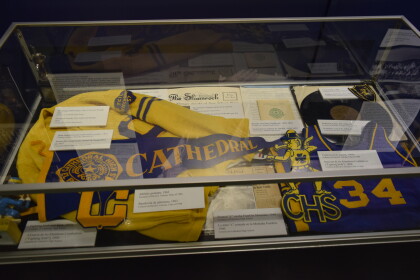
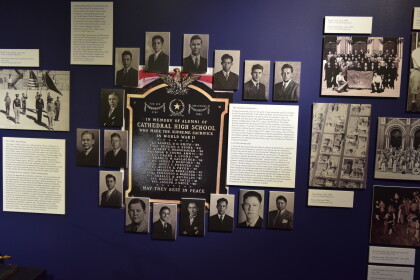
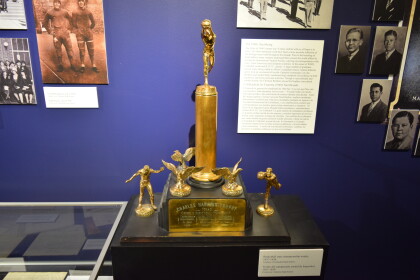
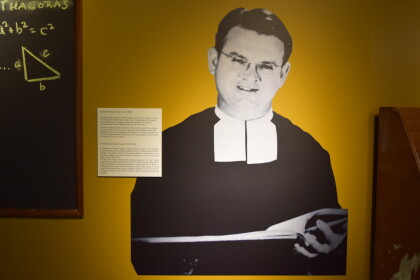
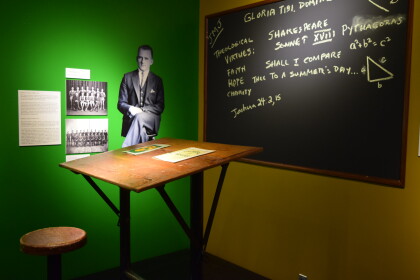
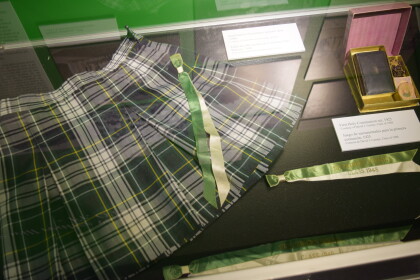
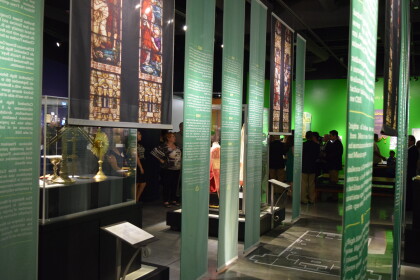

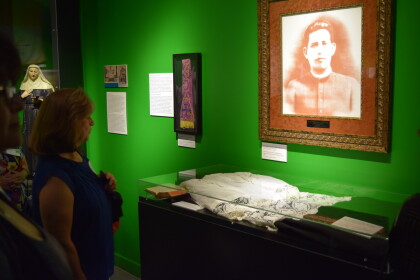
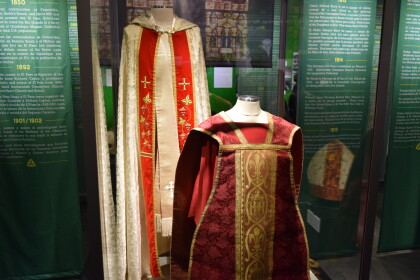
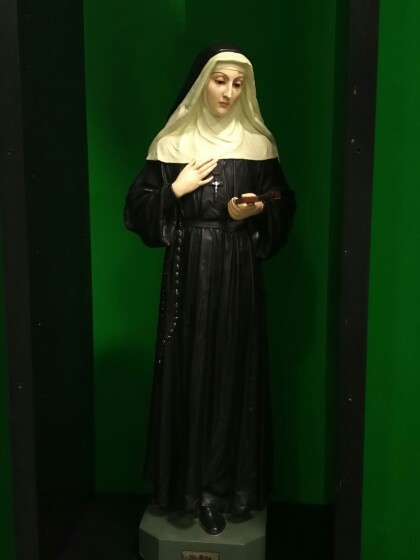
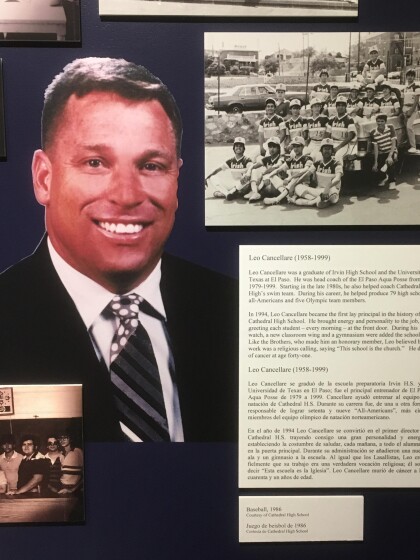
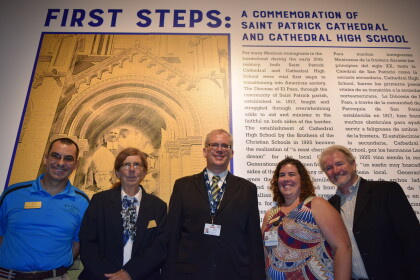
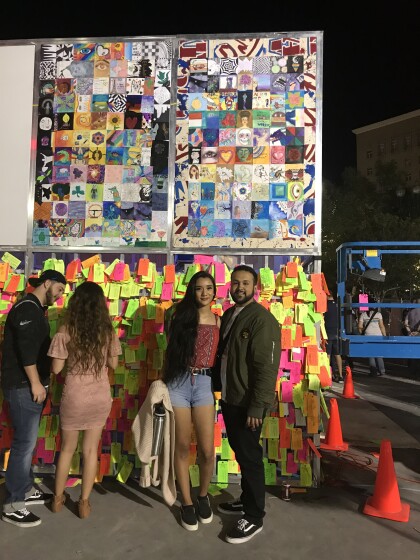
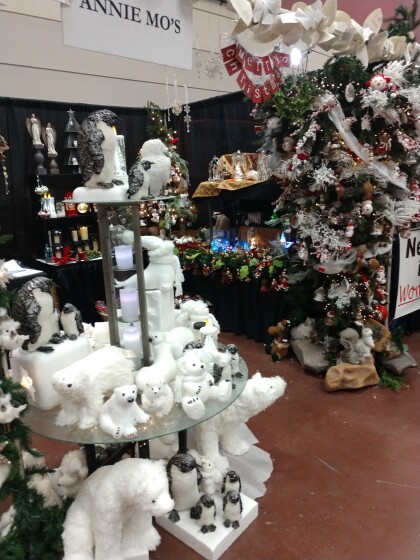


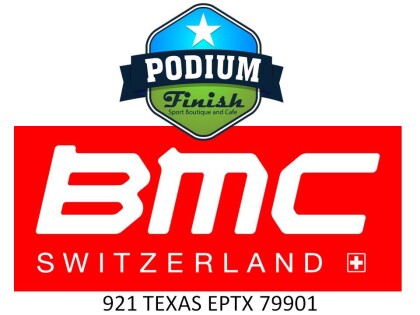
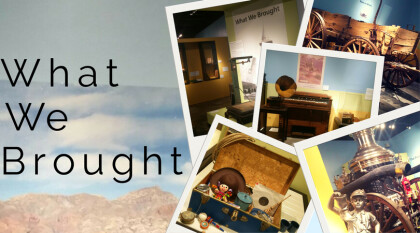
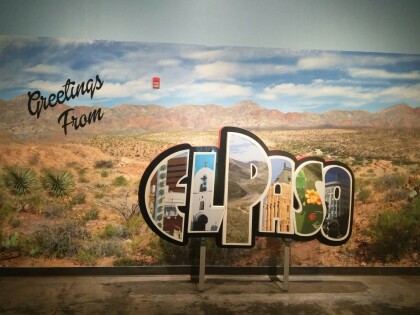
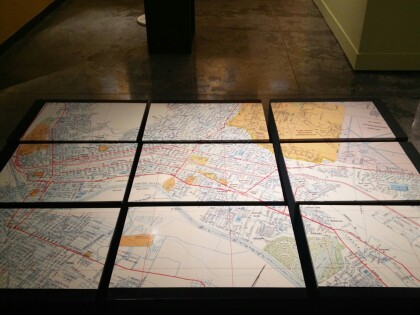
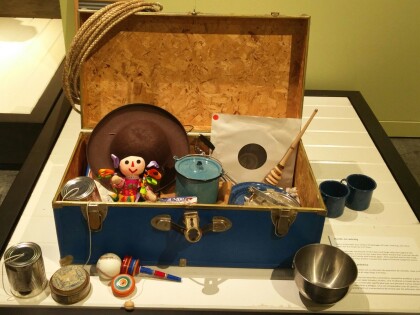
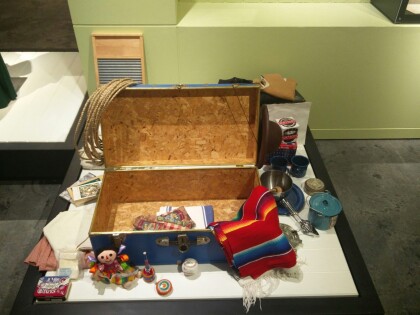
Comments
Add a comment